
Philadelphia undoubtedly boasts an amazing collection of sporting venues with rich traditions, but the City of Brother Love also has the greatest concentration of major historical sites of any American city. Beyond being the keystone for early American history, Philly also has been a major player in American film history. It was the filming location for many iconic movies that capture the essence of this Northeast city. Despite those historic riches, my personal favorite Philadelphia “site” is whatever food truck is stocked with authentic hot Philly pretzels. After all, as I described in Part 1, I’m not always the most mature of middle-aged men. Whatever your personal calling may be, Philadelphia packs an astonishing array of “must sees” into a compact walking city.
L to R: Philadelphia’s skyline during the mid-nineties from the Schuylkill River; a true Philadelphia-style pretzel in front of Head House Square in Society Hill; Philadelphia’s favorite son Ben Franklin used to hang in the Philadelphia Mills outlet mall when it was known as Franklin Mills; A Walnut Street shop elevates Rocky slightly above the visiting Pope Francis in 2017.
For people of a certain age, their first view of Philadelphia was through the silver screen images of Rocky Balboa’s inspirational training montages during the 1976 Oscar winning “Rocky”. Throughout the first film, as well as its many sequels, the City of Philadelphia played an essential co-star to Sylvester Stallone, Carl Weathers and Talia Shire. Key scenes take place in neighborhoods such as Fishtown, South Philly and Center City.
Luckily, many of those locations remain relatively unchanged and are easily accessible. To see where it all began, you can visit the virtually frozen-in-time Fishtown street that “Italian Stallion” called home in Northeast Philly. Just a few blocks away, cinematic boxing fans can make a pilgrimage to Mighty Mickey’s Gym where “Rock” trained with Burgess Meredith.
Rocky’s movie home was at 1818 Tusculum Street in Fishtown in Northeast Philly (top left), which looks almost identical today as it did in the film scene from Rocky I in the upper right photo. Bottom: A few blocks away from Rocky’s house at 2147 N. Front Street is the exterior facade used for Mighty Mickey’s gym (the interior scenes were shot in LA).
In order to fly in the ring, Rocky first spread his wings beyond Fishtown and trained throughout the streets of Philly. The now-cliche pre-fight training montages served as surrogate Philadelphia tourism videos. For example, Rocky’s run through South Philly’s Italian Market introduced this unique culinary destination to the world. As a result, the film franchise and the City have now captured the hearts of Rocky fans for almost five decades.
As a sign of the the fictional pugilist’s lasting hold on the hearts and minds of Philadelphians, just last year a theater on Chestnut Street proudly celebrated the Cold War era Rocky IV with a marquis screening of the three-decade old film. Another sign of the endurance of the Rocky spirit is the annual “Rocky Run” that includes an “Italian Stallion Challenge” half marathon.
Left: The Italian Market in South Philadelphia in the 1990s; Right: The “Rocky IV” celebration on Chestnut Street in 2021.
Philly often exudes an “us vs them” mentality, especially amongst its sports fans. When the City experiences triumphs, whether in film and real life, Philadelphians proudly celebrate their sporting heroes. One of the most surreal melding of real and cinematic deifications is the larger than life statue of Rocky that was unveiled in “Rocky III” in 1982. After the film debut, the statue later greeted Flyers and Sixers fans in front of the old Spectrum arena for decades. After the Spectrum closed, the statue was mothballed until it was moved to a new spot at the base of the stairs of the Philadelphia Museum of Art on Ben Franklin Parkway in 2006.
Although not all art lovers are thrilled with the “movie prop” serving as the greeter to one of the finest art collections in the world, it has become a beacon to Rocky’s faithful. No trip to Philly is complete without walking in Rocky’s footsteps at least once. Walking is not enough though. To paraphrase the great Philadelphia laureate Allen Iverson, “we’re talking ’bout practice”, and the TRUE way to live the Rocky ethos is to run as fast as you can up the 72 “Rocky Steps” stairs and raise your arms in triumph while gazing back at the Philadelphia skyline from the top step.
Generations before Rocky revolutionized the cinematic blockbuster, an actual revolution burst out of the streets on the banks of the Delaware River. Since that American Revolution came too early to be televised, a series of Philadelphia symbols help evoke patriotic memories.
Arguably, the best known of these symbols is the Liberty Bell, which sits in a glass enclosure that can be viewed 24/7 across the street from Independence Hall or during the day in its museum. A few blocks to the east is the house of Betsy Ross, the purported designer of the American flag. One of the newest Philadelphia attractions is the comprehensive Museum of the American Revolution. The museum opened in 2017 and shows visitors many significant artifacts from the Colonists’ defeat of the British, including the actual tent that General Washington used as his headquarters and home during the Revolution.
To give you the feel of revolutionary era Philadelphia, visit Elfreth’s Alley To walk down the country’s oldest continuously occupied street. Arguably, the greatest outgrowth of the American Revolution was the economic system that emerged. Just blocks from where the Declaration of Independence was written is the U.S. Mint Philadelphia Facility Where visitors can view the printing of the dollars and coins that are the physical tokens of the American economic engine.
Starting top L to R: The Liberty Bell as viewed from Chestnut Street; the Betsy Ross house; Elfreth’s Alley; the U.S. Mint Philadelphia Facility; a puffy shirt of the era that would make Seinfeld envious and the Washington Headquarters tent from the American Revolution are both found at the Museum of the American Revolution.
While most visitors to Philadelphia make sure to check off the boxes on the historic site checklist, they often miss the simple pleasure of walking the streets of the historic neighborhood of Society Hill. The area has gone through high highs and low lows, but has been restored to its former glory since with the, often controversial, urban renewal programs in the late 1960s. Regardless, each block drips with the history of the city. Pre-automobile era vestiges like horse posts or boot scrapers dot the brick sidewalks. The changing season bring new colors and scenes to this filmset of a neighborhood.
While leisurely meandering through the historic streets of Society Hill may appeal to some visitors, others will want to ensure they check off the key sights from the Revolutionary War era on their travel to do list. No building better encapsulates United States history like Independence Hall on Chestnut Street. The building that birthed both the Declaration of Independence and the United States Constitution dominates Independence Mall.
To visit you are required to book free timed entry tickets in advance. While Philadelphia may be the “Cradle of Liberty”, the National Park Service rangers do not tolerate tardiness and will deny entry to latecomers. Other major historic sites and museums such as the aforementioned Liberty Bell, the Independence Visitor Center, the National Constitution Center, the original President’s House Site and Christ Church Burial Ground all surround the three block long grassy park that used to be occupied by row houses before the 1960s redevelopment.
Independence Hall, where the Declaration of Independence and the United States Constitution were debated and drafted.
The most notable grave at the nearby Christ Church Burial Ground belongs to Philadelphia’s favorite son Benjamin Franklin. Despite being a native Bostonian, Mr. Franklin arguably was the Gritty or Rocky of 18th Century Philadelphia. With an air of irreverence, Franklin was one of the most important Founding Fathers of the United States, all while continuing his various “side hustles” as a statesman, inventor, scientist, printer, politician, freemason and diplomat. Franklin fans visiting his grave often leave behind a penny to honor his “A penny saved is a penny earned” credo. To gain a greater appreciation for Ben’s vast accomplishments, check out nearby Franklin Court to view an interpretation of his house and an accompanying museum.
Left to Right: Ben Franklin’s “house” in Franklin Court; a chair that used to carry the statesman; Ben Franklin’s final resting place often is covered with pennies as a tribute.
While visages of Gritty or Rocky can be spotted all over the City, those tributes pale comparison to the COUNTLESS representations of Ben Franklin’s bespectacled mug in almost every artistic medium imaginable. Below are just a fraction of the various “Ben’s” dotting the streets of Philadelphia. While Gritty may be having a “moment” in Philly, Ben has had centuries of dominance in the hearts and minds of Philadelphians.
The many faces of Ben Franklin throughout Philadelphia.
Perhaps the best way to experience true Philadelphia cuisine is at Reading Terminal Market in the heart of Center City at 1136 Arch Street. The market dates back to 1893 and has outlived the Reading Railroad which used to operate above until the 1970s. Today, there are over 80 merchants serving local delicacies ranging from Sang Kee‘s Peking duck to Spataro‘s cheese steaks to Amish baked bread. Two of the legendary dessert options are Beiler’s Bakery for pastries and donuts and Bassetts Ice Cream.
Reading Terminal Market has local delicacies to please every taste.
The former train shed where the Reading Railroad trains used to rumble has been converted into the grand lobby of the Philadelphia Convention Center. It also served as a stand-in for the Philadelphia airport for the chilling climactic scene of the critically acclaimed 1995 Terry Gilliam sci-fi thriller “12 Monkeys” starring Bruce Willis, Madeline Stowe, and Brad Pitt.

The final scene in “12 Monkeys” took place in the “airport” at the old Reading Terminal Train shed, now the lobby to the Convention Center.
A few blocks away from Reading Terminal Market is Philadelphia’s monumental City Hall, whose origin story dates back to 1642 when William Penn first stepped foot in future Pennsylvania. Forty years later in 1683, Penn established a grid street system that provided the Philly with a graceful and logical layout. Each quadrant of the grid had one city block set aside as a park (today, they are known as Washington Square, Franklin Square, Logan Circle and Rittenhouse Square), with the largest center square being where City Hill resides today. The unique building was constructed between 1871 and 1901 and has been a background star in movies such as “12 Monkeys”, “Rocky”, “Trading Places”, “12 Monkeys”, “Transformers: Revenge of the Fallen” and many more.
The many sides of Philadelphia’s City Hall.
Beyond being the tallest building in the world from 1894 to 1908, the 548 foot (167 meter) clock tower is capped by a 37 foot tall statue of William Penn. For decades there was a “gentleman’s agreement” in place amongst Philadelphians that no building could be built higher than the brim of William Penn’s hat. The construction of Liberty Plaza in 1986 broke that “rule”.
City Hall’s 548 foot clock tower it topped by a larger than life (or Rocky) statue of William Penn.
While many people have heard of Alcatraz, it was Philadelphia that first revolutionized correctional facilities by focusing on reform instead of punishment with the opening of the Eastern State Penitentiary in 1829. Instead of sitting in an icy harbor like Alcatraz, Eastern State sits close to the heart of Center City amongst the neighborhoods. At one point, it housed the most notorious convicts in the country, including gangster/tax evader Al Capone. The prison has been left substantially in its dilapidated state since it closed in 1971 and can be visited by either a guided or self-guided tour. It was in this historically creepy building that Bruce Willis’ character “James Cole” first met a young, deranged and manic Brad Pitt in the “insane asylum” scenes in “12 Monkeys”.
Eastern State Penitentiary drastically changed the way prisons functioned after it opened in 1829.
The film “12 Monkeys” showed more of Philadelphia than most films. One of the most surreal scenes depicted wild animals racing through the streets. It was visually arresting watching actual (not CGI) elephants run under the arches of the University of Pennsylvania’s football stadium Franklin Field (naturally, named for Penn’s founder Ben Franklin).

The University of Pennsylvania’s Franklin Field served as filming location for the running of the elephants in the 1995 film “12 Monkeys”.
One of the prettiest neighborhoods in Philadelphia are the streets surrounding Rittenhouse Square. One side of the square is Walnut Street, which is the city’s “restaurant row”. Given the picturesque streets of the Rittenhouse neighborhood, it’s no surprise that it was the setting a slew of films, including “Trading Places”, “The Six Sense”, “Mannequin”.
Specifically, 2014 Delancey Street was the mansion occupied by both Dan Aykroyd’s “Louis Winthorpe III” and Eddie Murphy’s “Billy Ray Valentine” in “Trading Places” from 1983 and 2006 Delancey was Bruce Willis’ character’s home in “The Sixth Sense” from the 1999 thriller. Nearby, the Fidelity Bank building at 135 South Broad Street was the “Duke and Duke” bank in “Trading Places”.
Left: Spruce Street in the fashionable Rittenhouse Square neighborhood; Right: the building used as “Duke and Duke” Bank on Broad Street.
The best way to make a cinematic entrance to Philadelphia is via train and arriving at 30th Street Train Station. The soaring ceiling of this 1933 train hall was a filming location for the Harrison Ford 1985 thriller “Witness”, “Trading Places” and Alfred Hitchcock’s “Marnie” in 1964. Besides being the transportation hub for Philadelphia, the station is loaded with food stalls hawking local culinary treats.
Philadelphia’s 30th Street Station has served as the city’s transit hub for almost a century.
Those food stalls at 30th Street Station bring us full circle to Philadelphia’s favorite snack on the run – the pretzel. Unlike most pretzels, the Philly version more closely resembles a figure eight and comes in sheets of connected pretzels. The best place to find them is at one of the many rickety metal food trucks which heat them up to order on their grills. Once the trucks run out for the day, a good place to find pretzels is where one enters and departs from William Penn’s grand city – 30th Street Station. When cooked properly, the Philadelphia pretzel is perfect metaphor for the city – a bit chewy and impenetrable on the outside, with a soft and warm interior that leaves you feeling cozy and full. Like Philly, once you have had a taste you will keep coming back for more.

Philadelphia’s signature pretzel found at 30th Street Station.
All photographs and text by Ken Smoller. ©2023 Stadium Vagabond – All Rights Reserved.

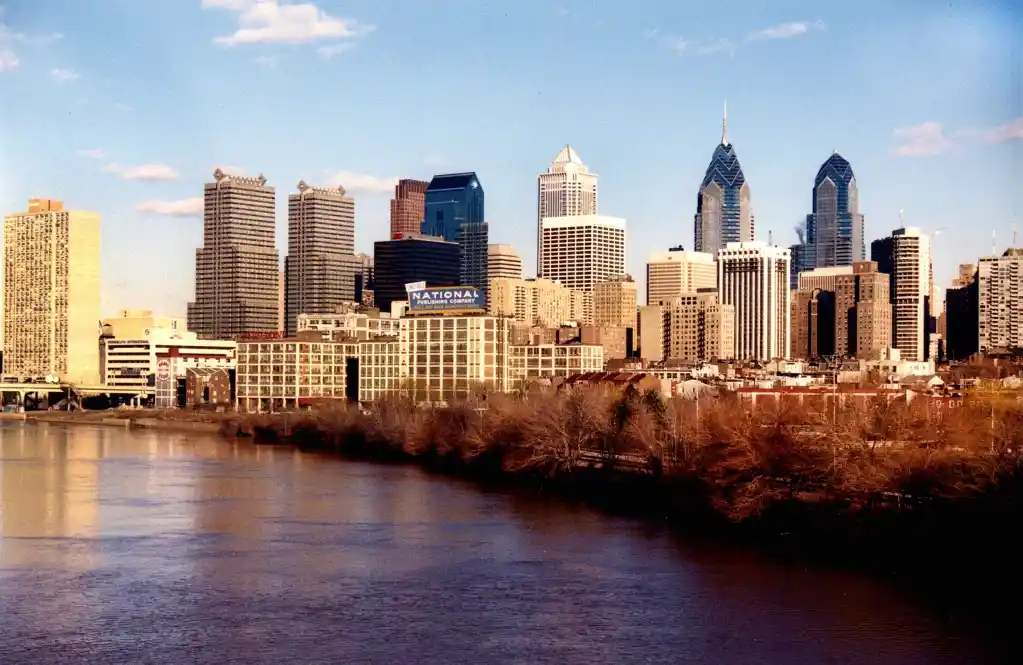
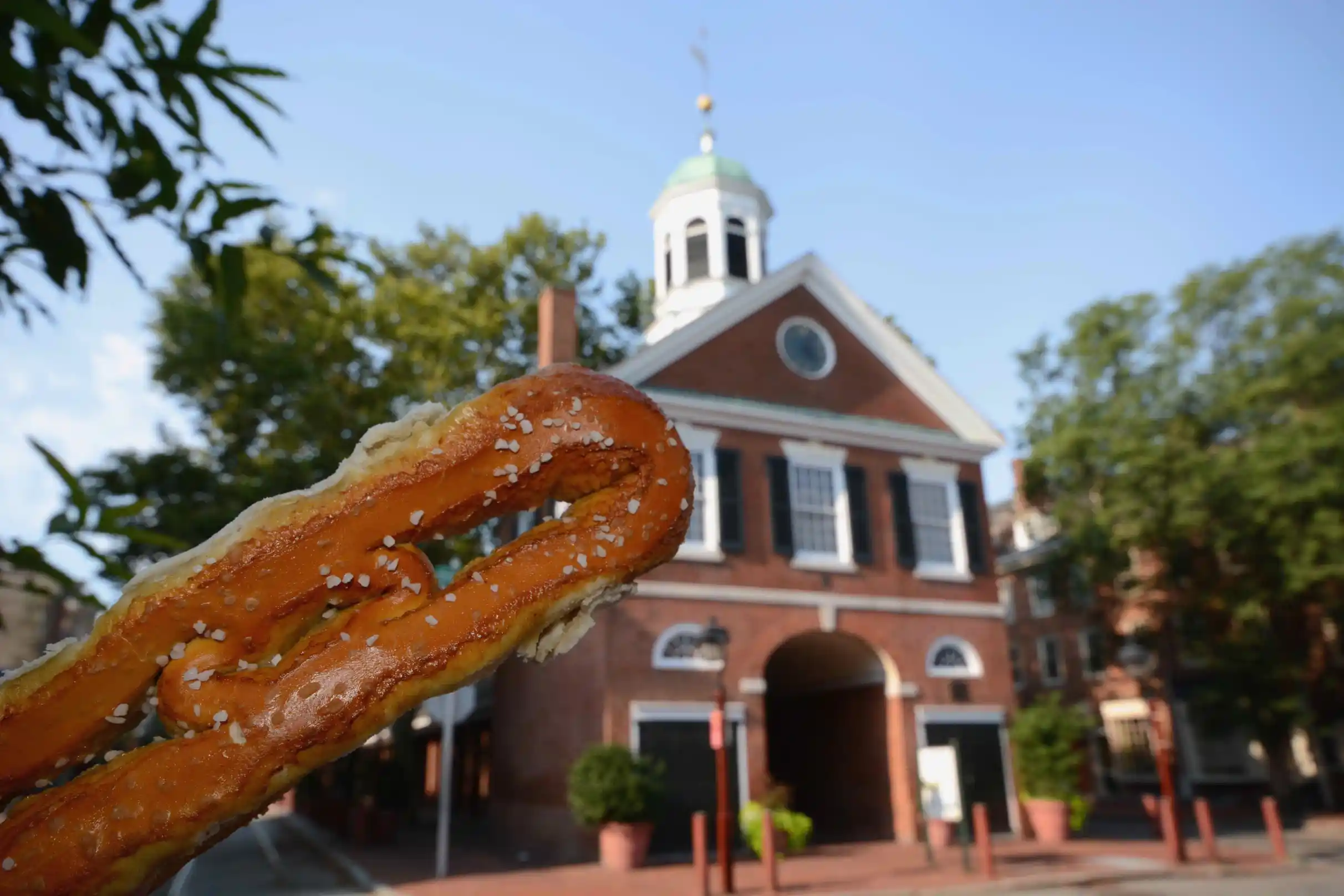
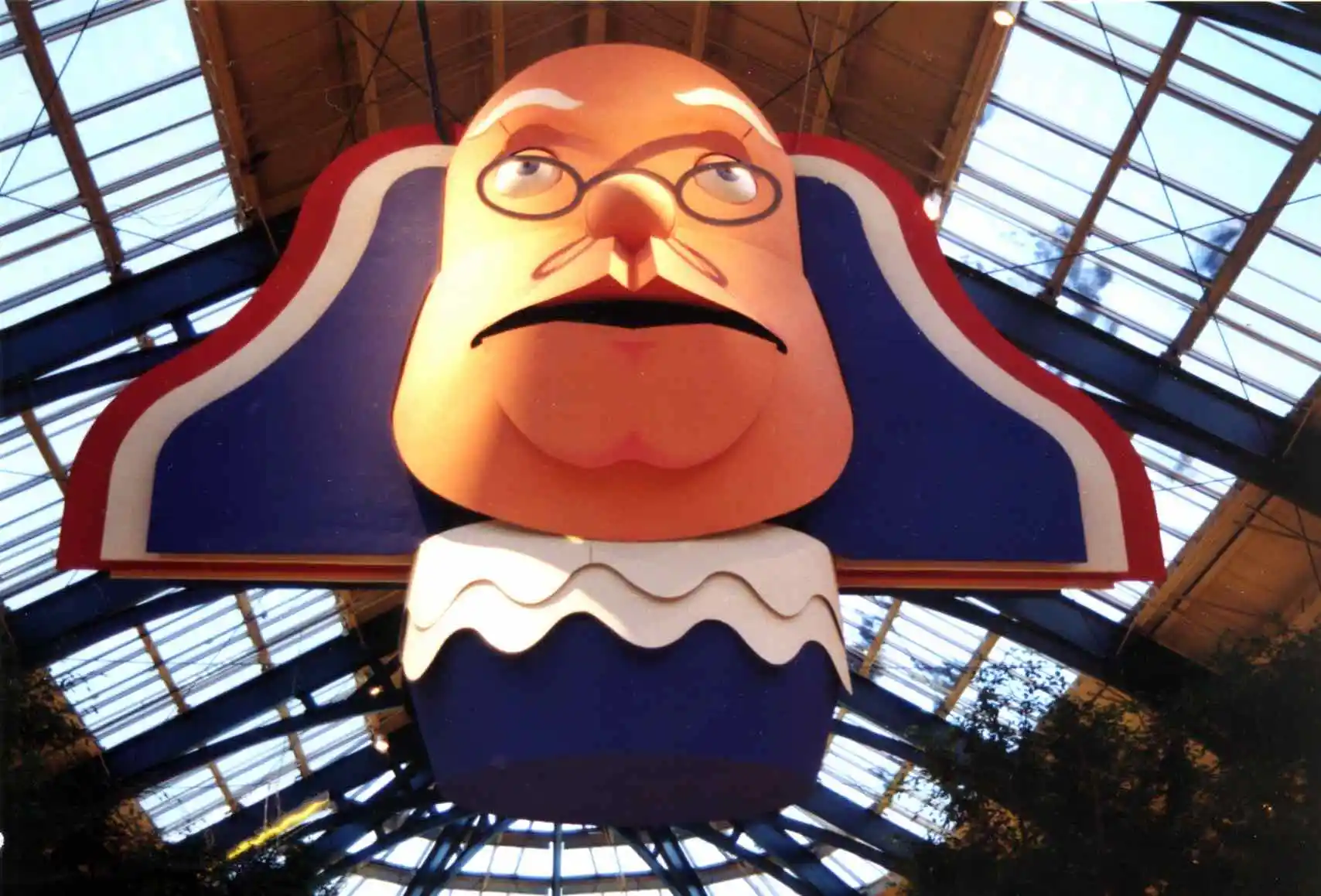
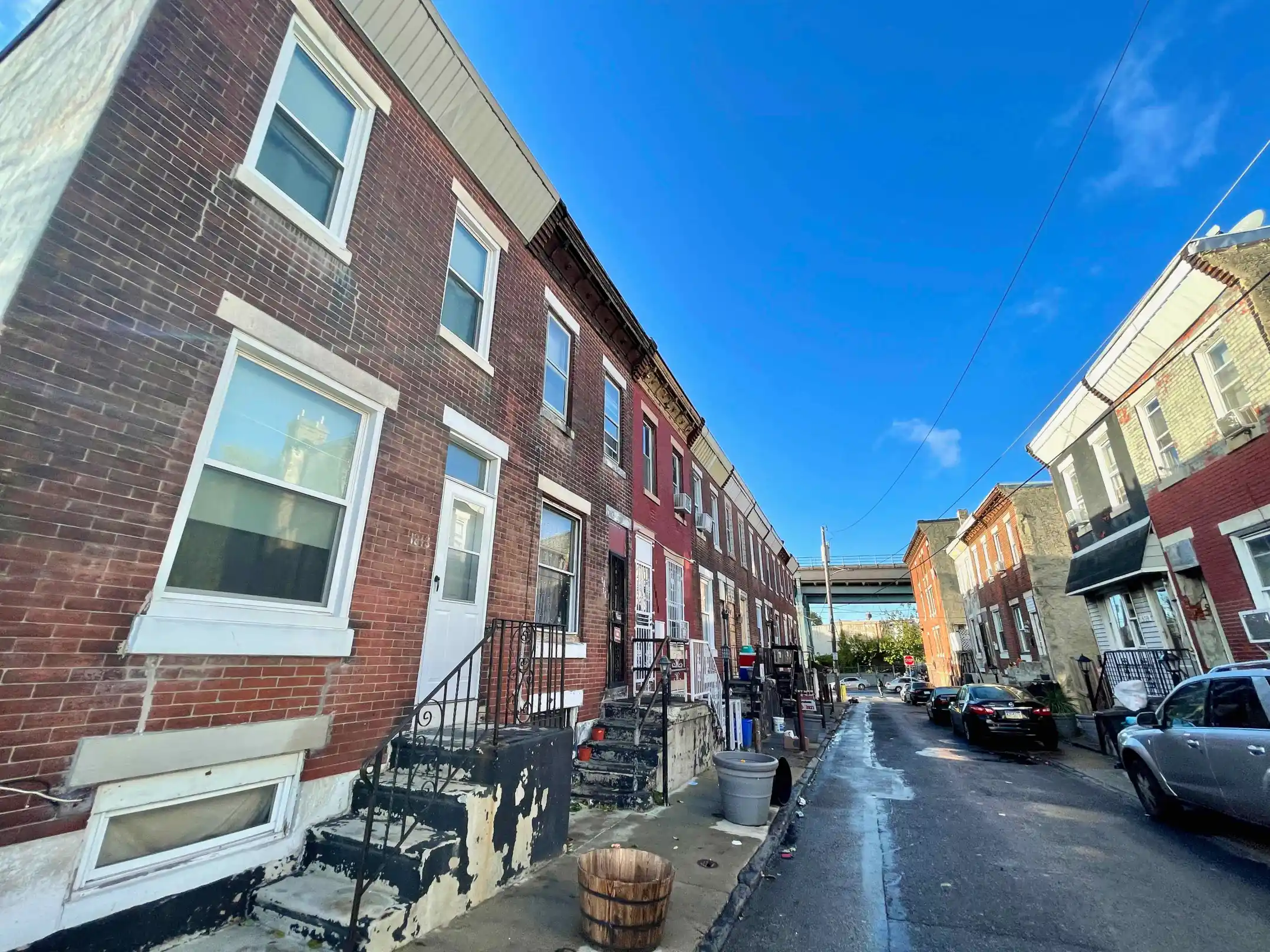
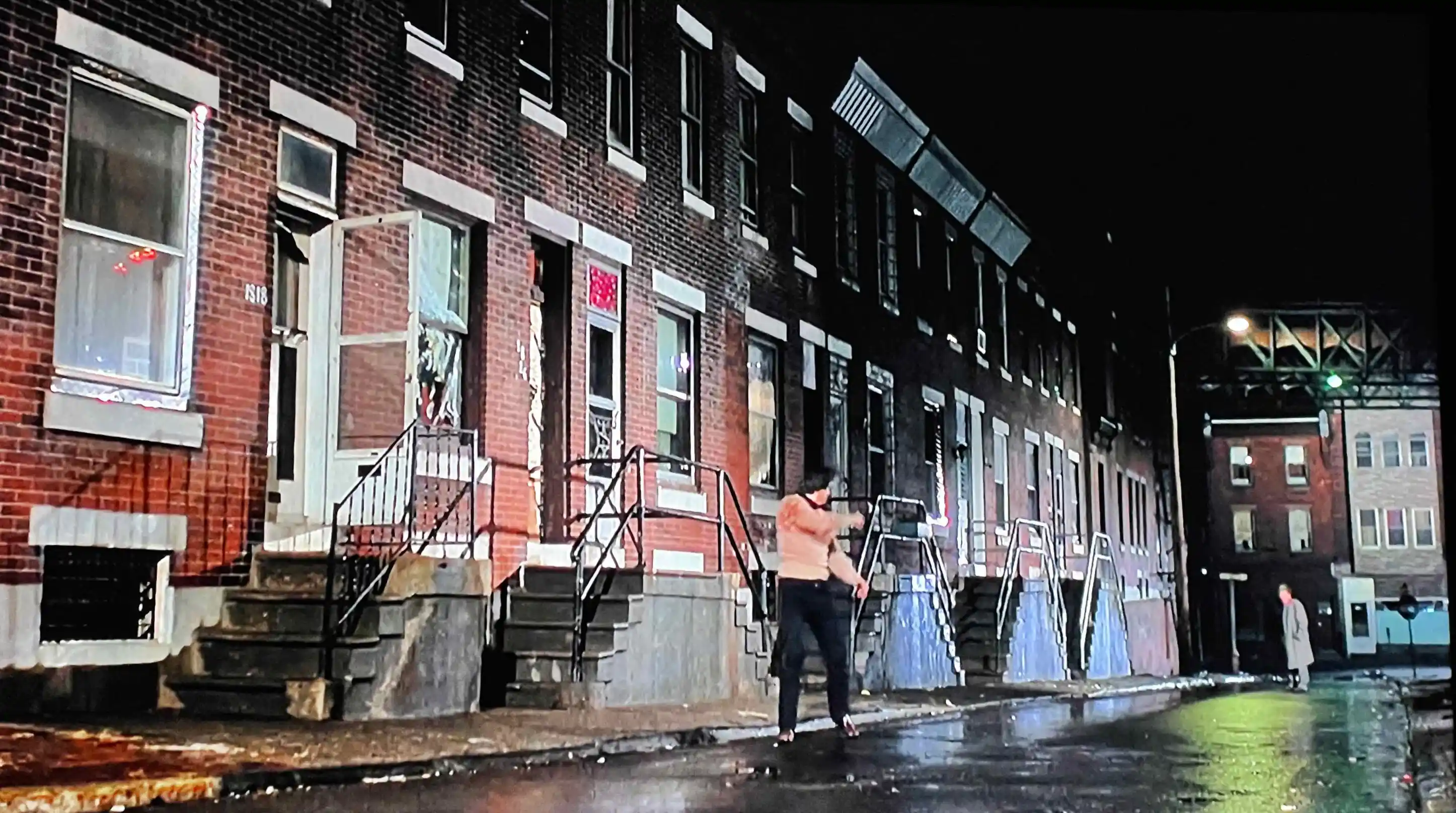
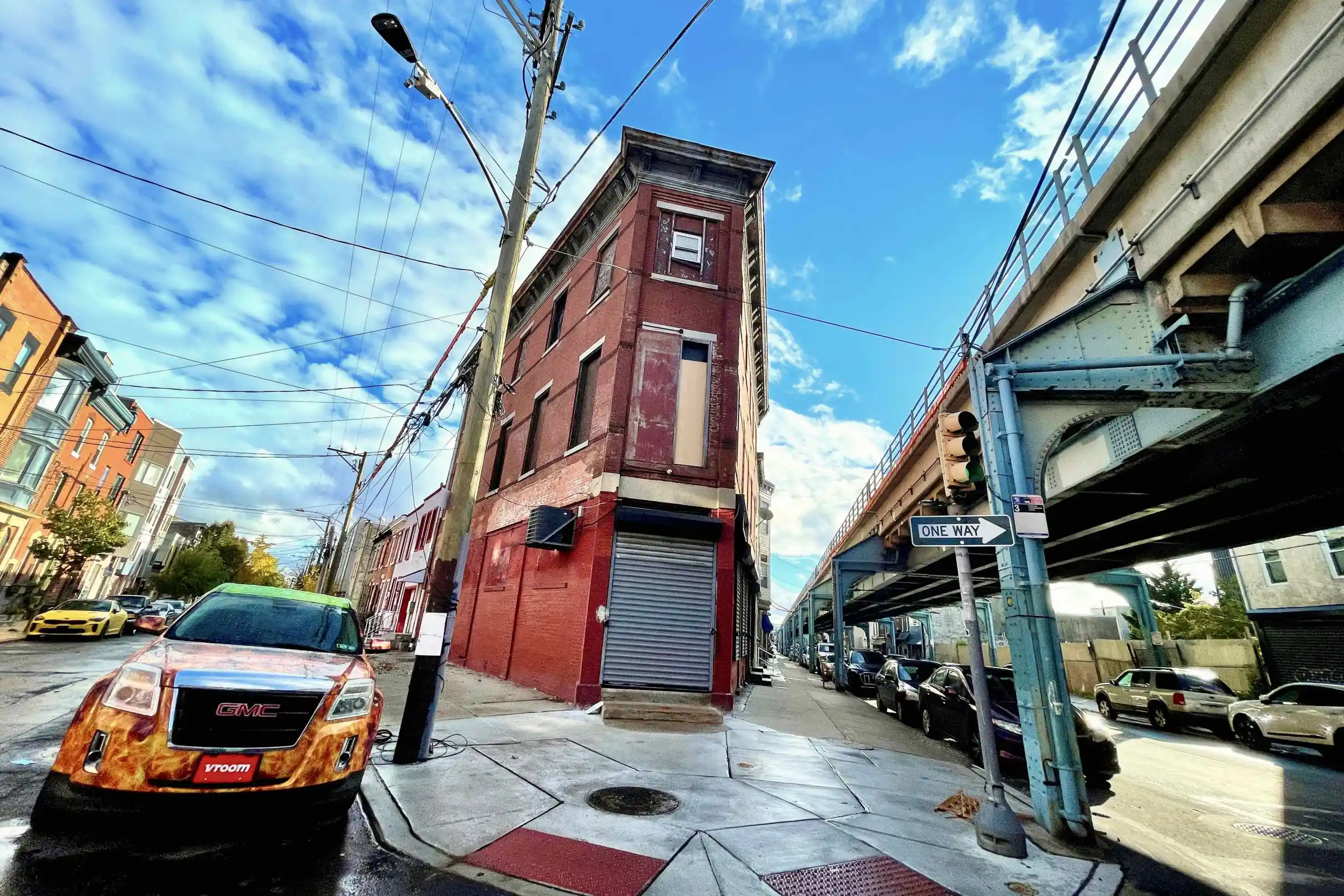
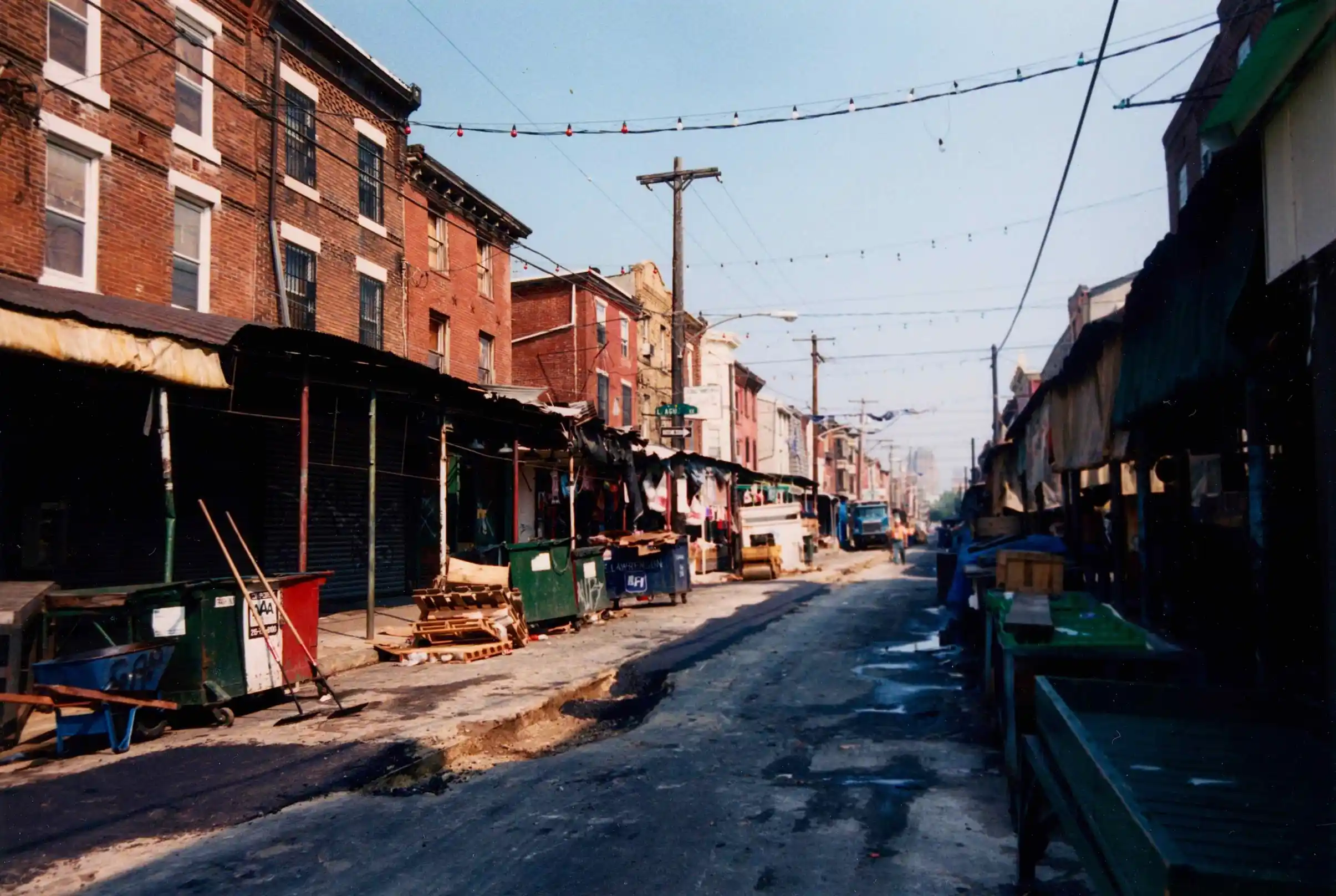
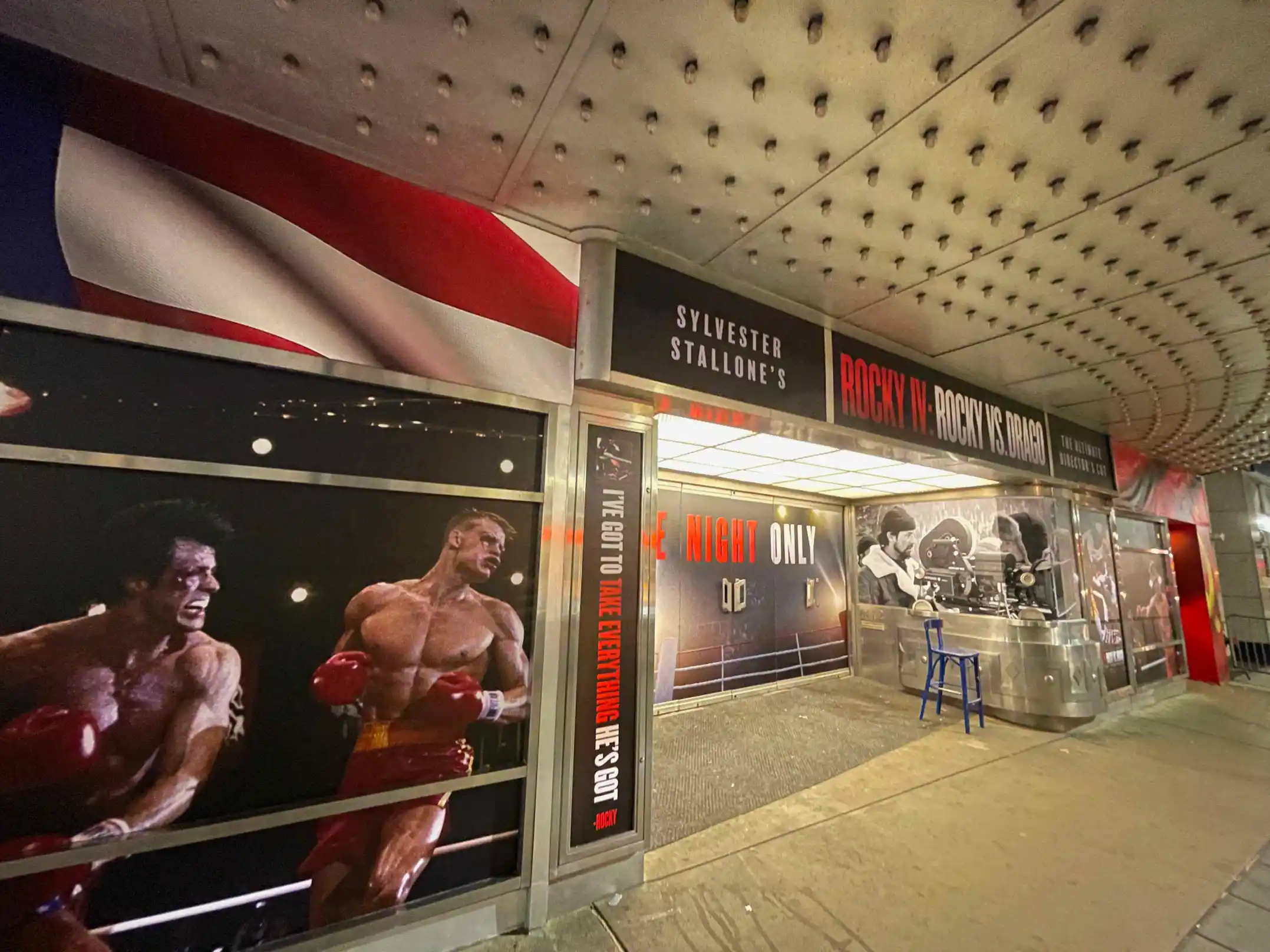
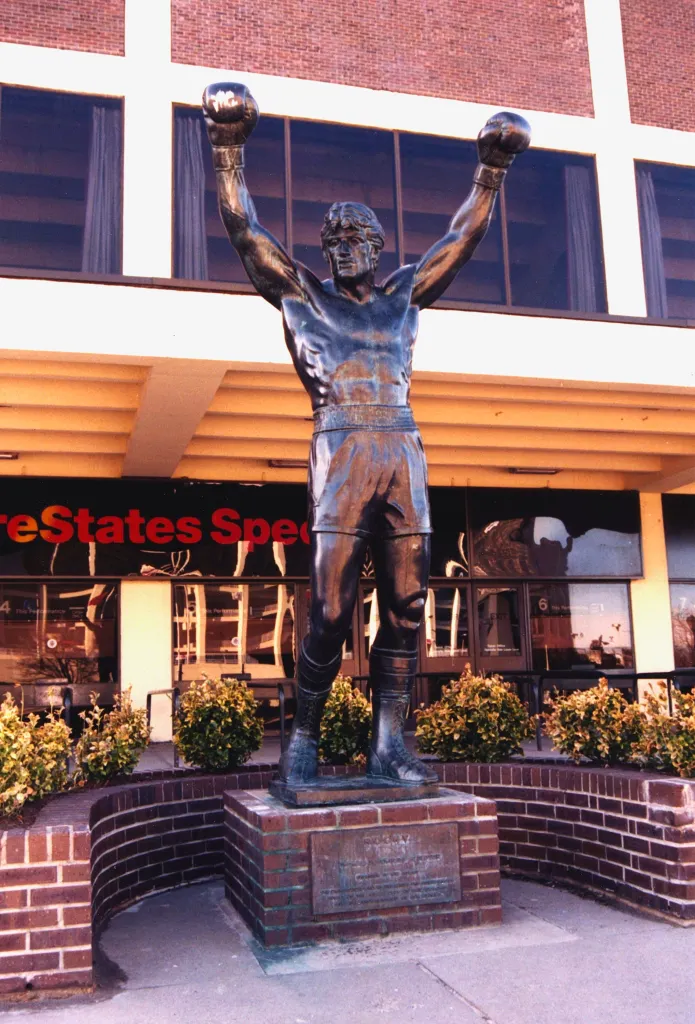
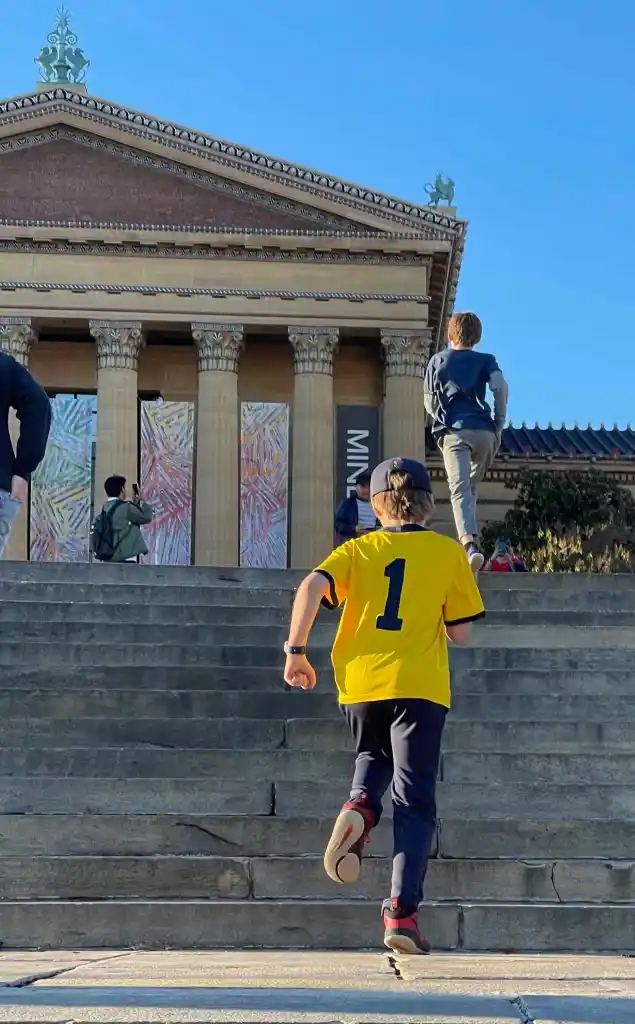
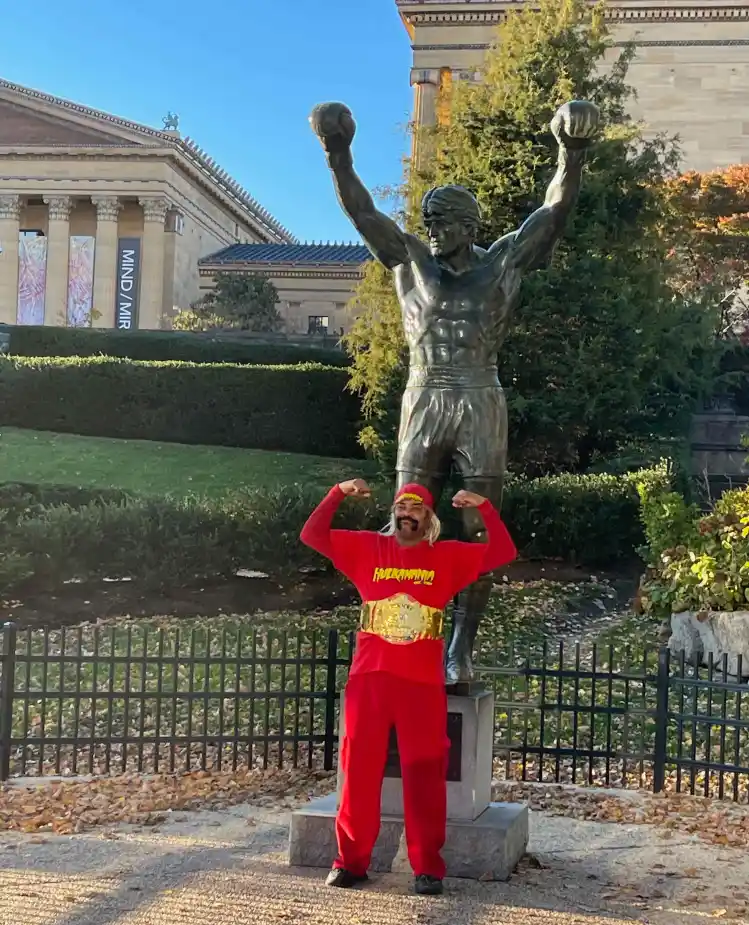
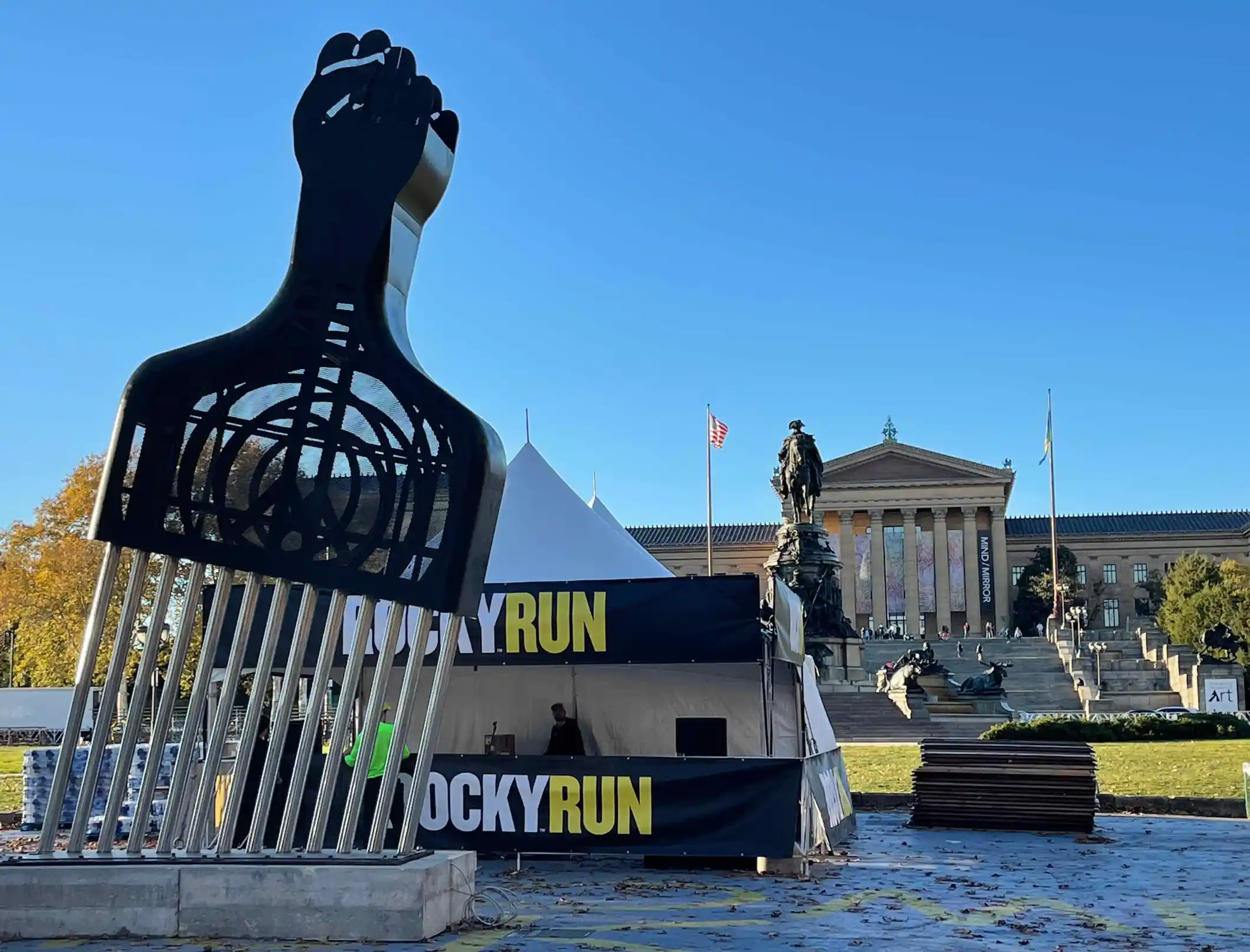
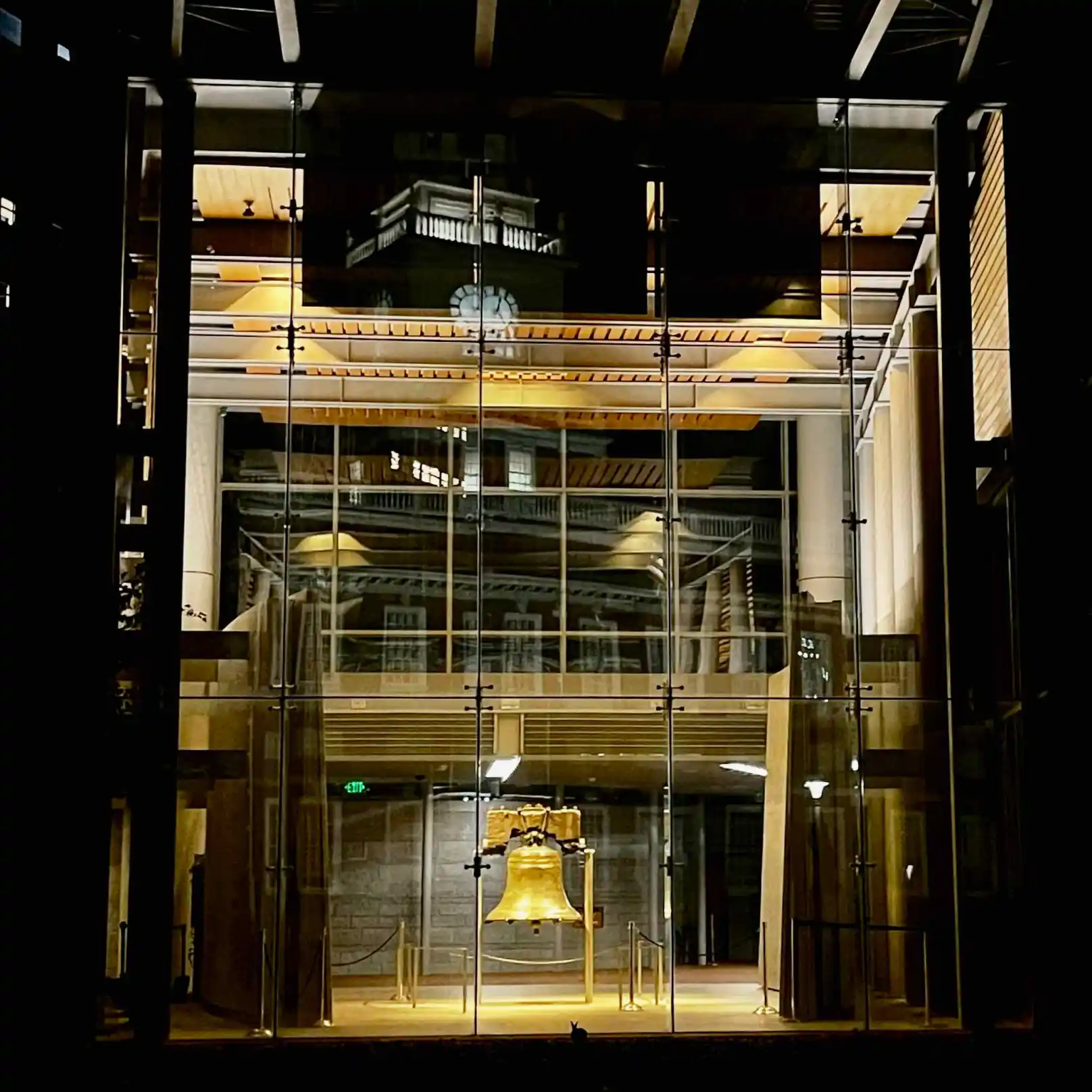
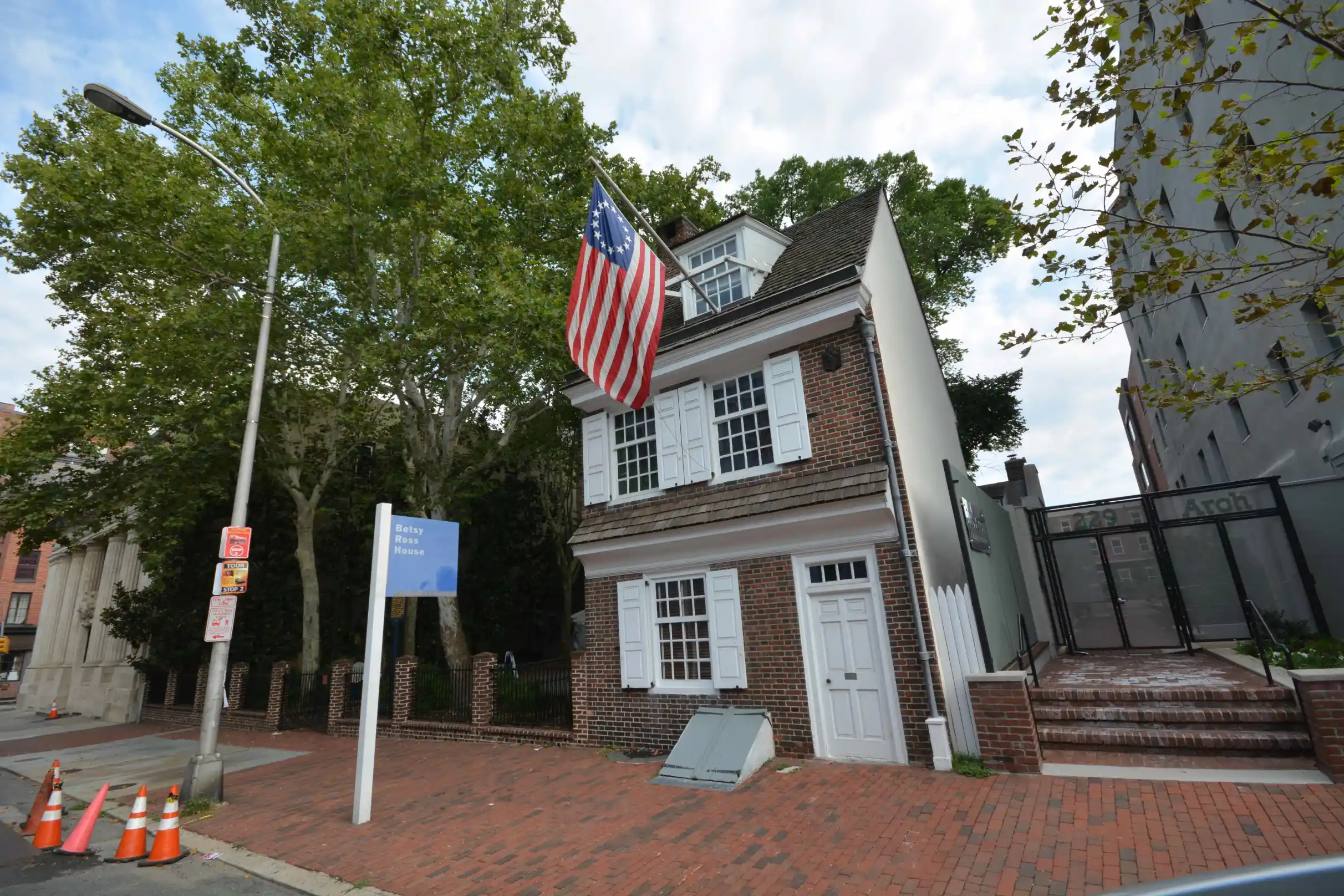
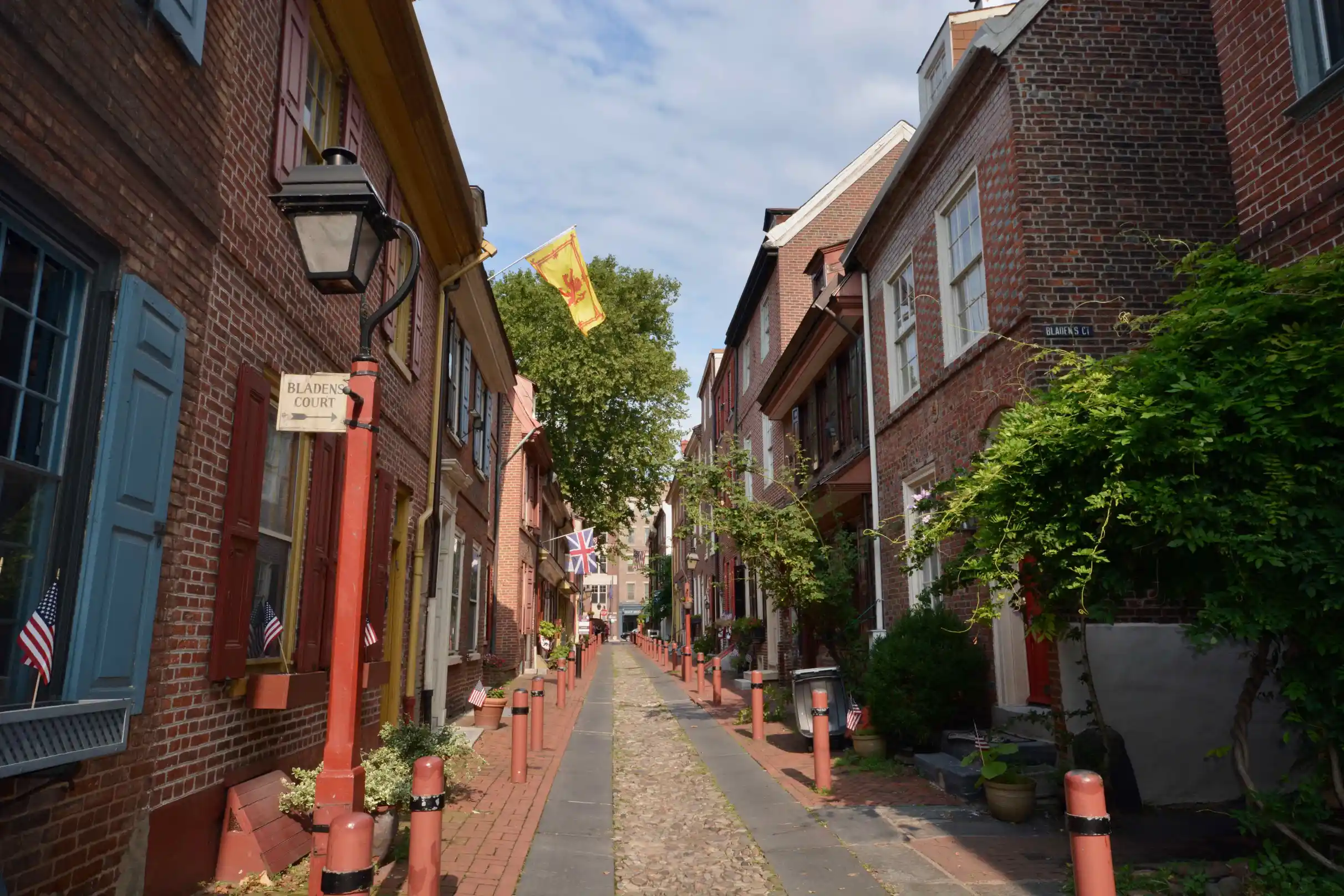
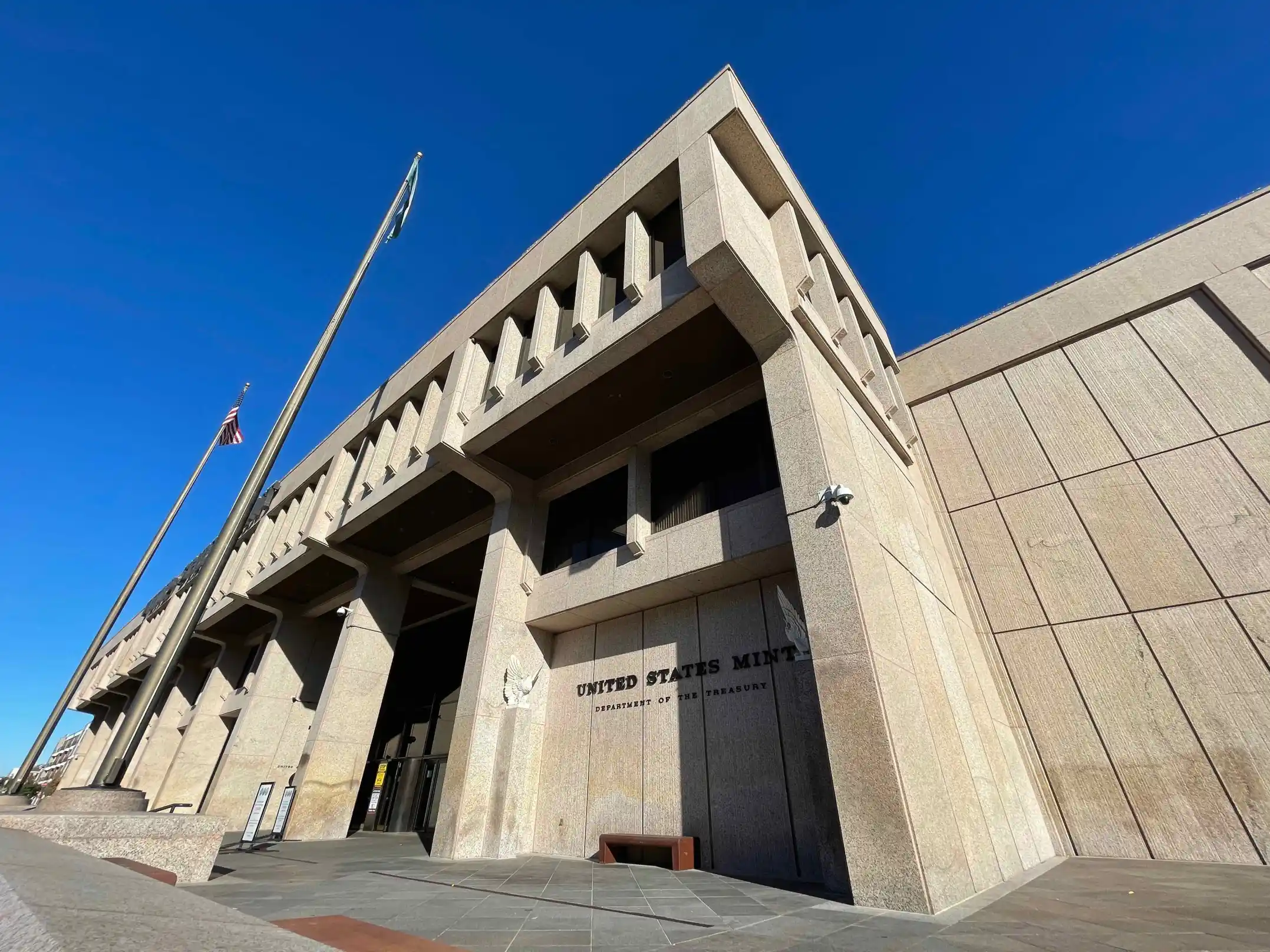
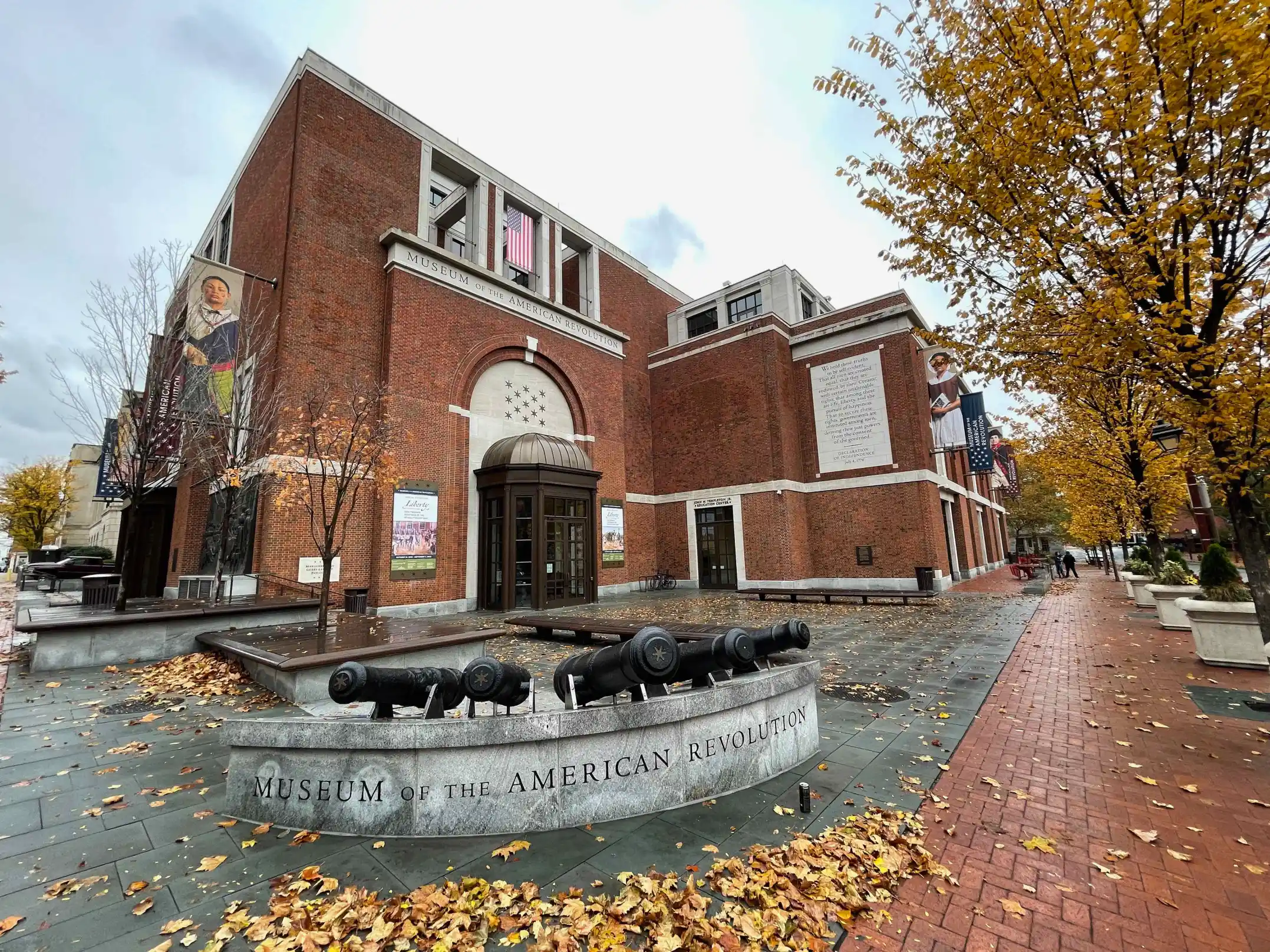
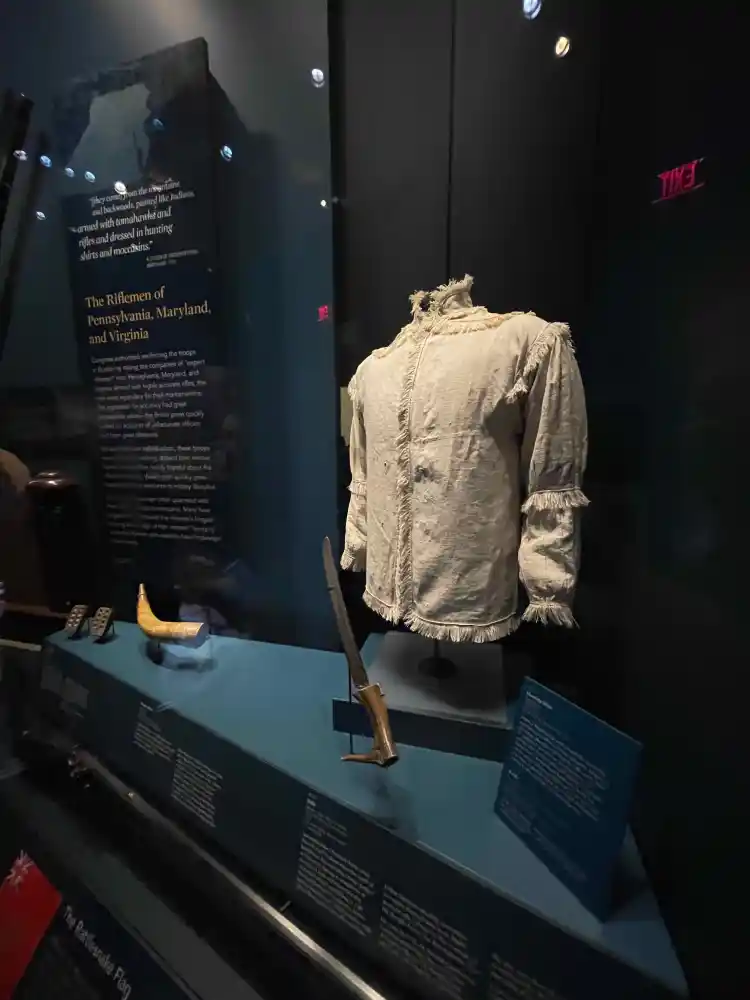
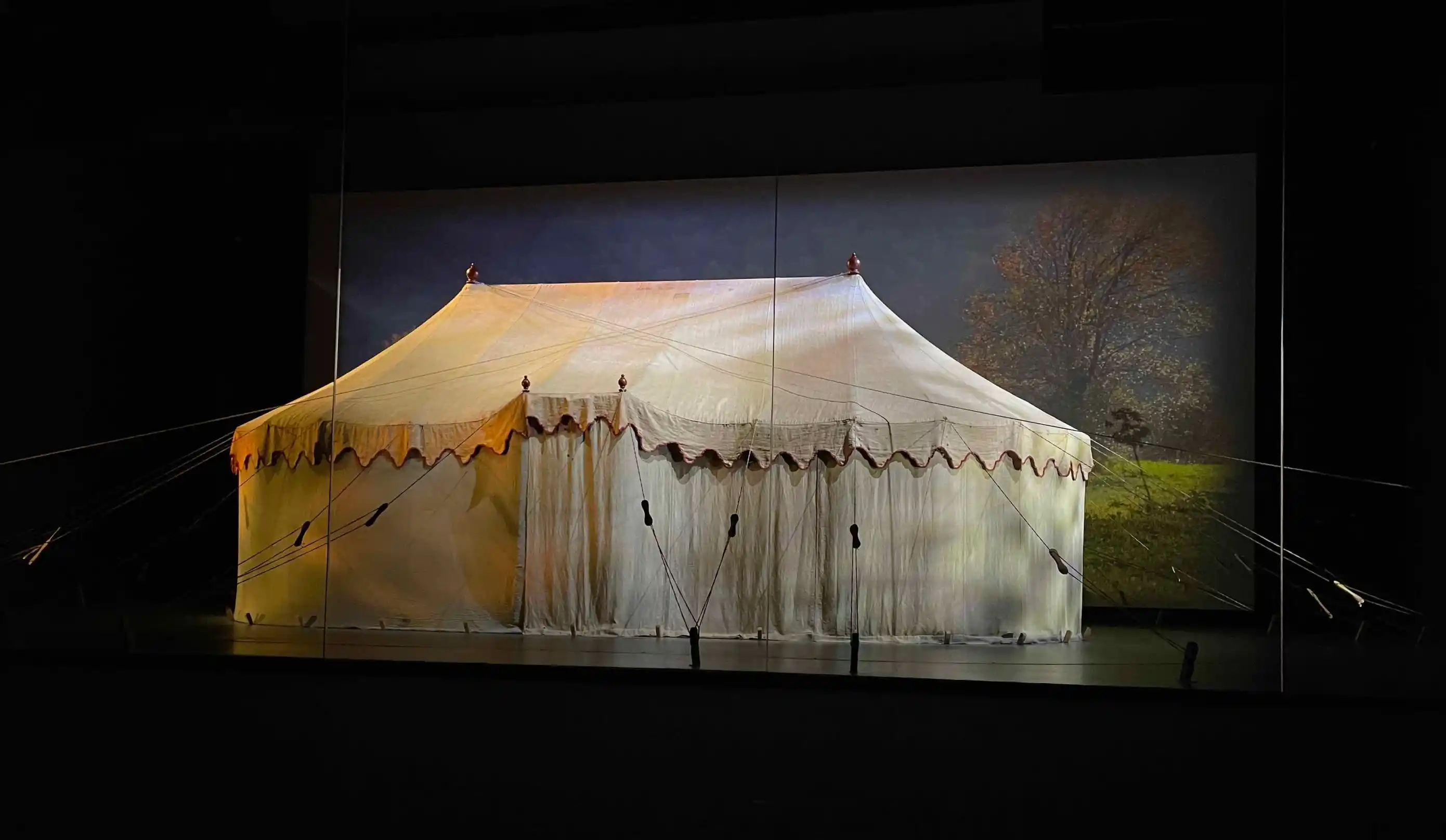
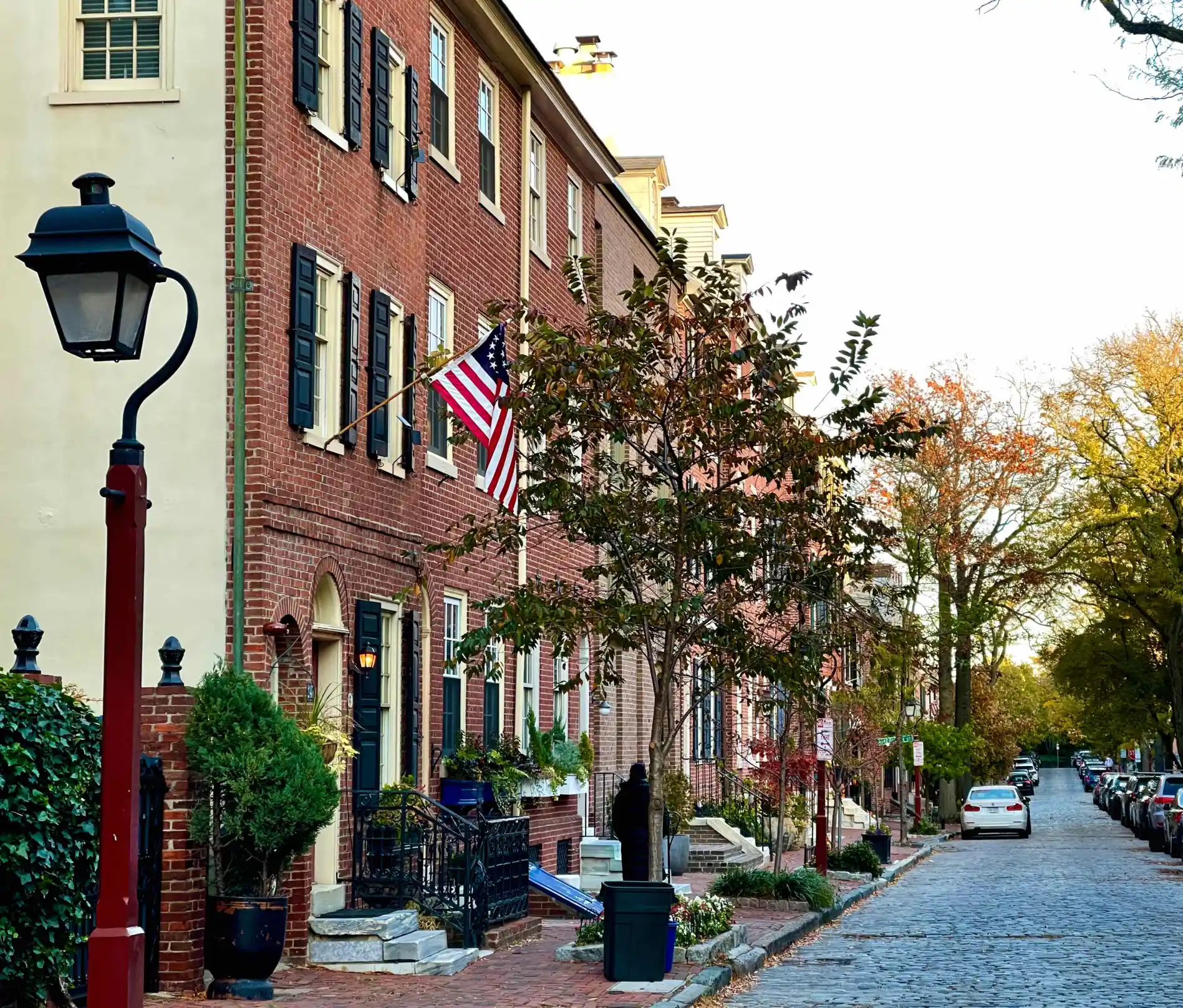
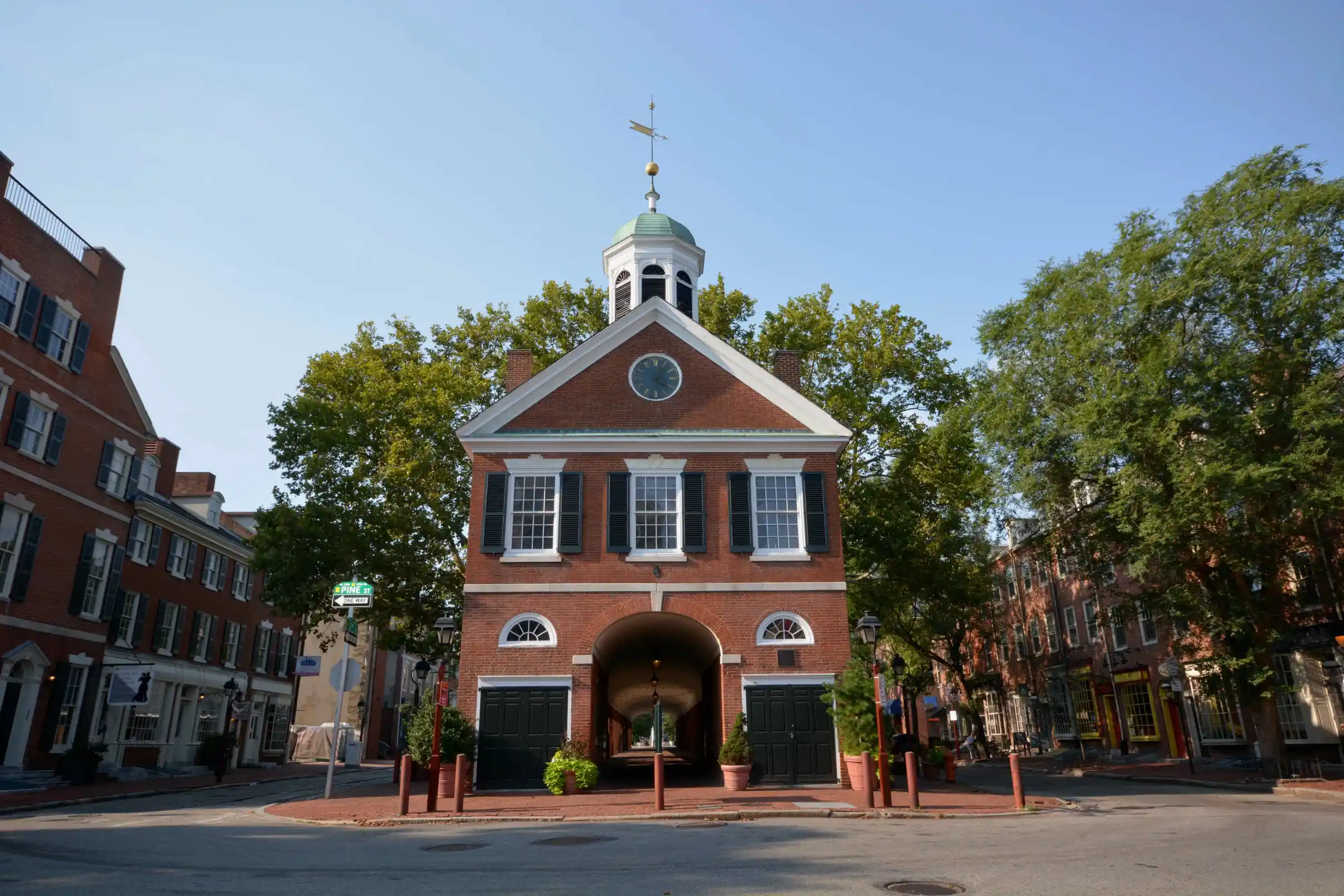
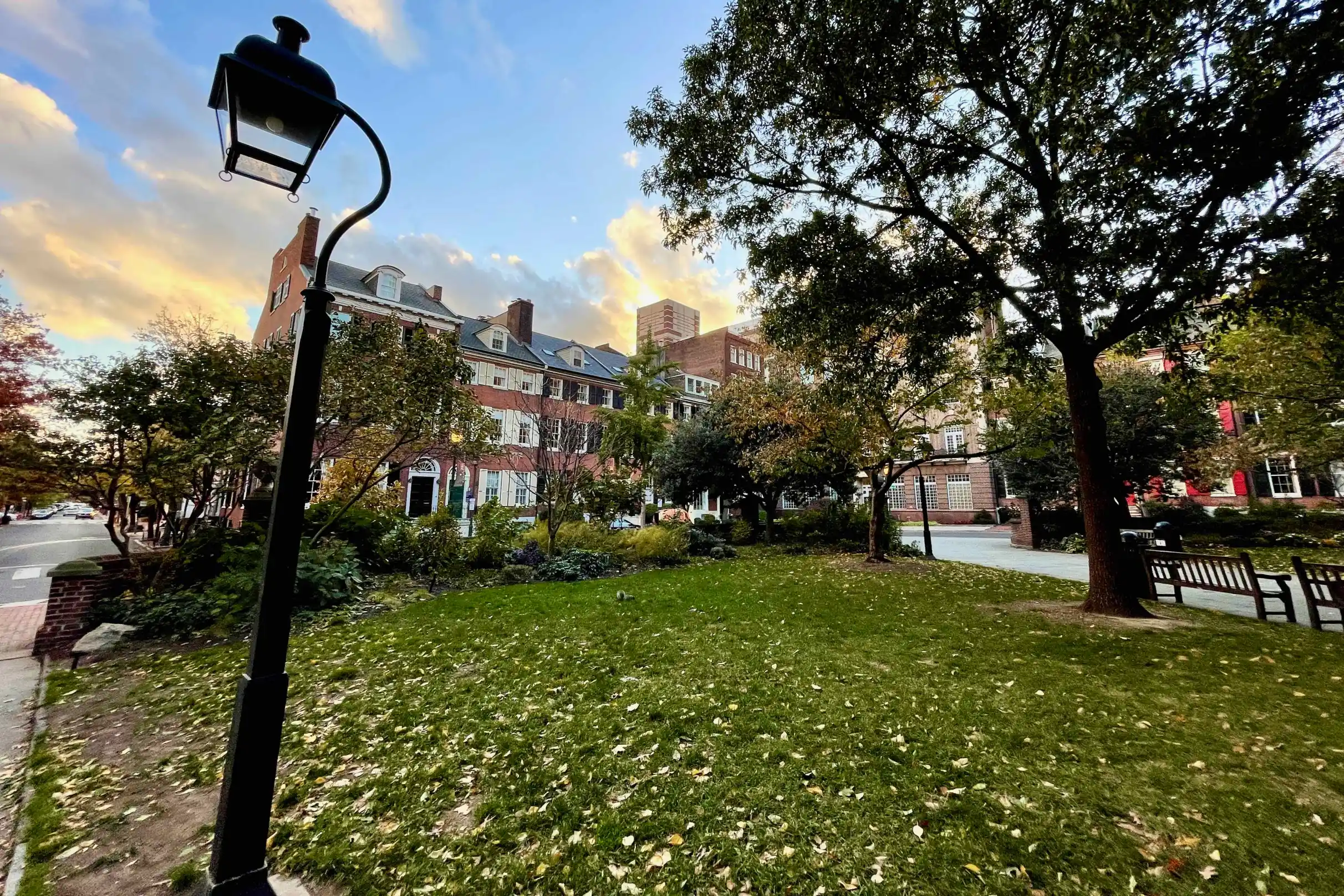
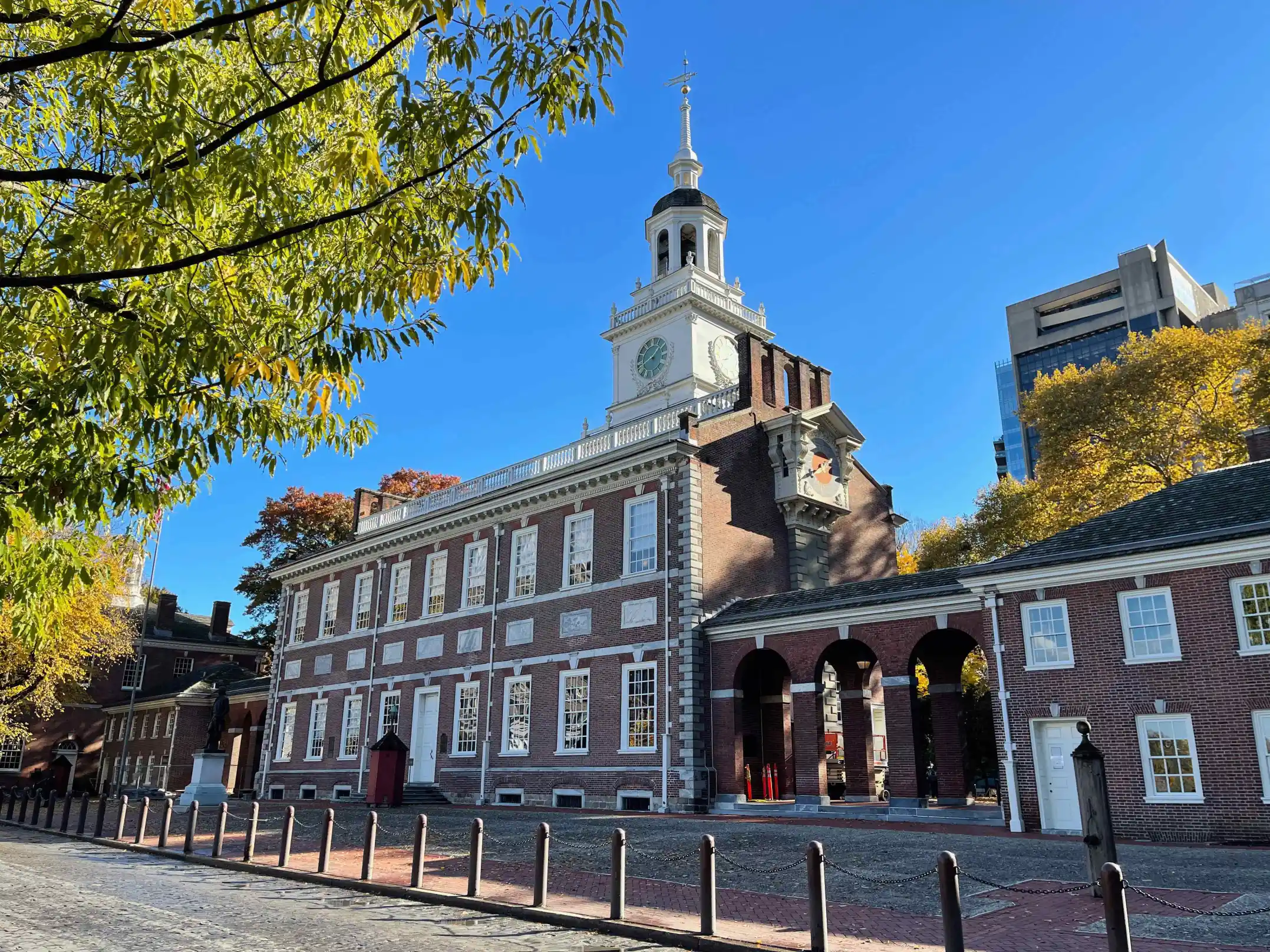
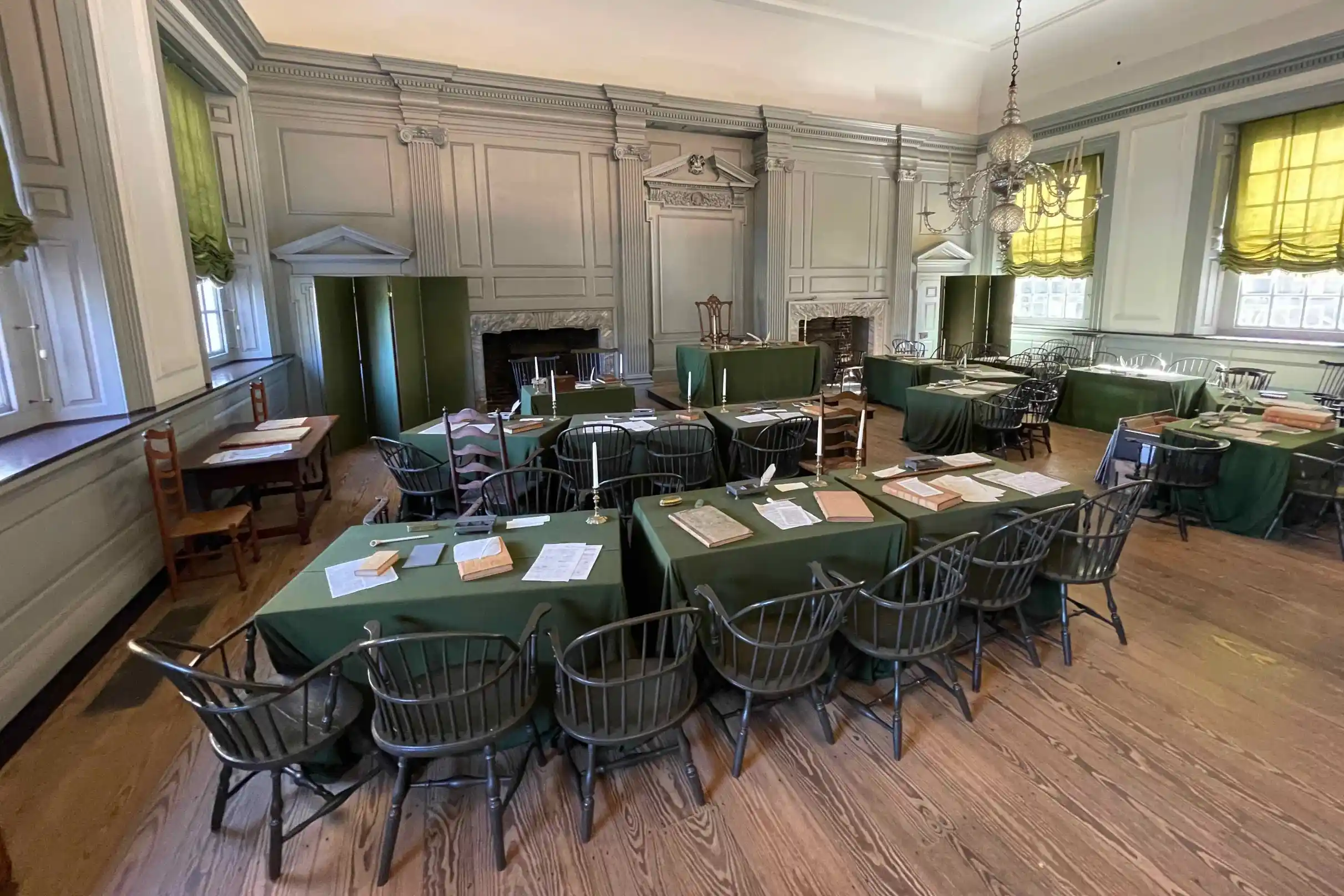
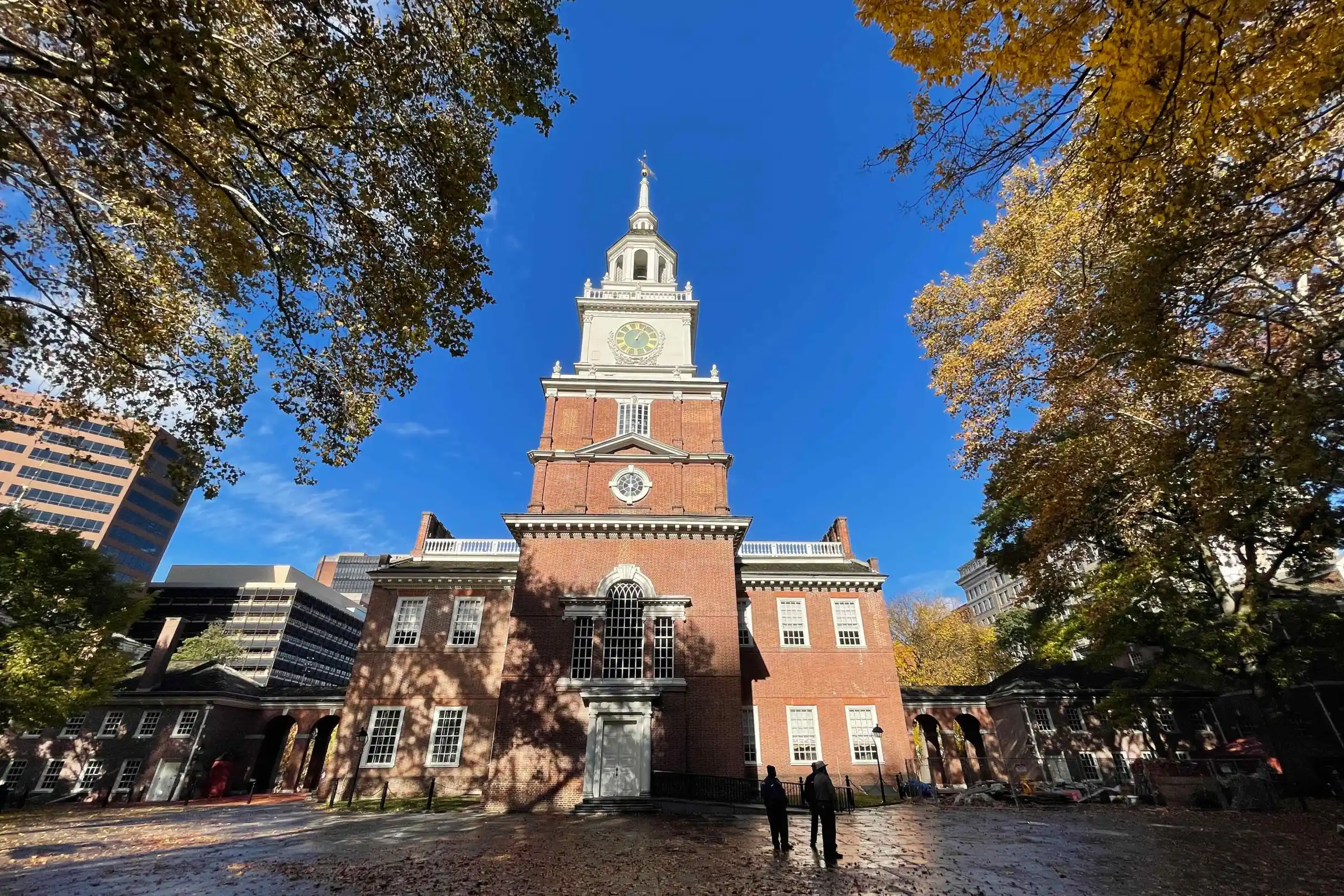
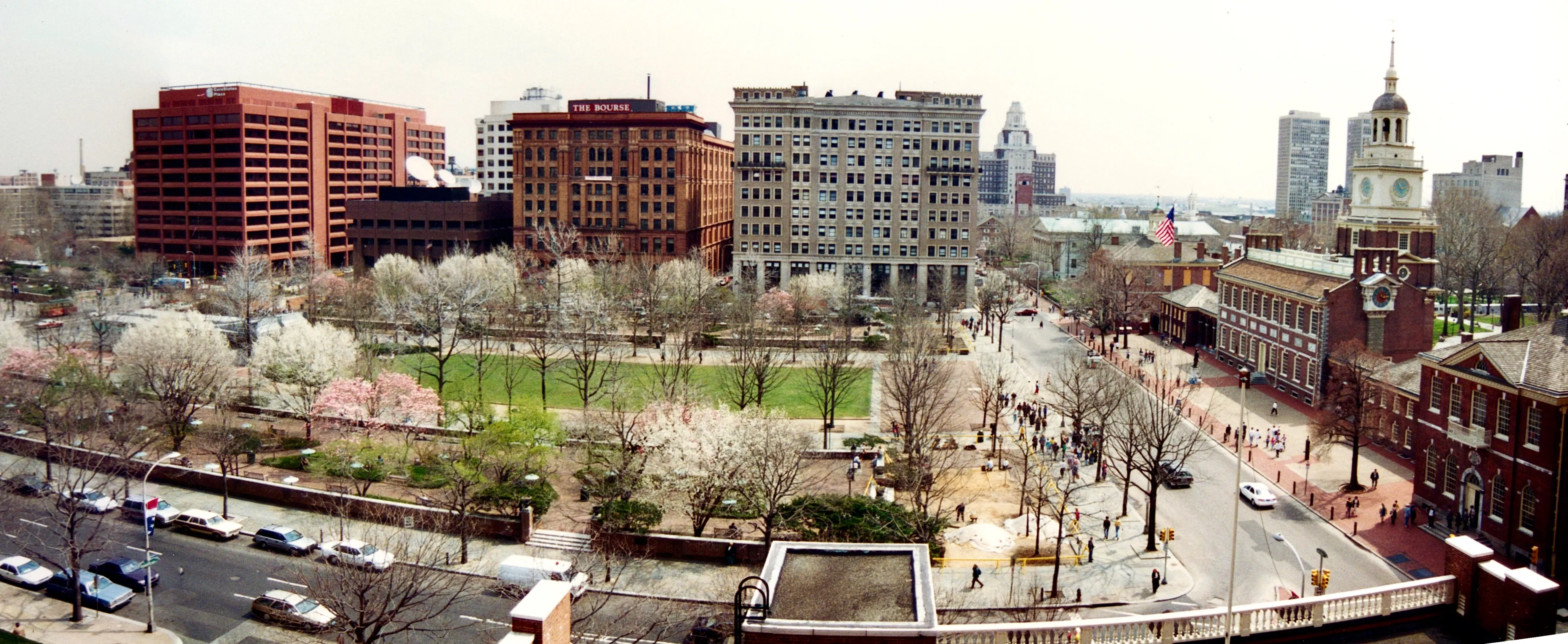
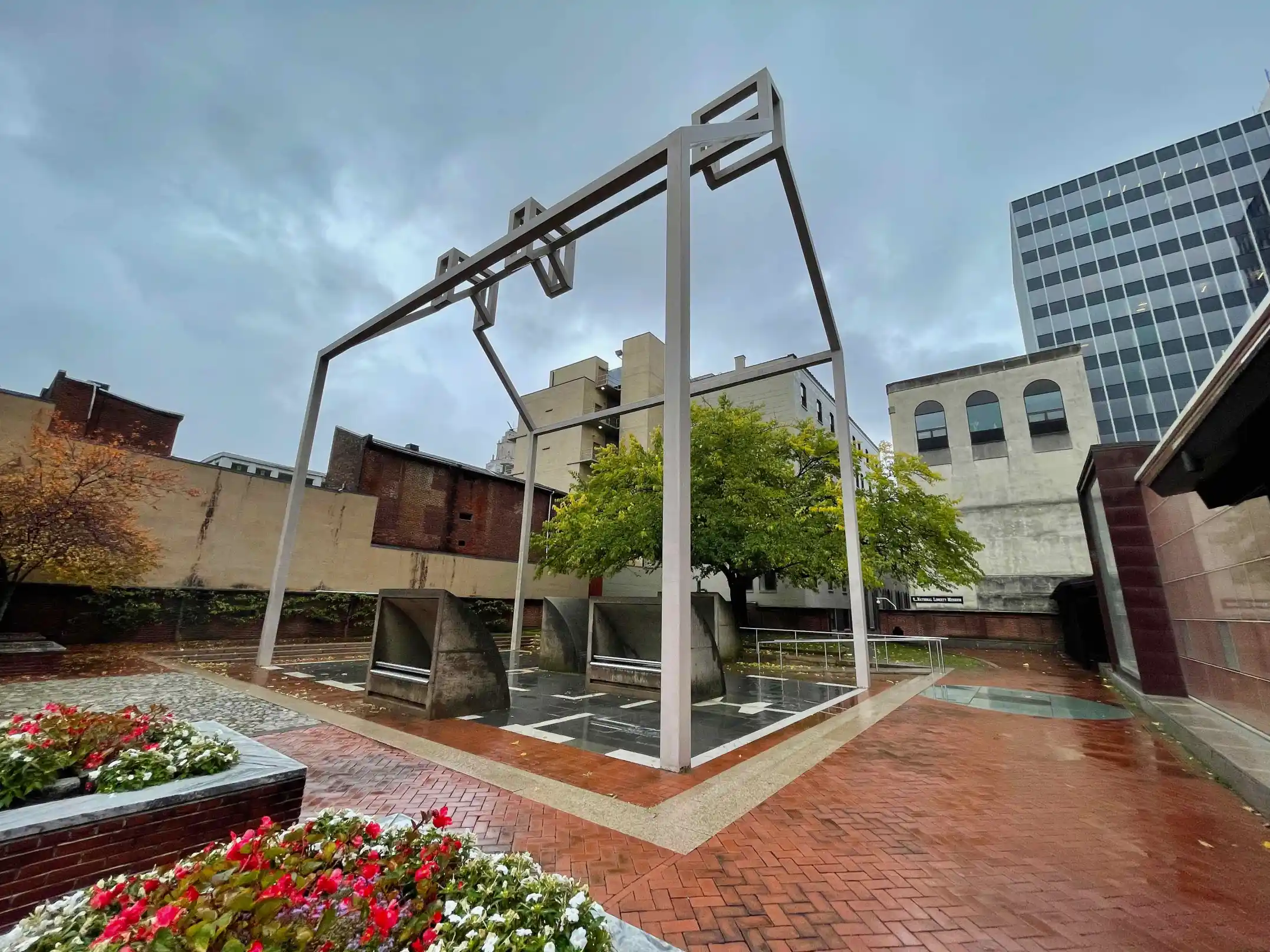
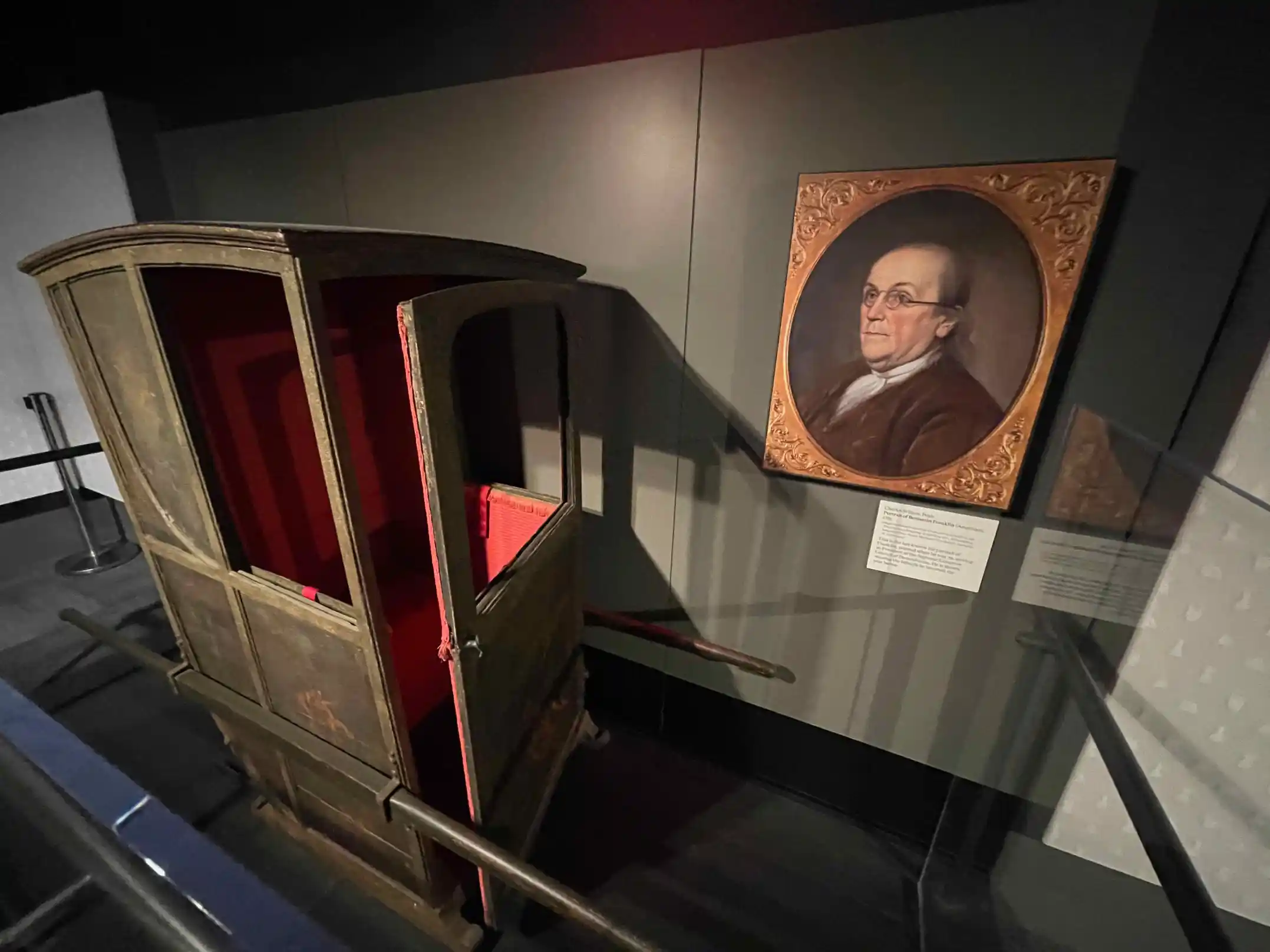
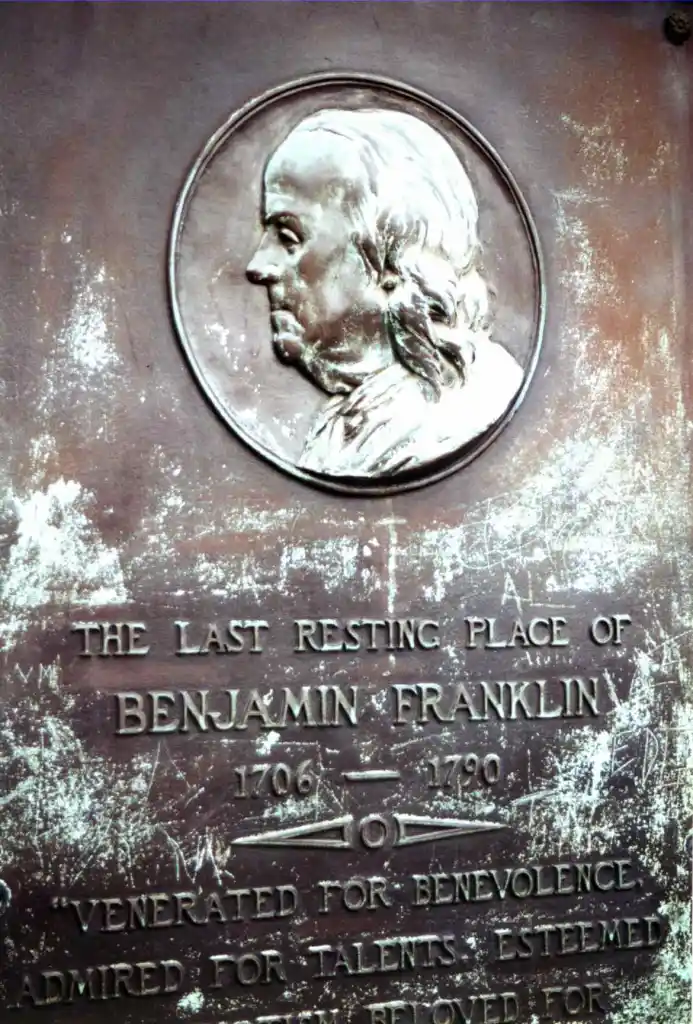
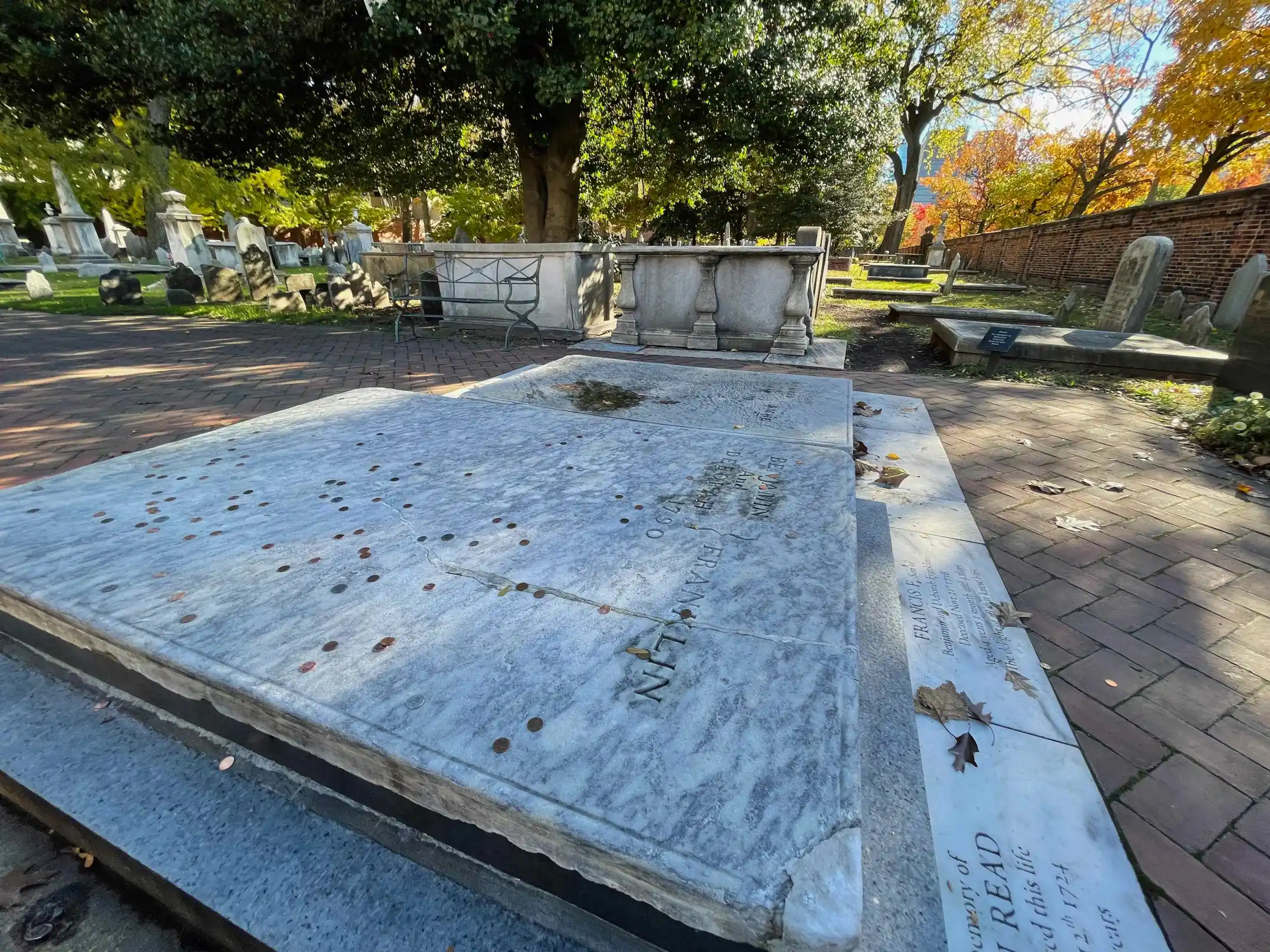
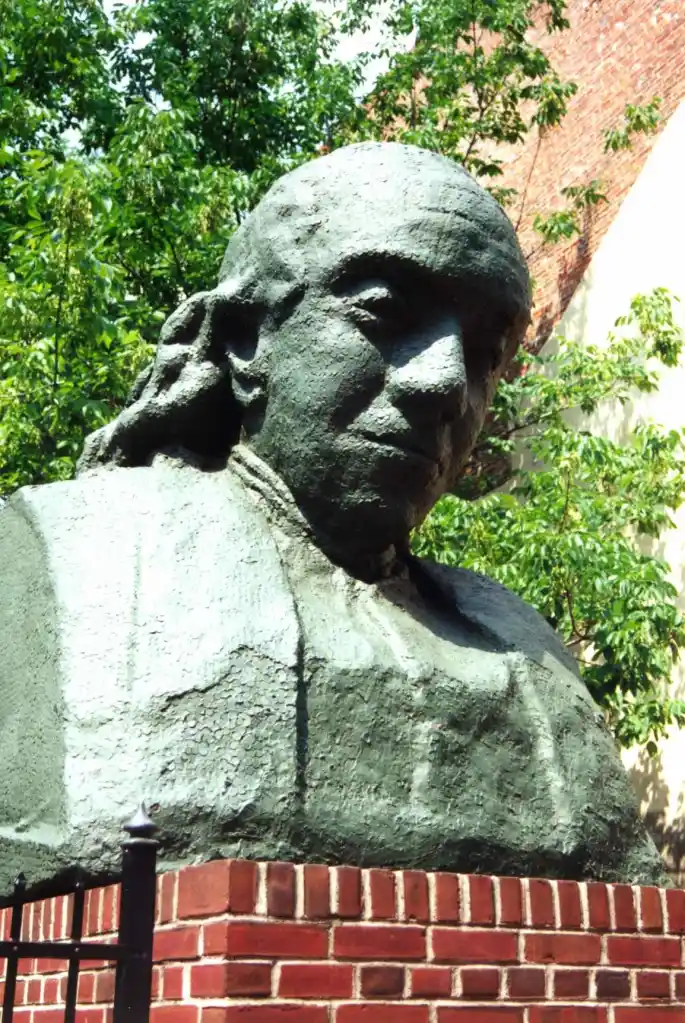
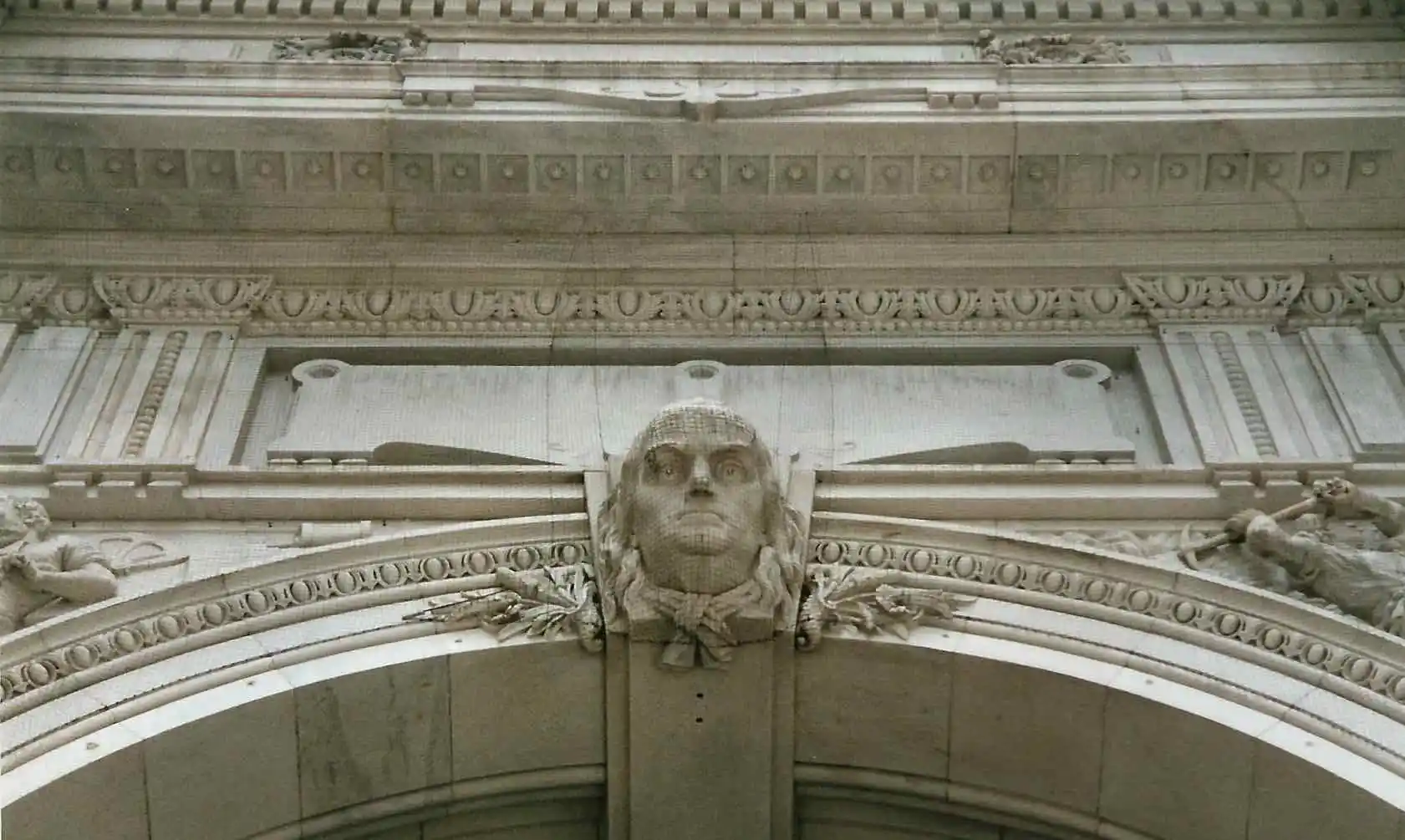
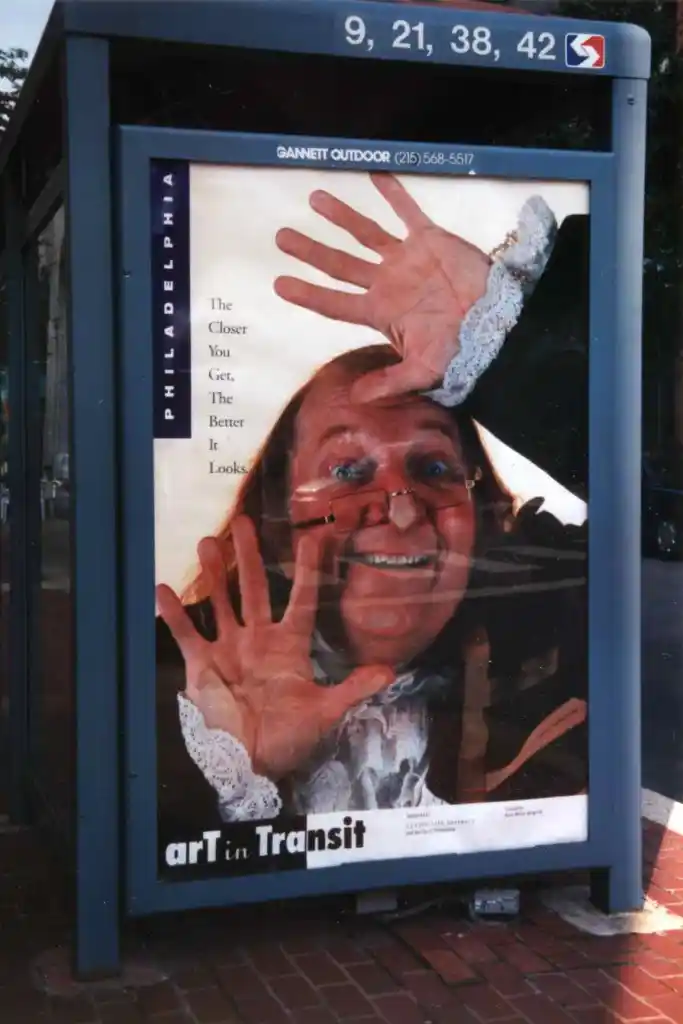
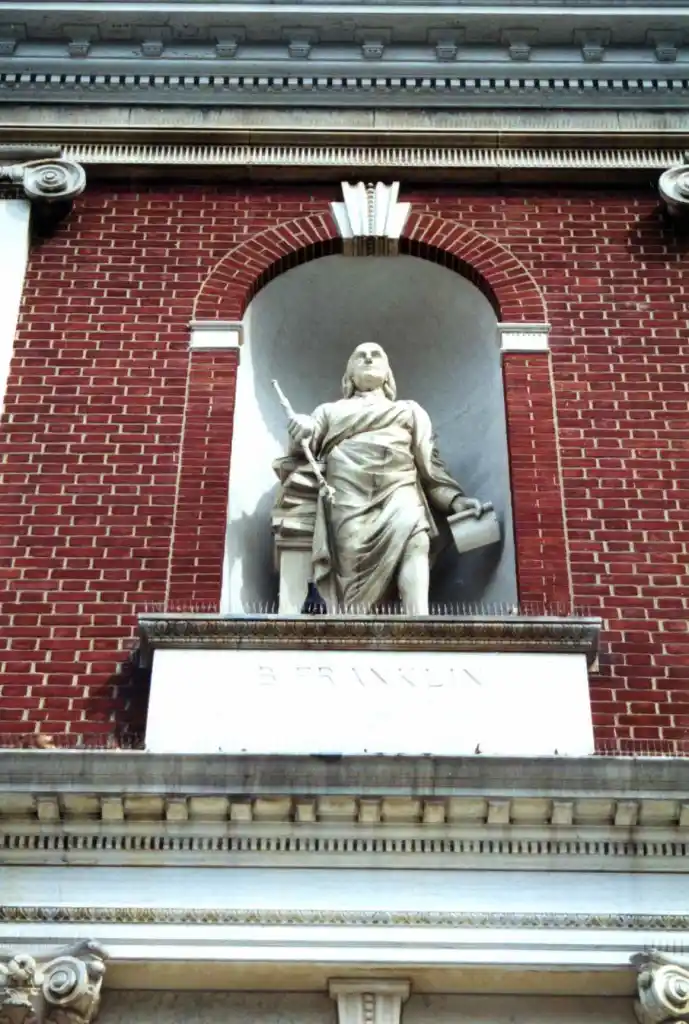
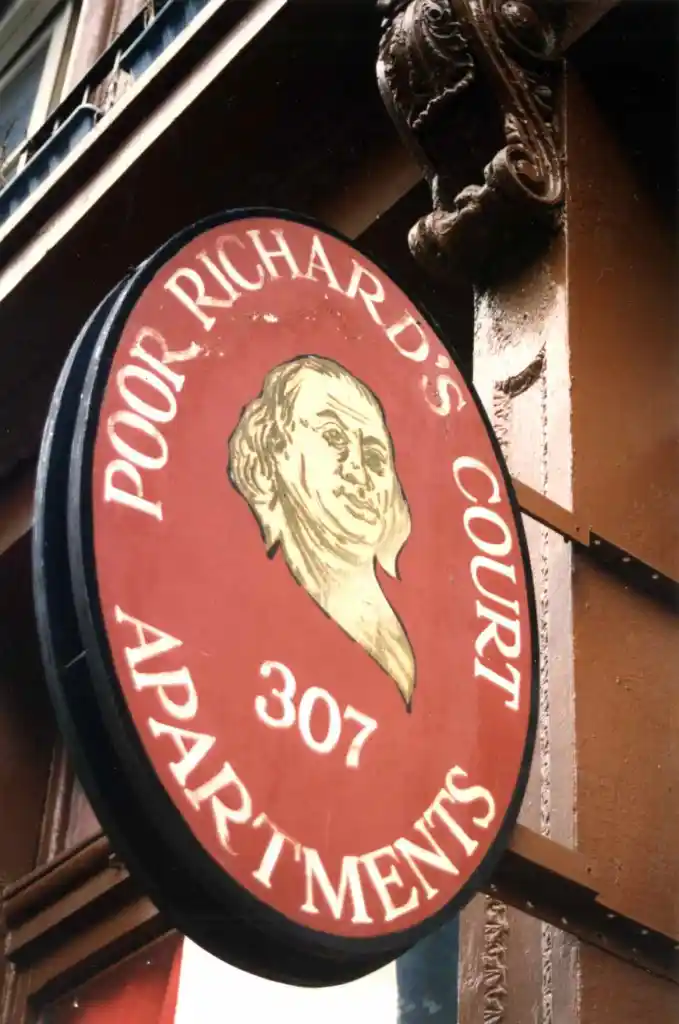
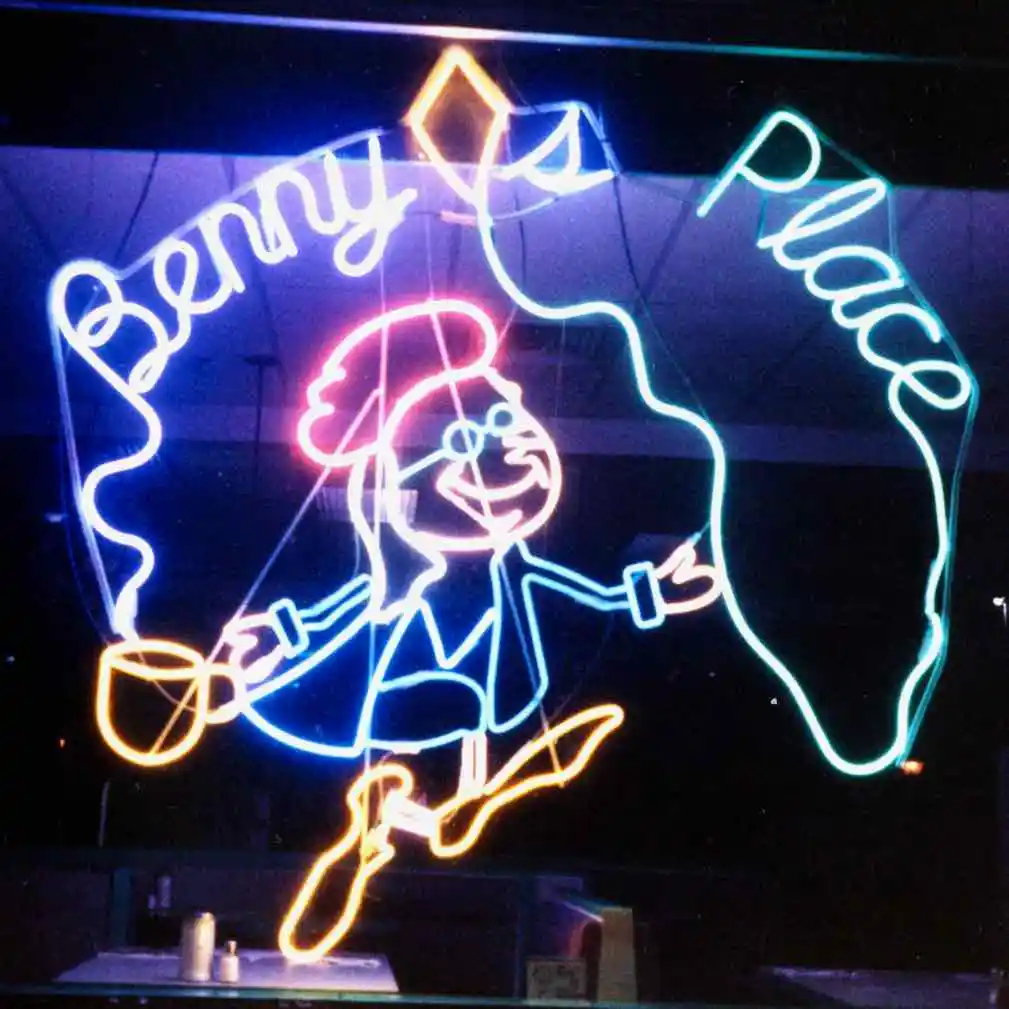
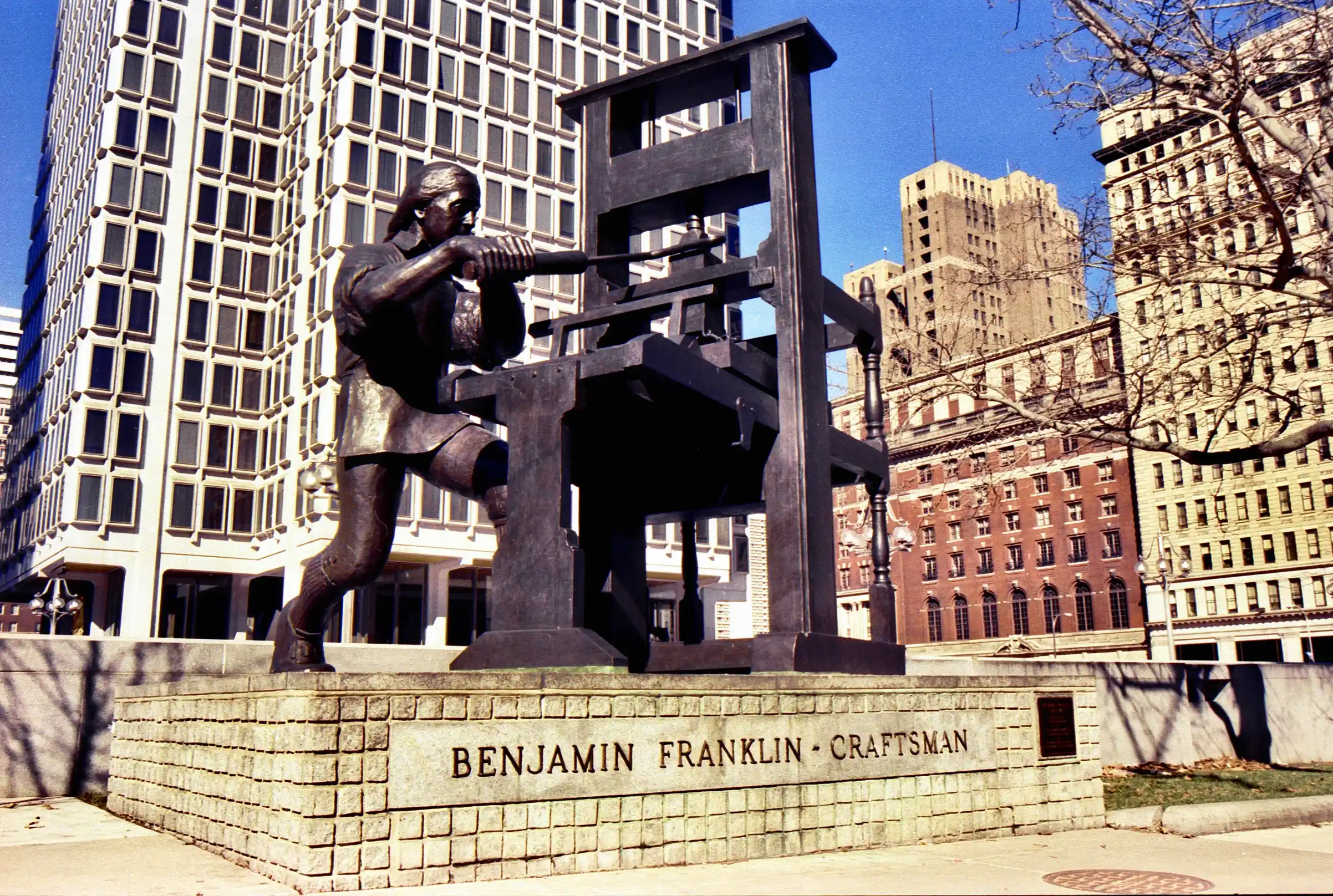
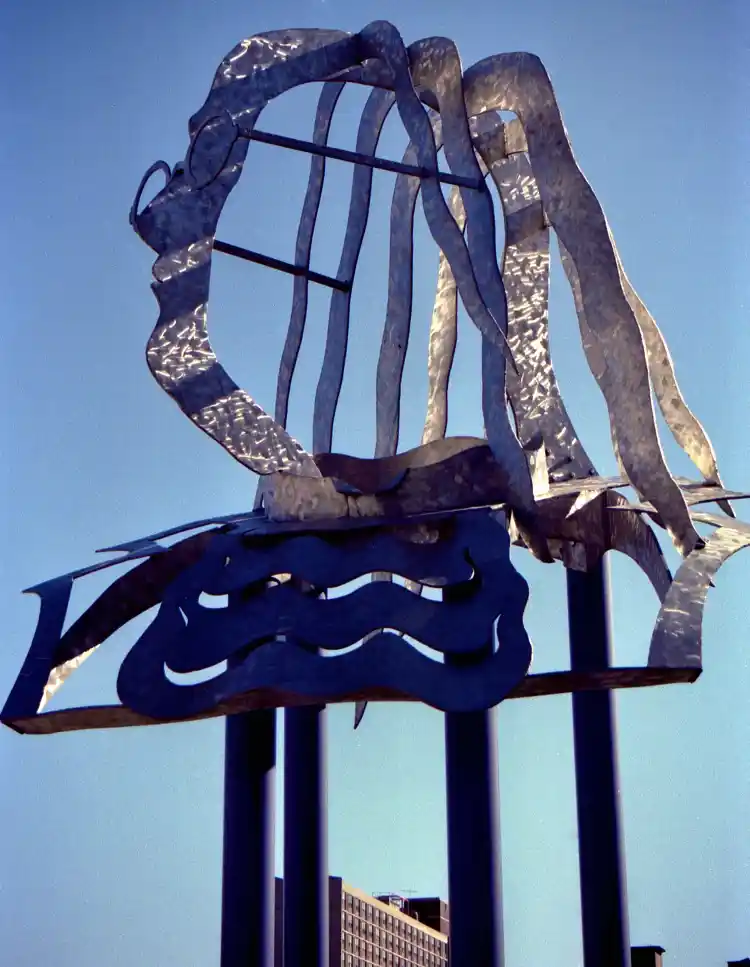
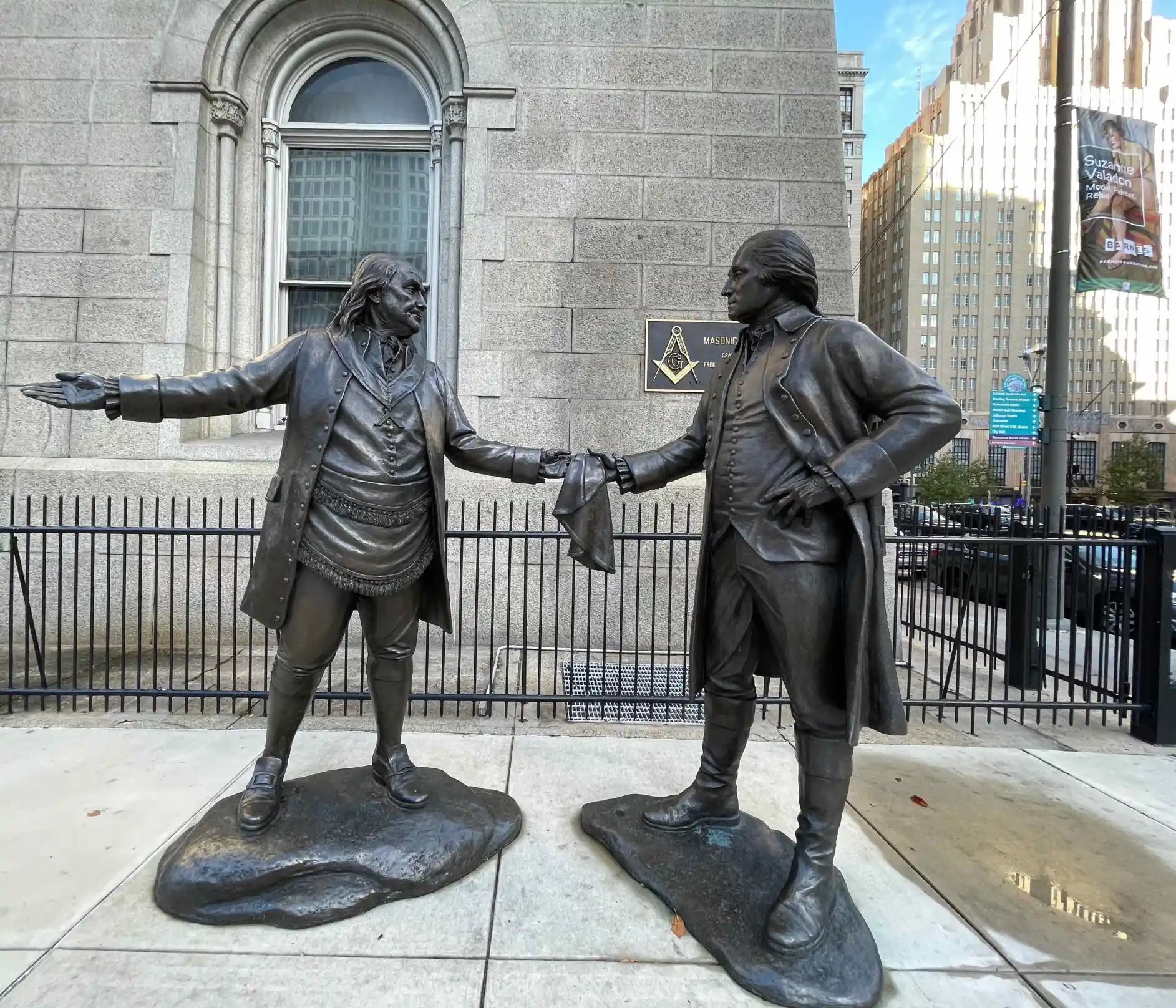
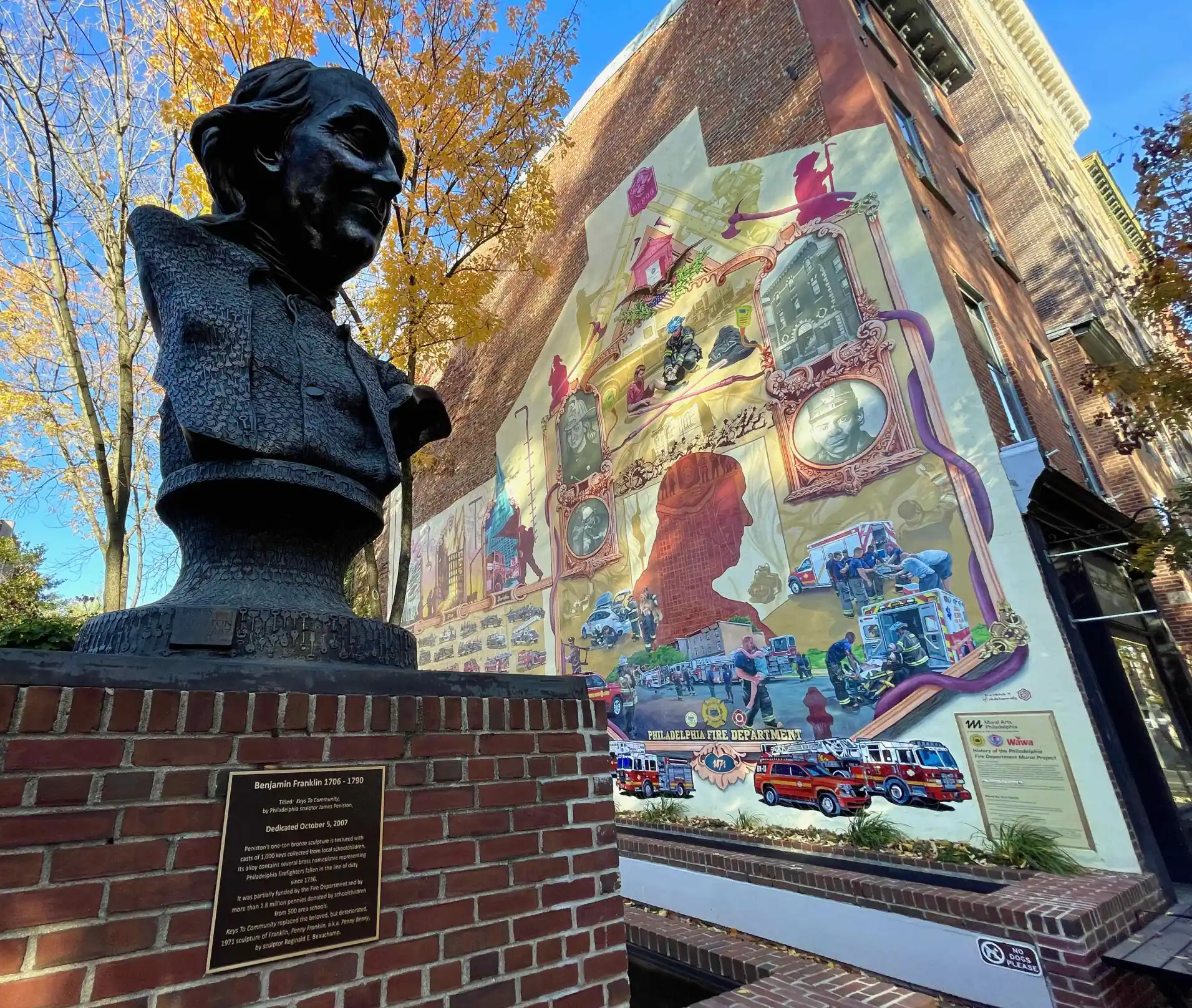
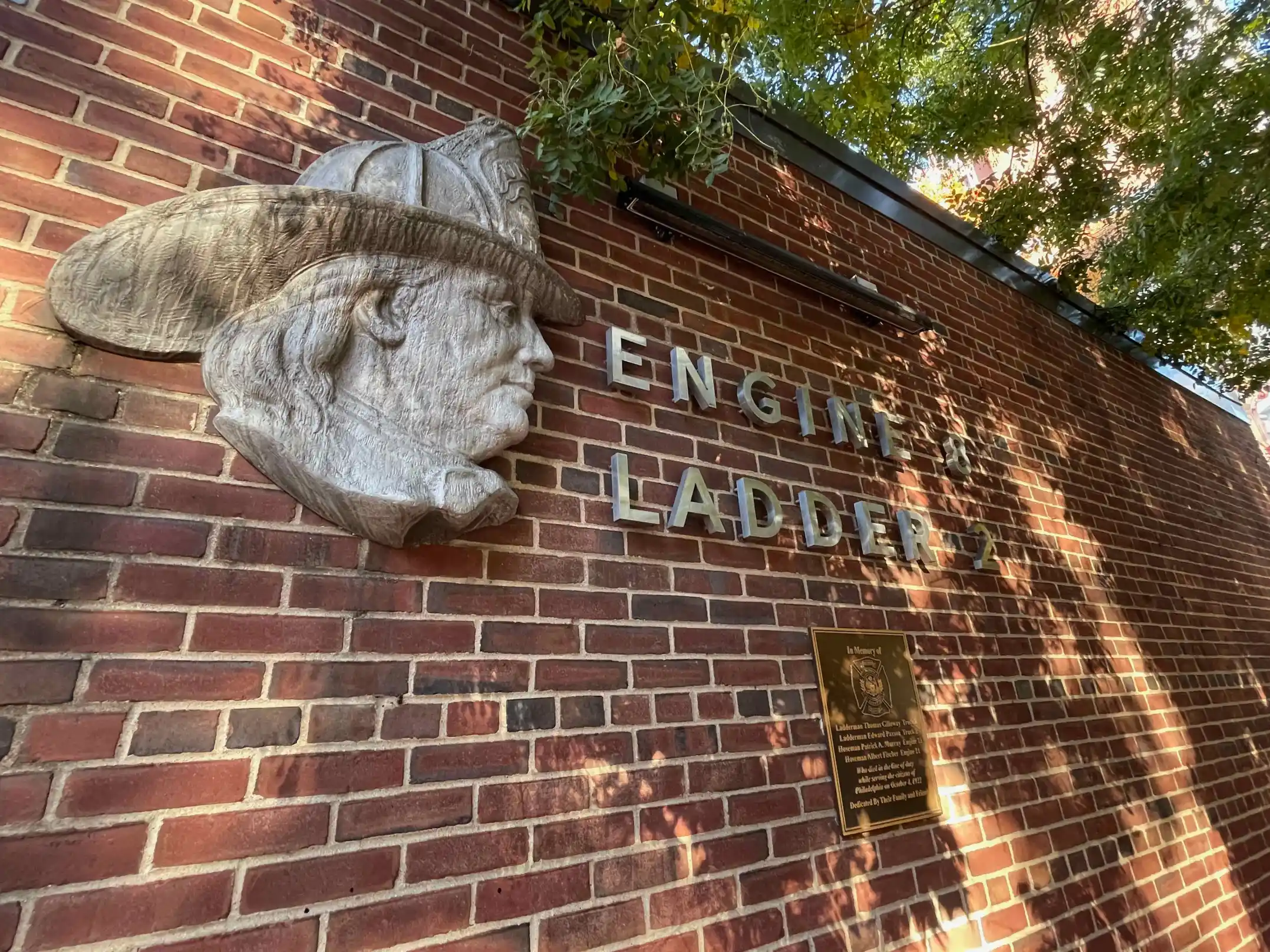
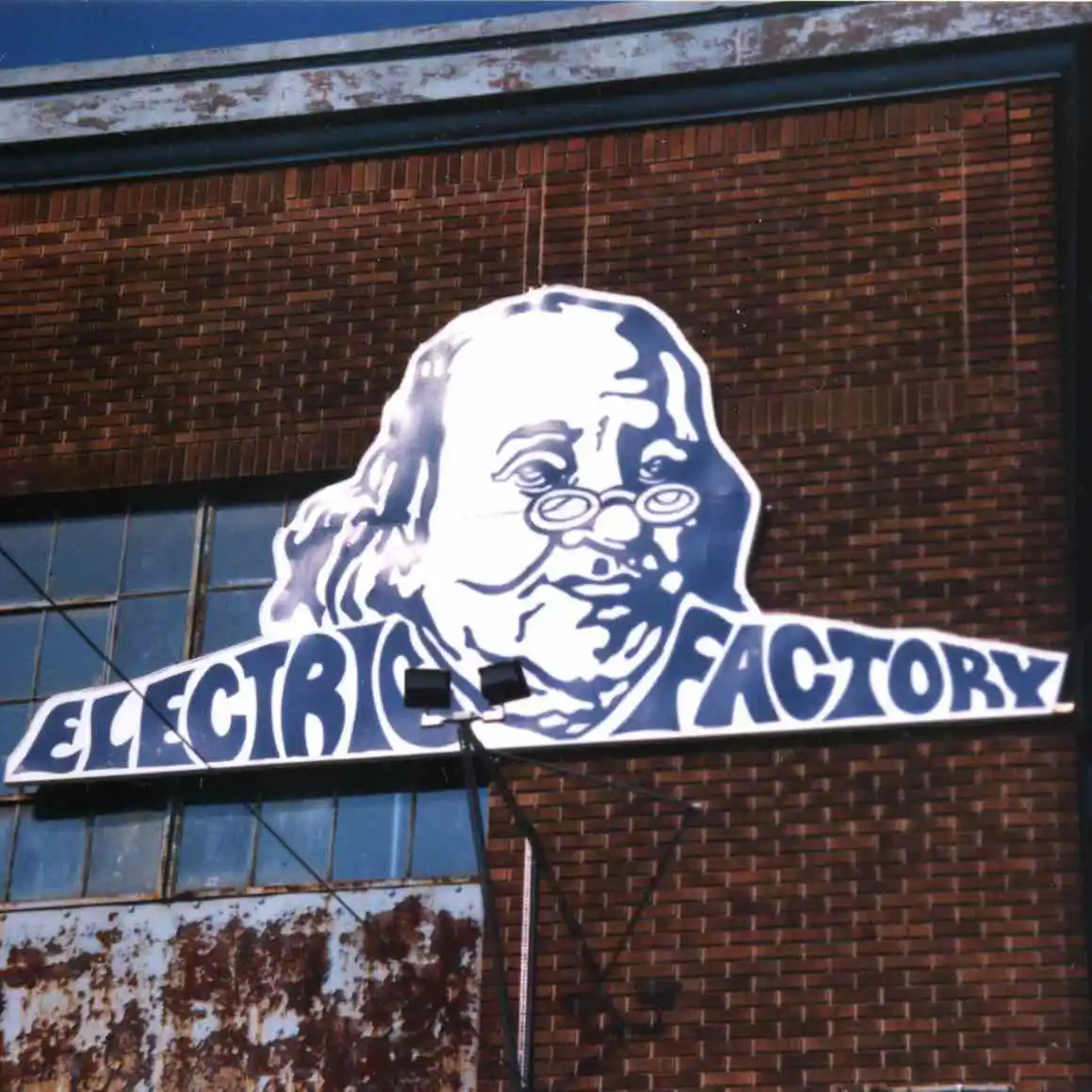
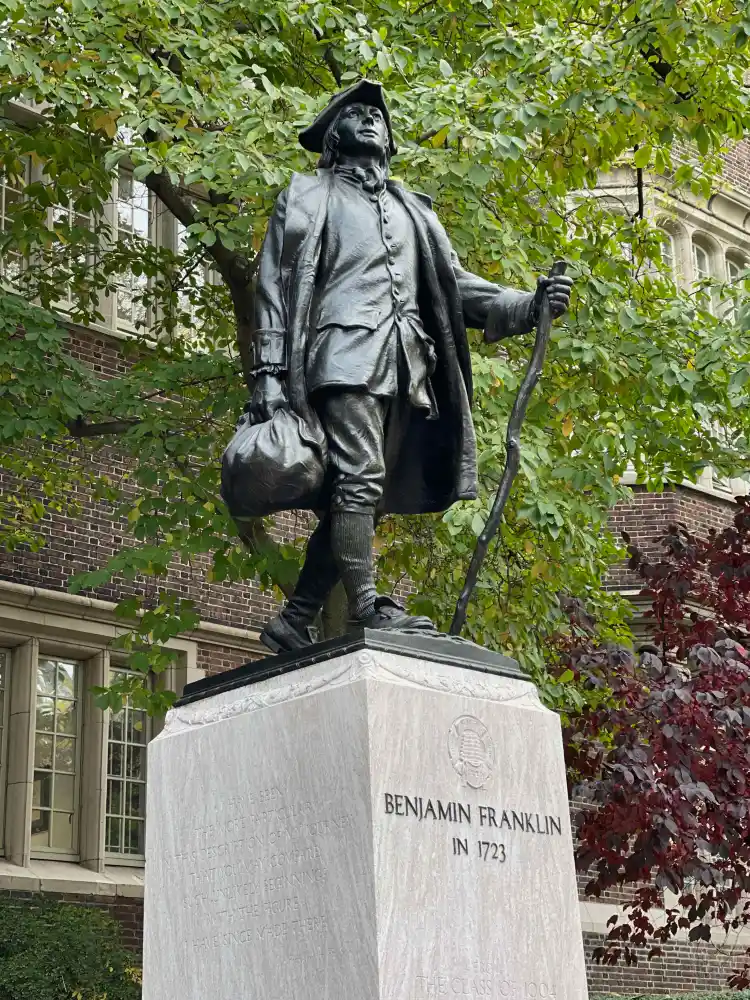
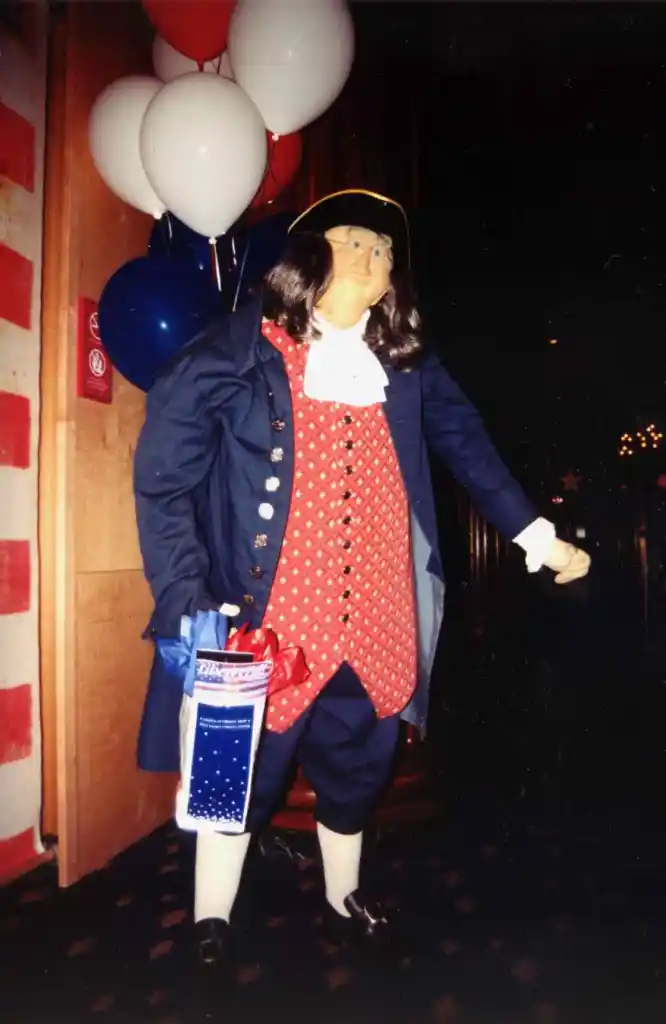
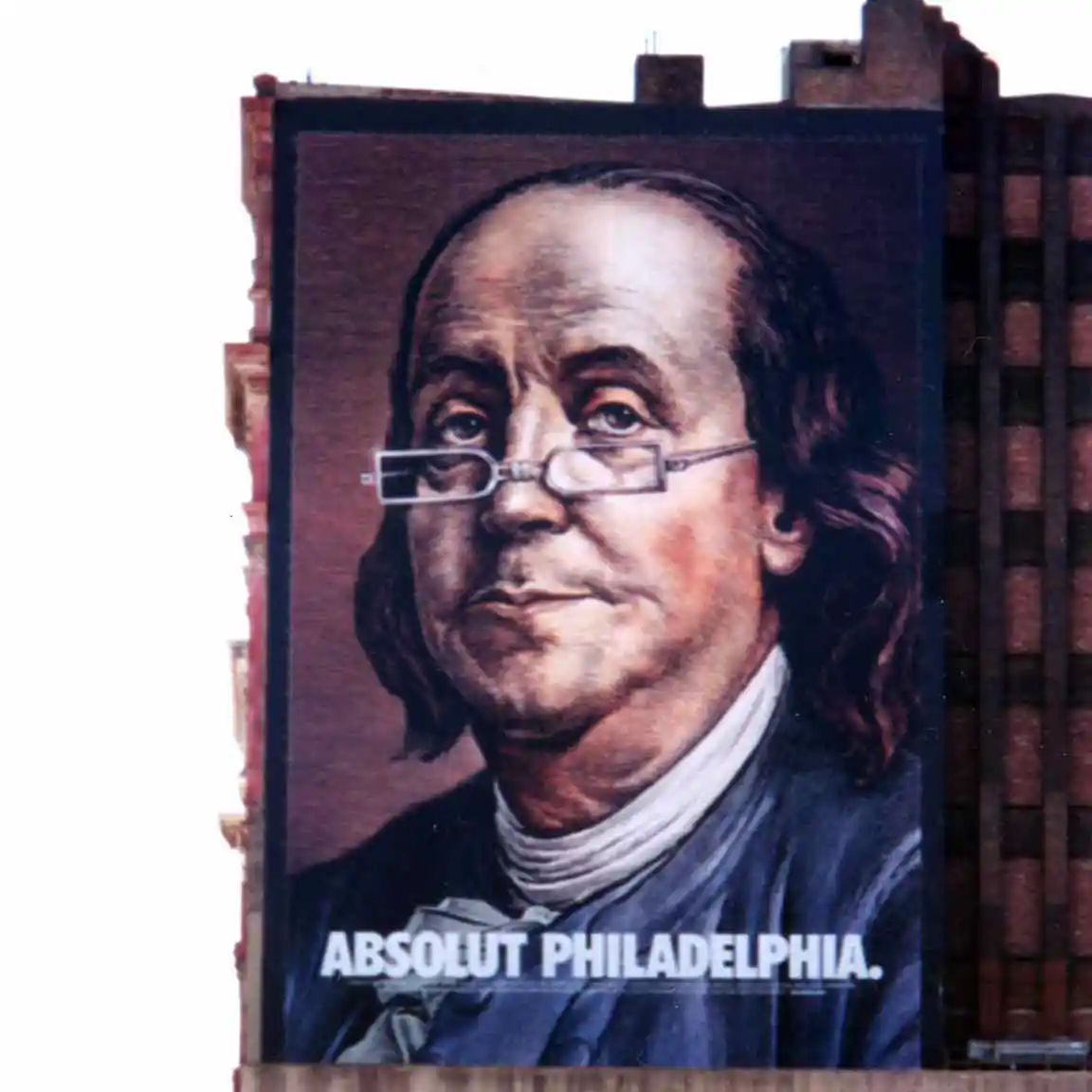
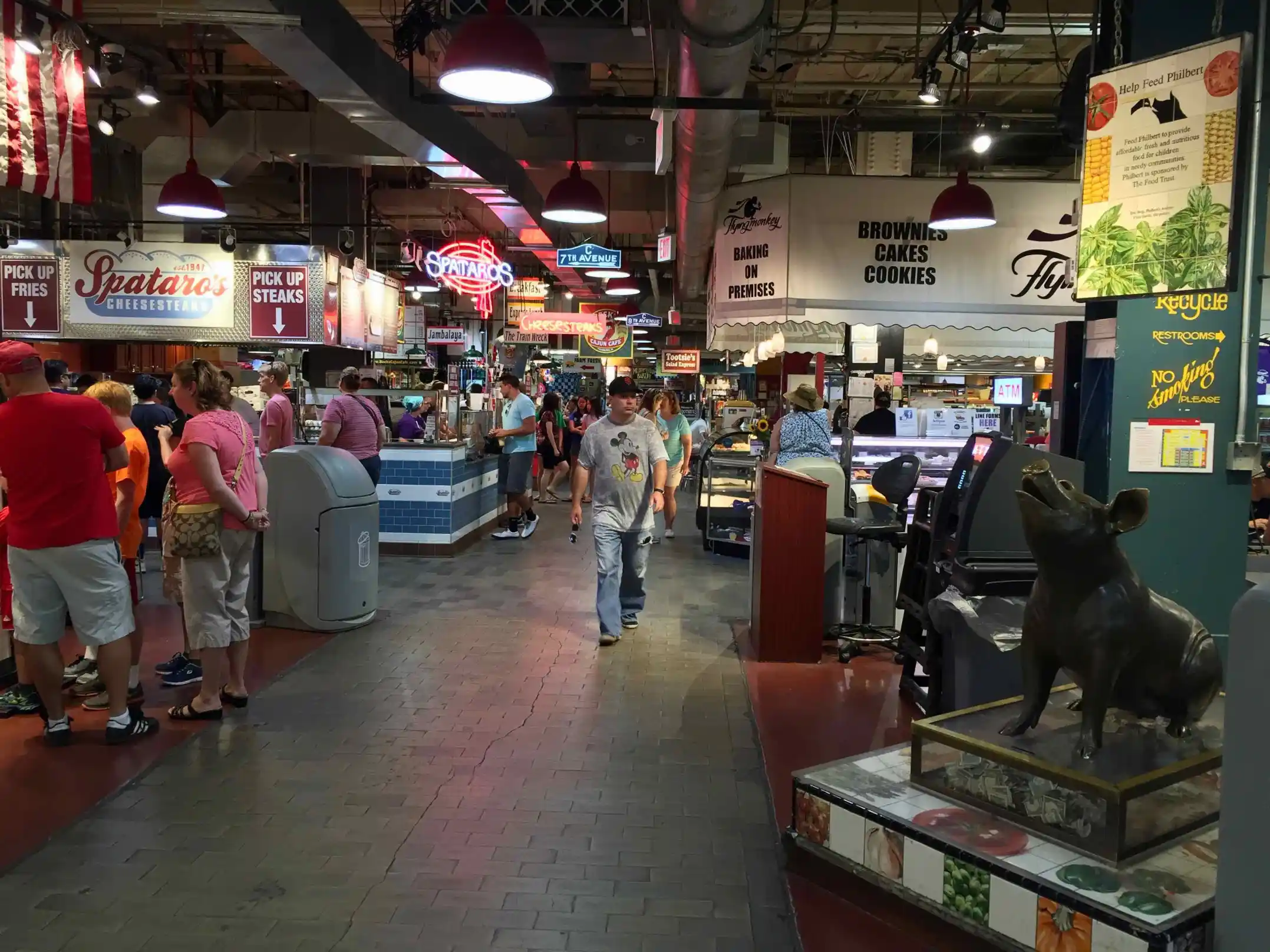
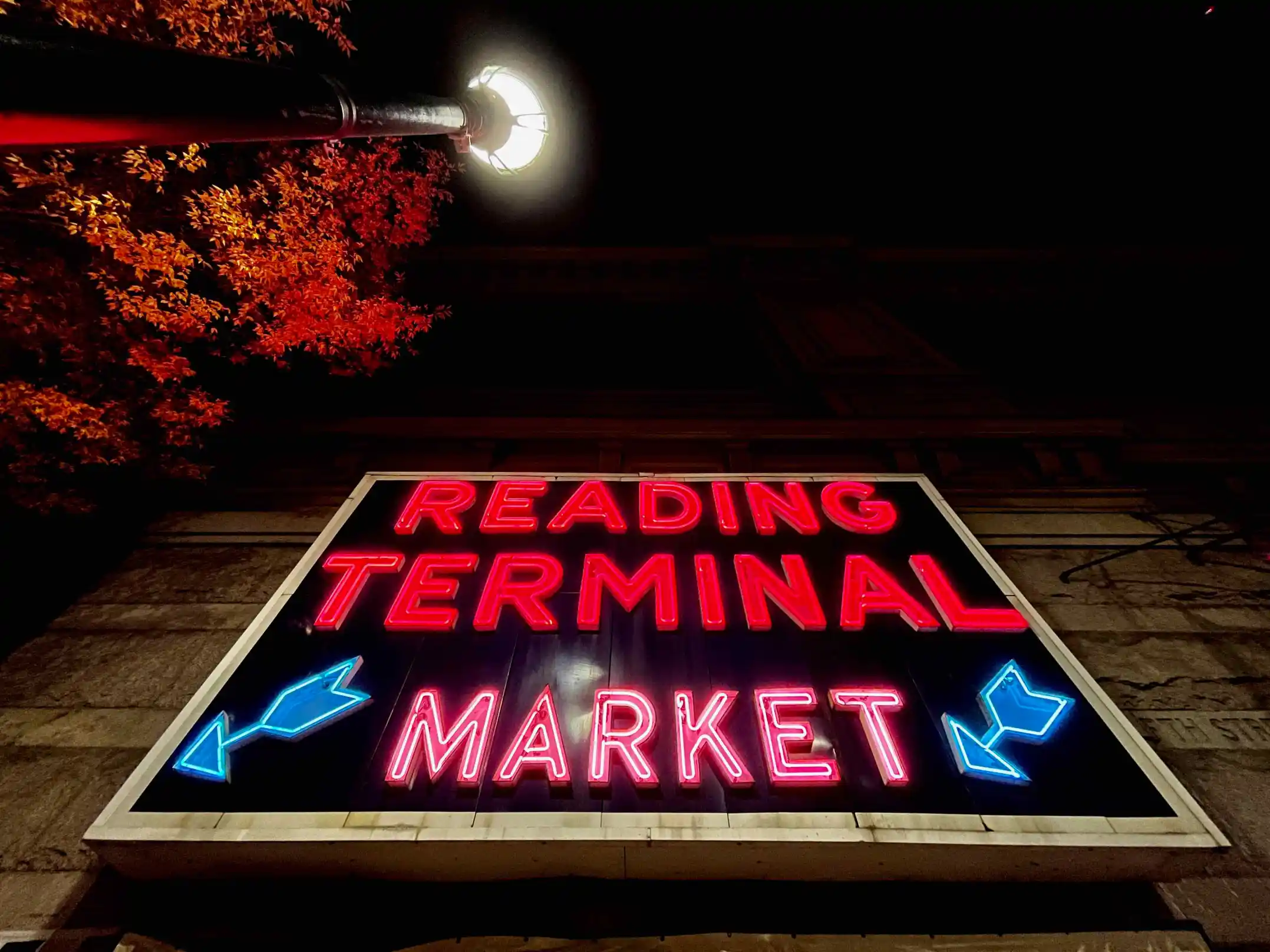
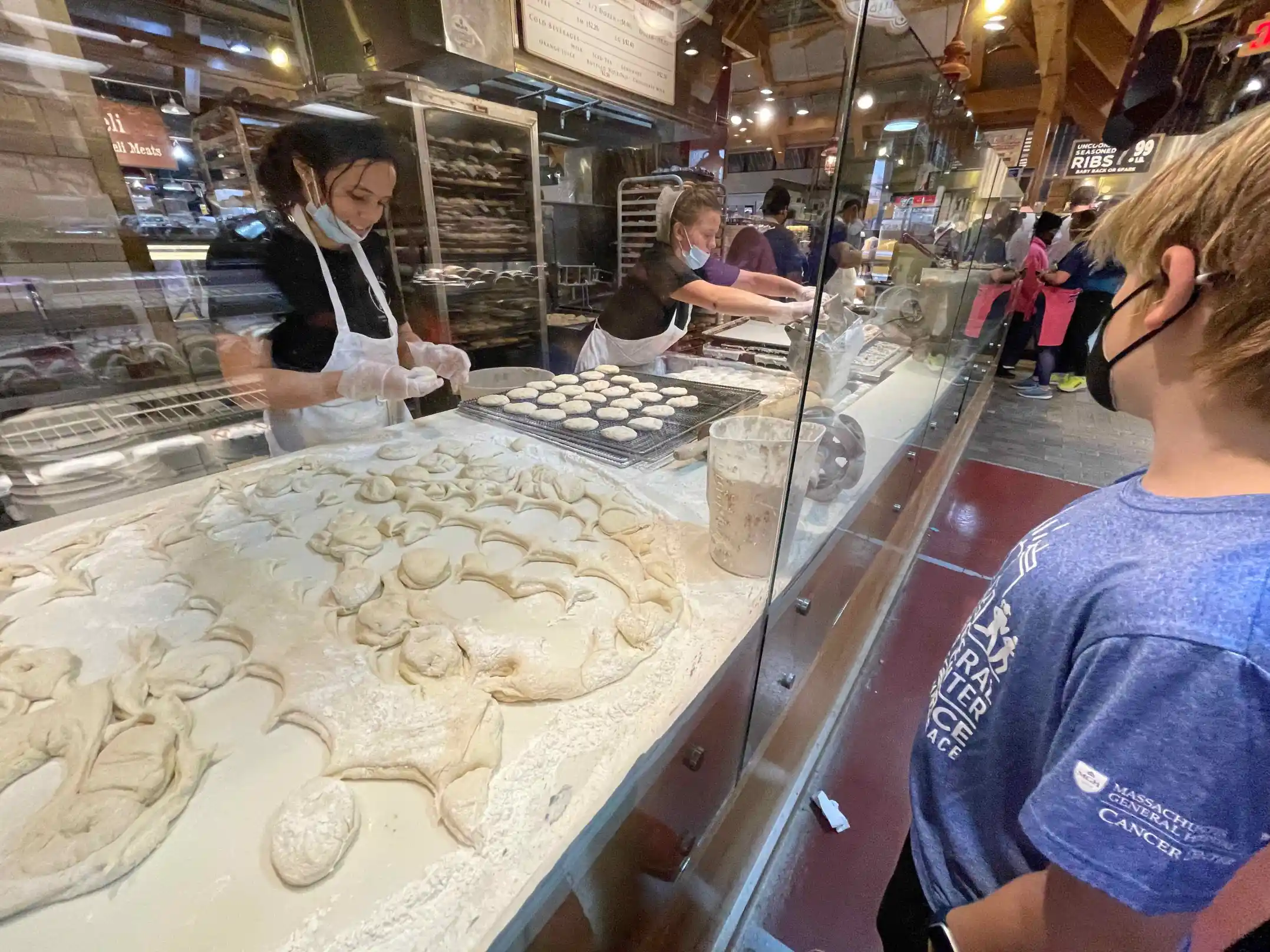
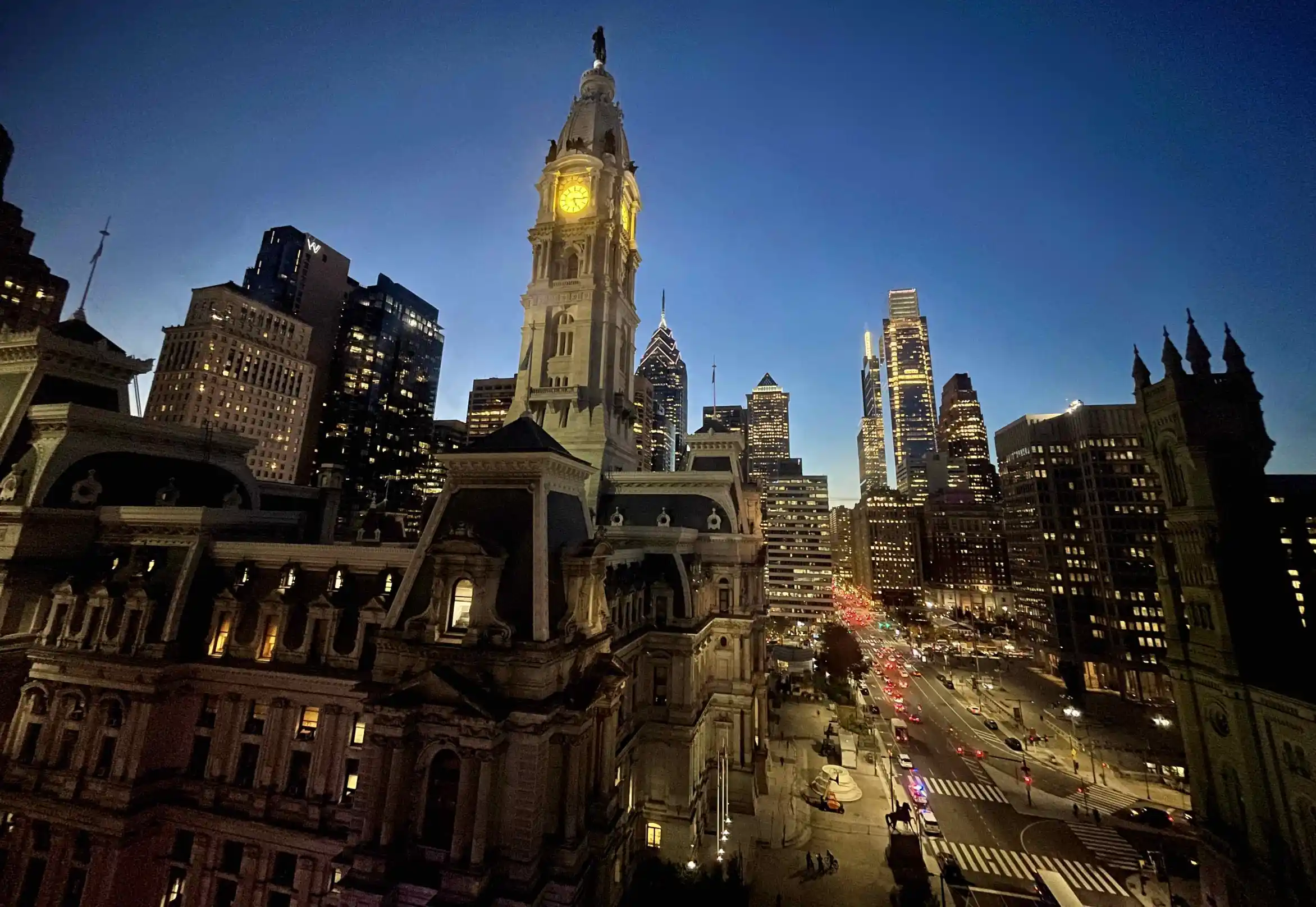
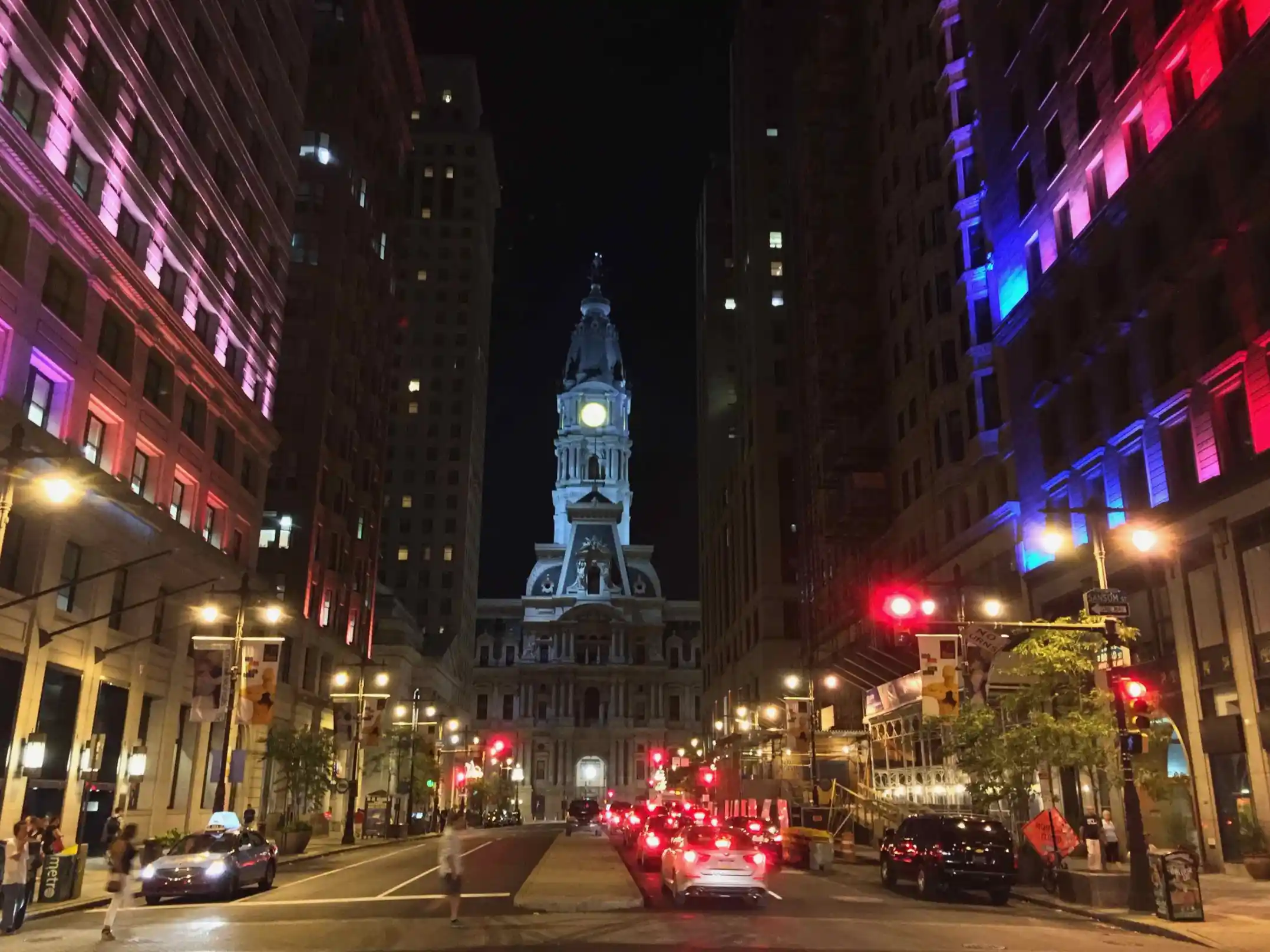
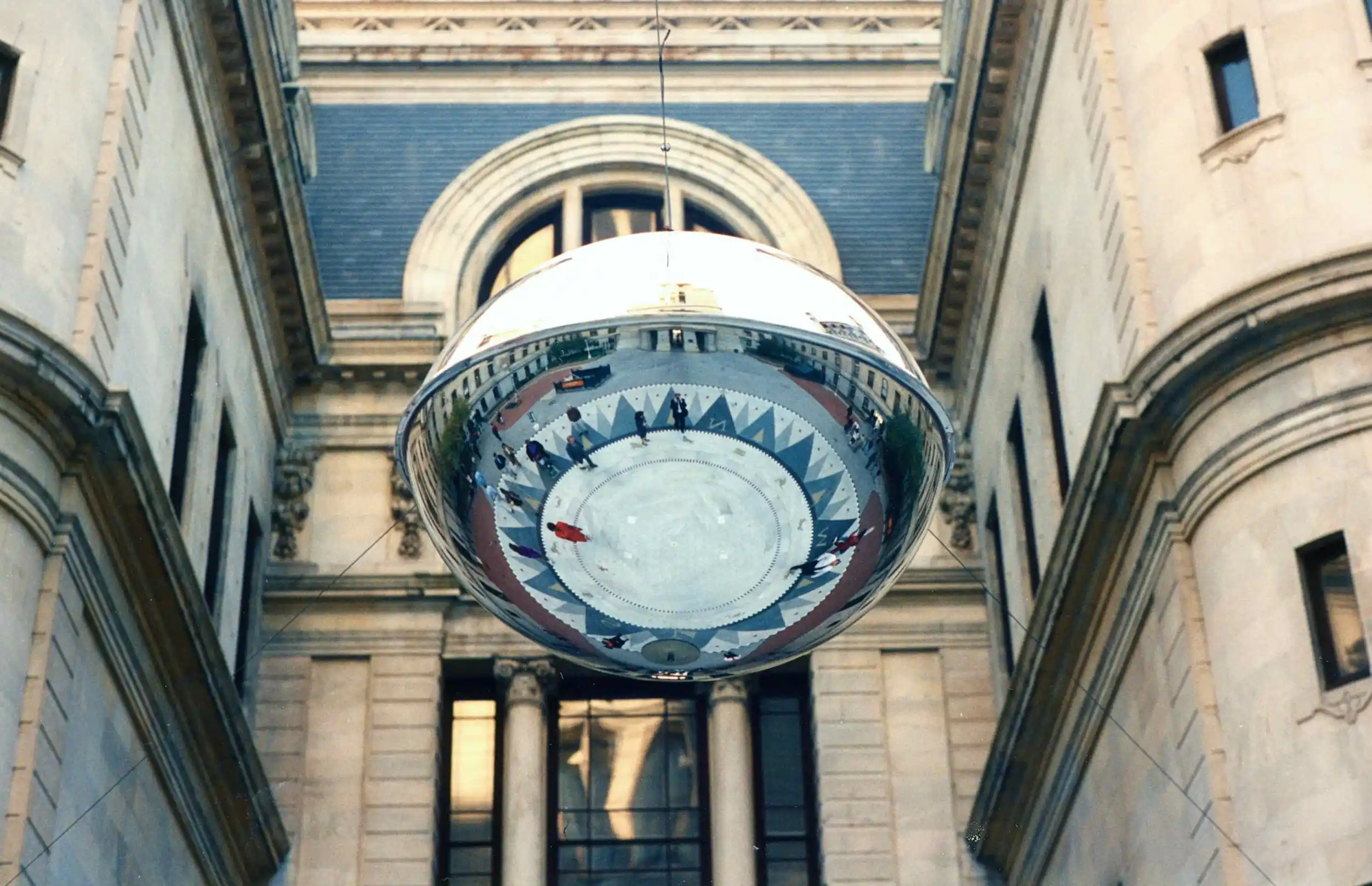
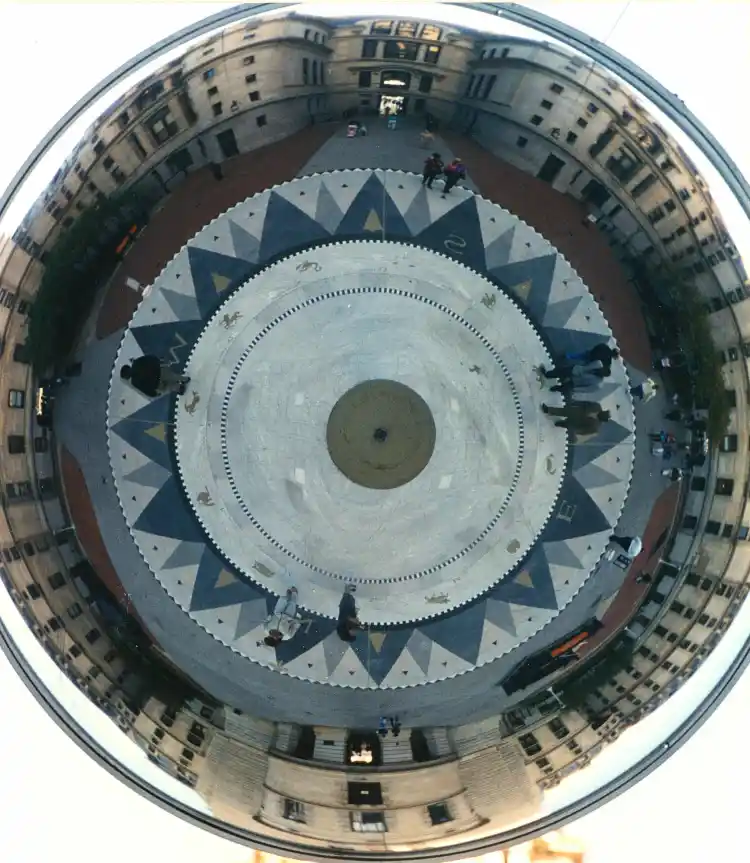
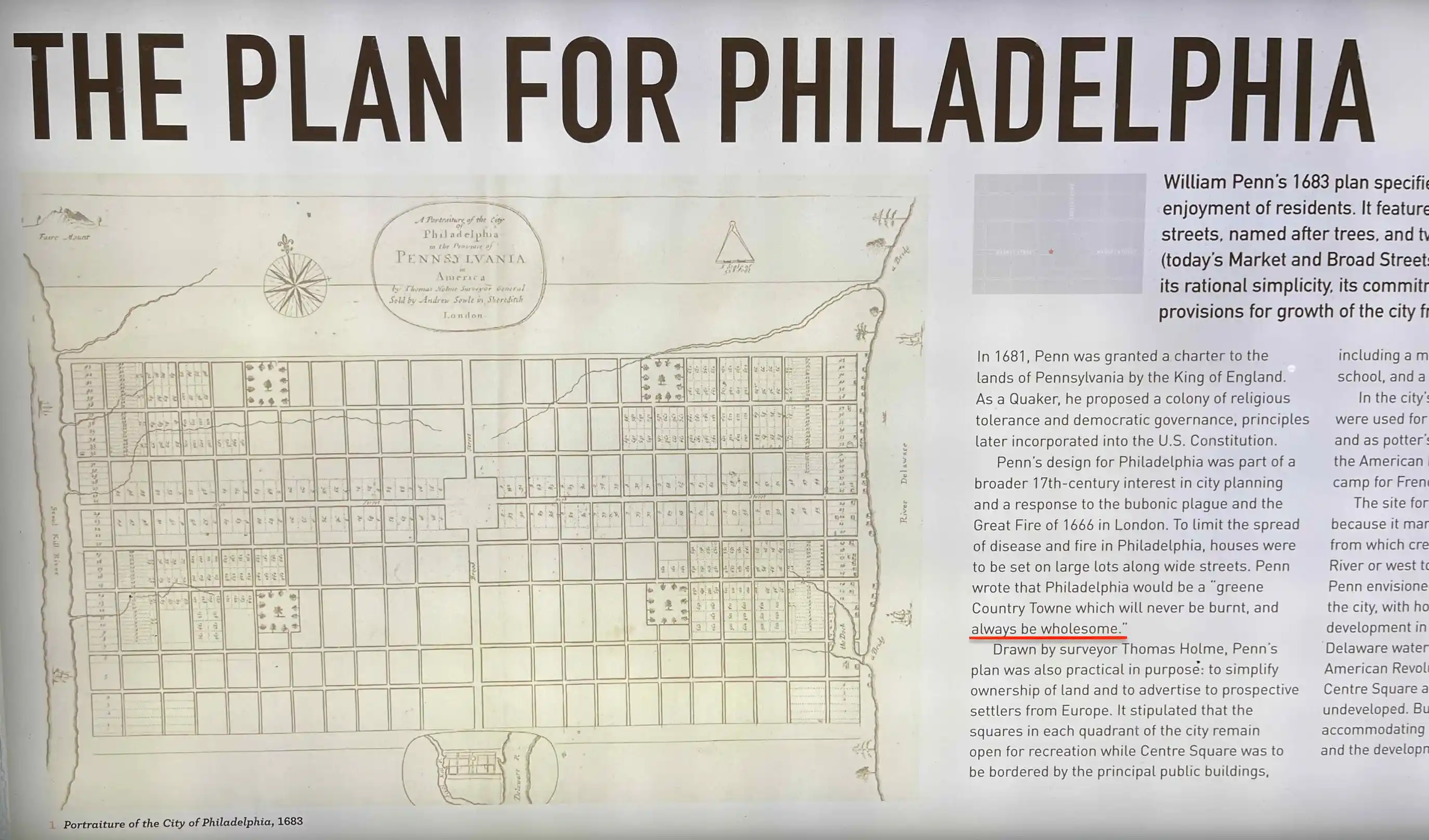
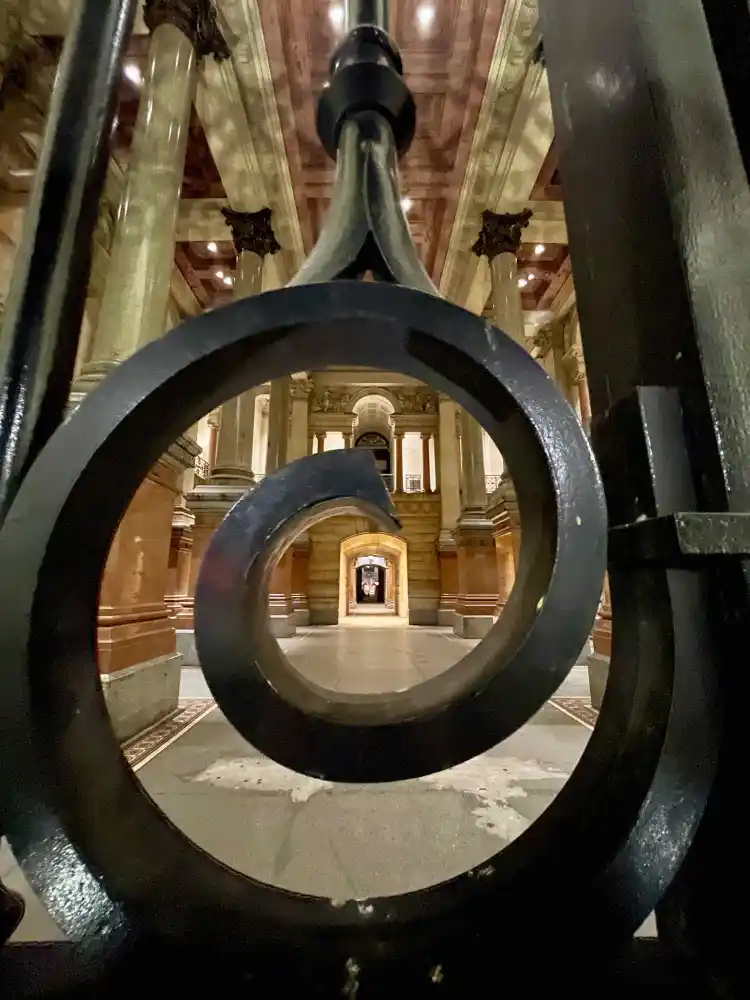
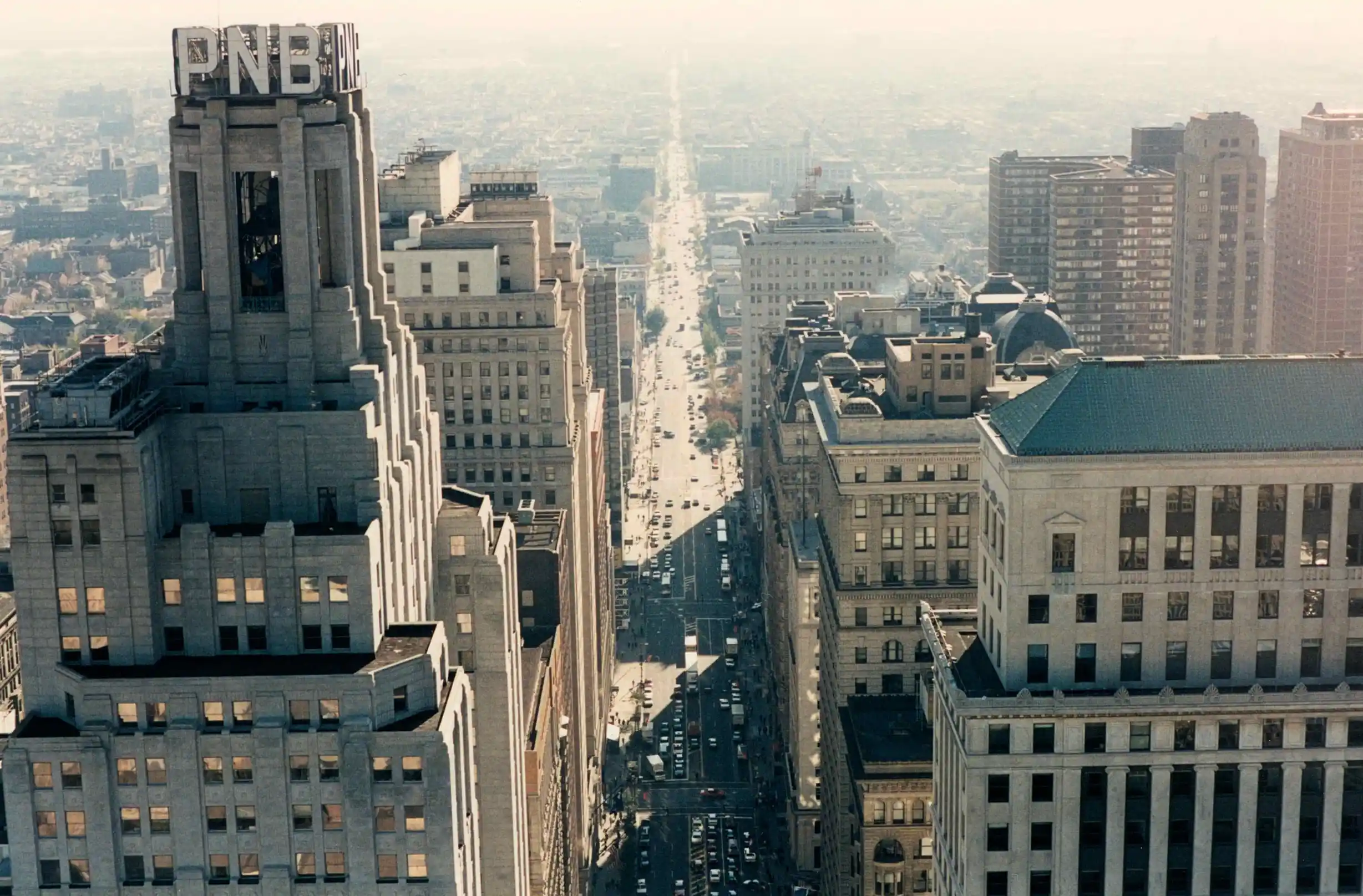
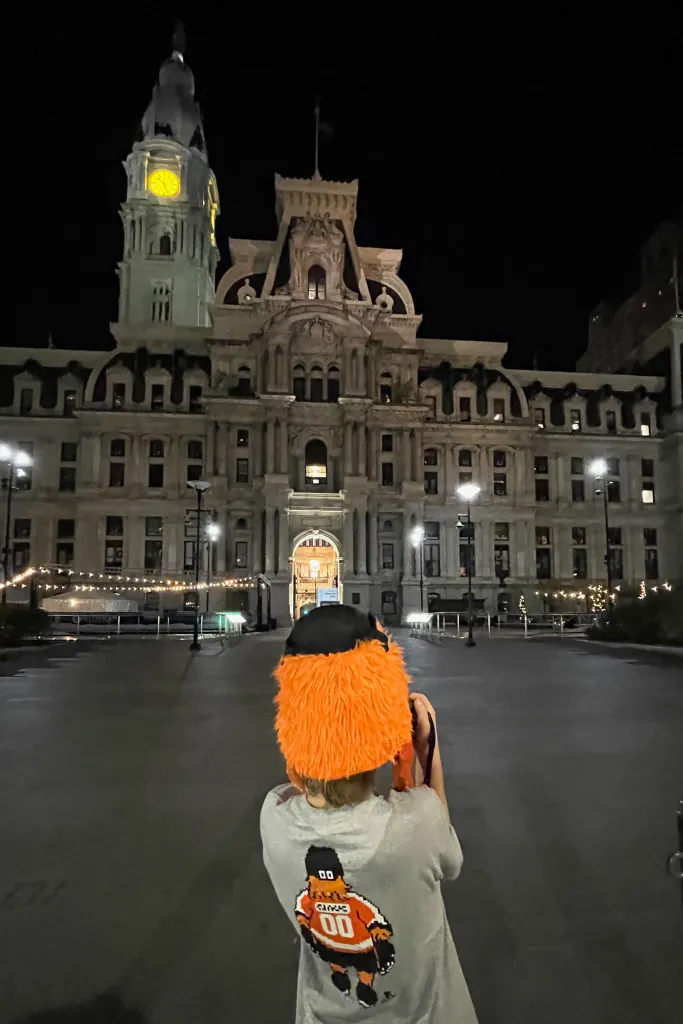
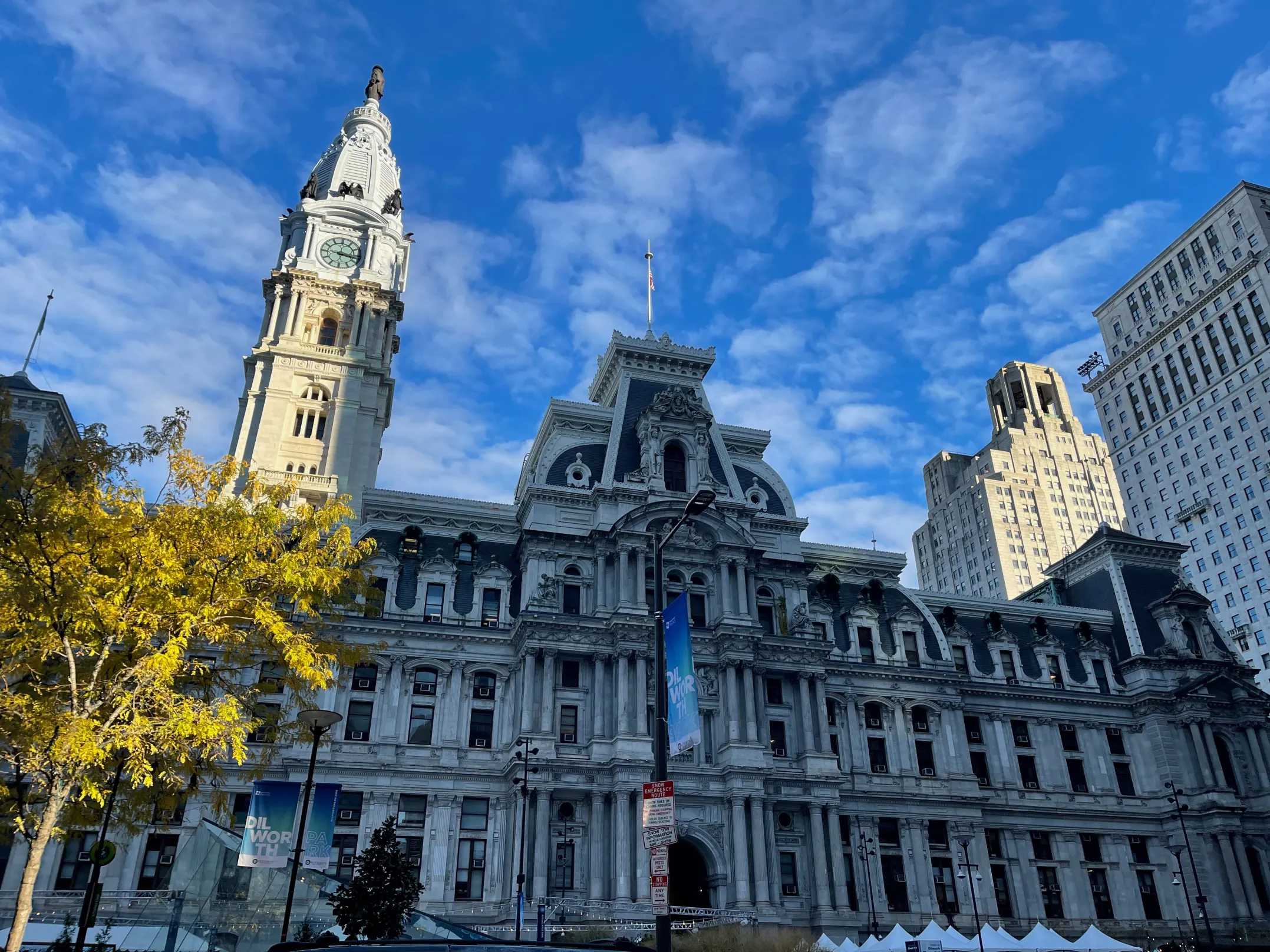
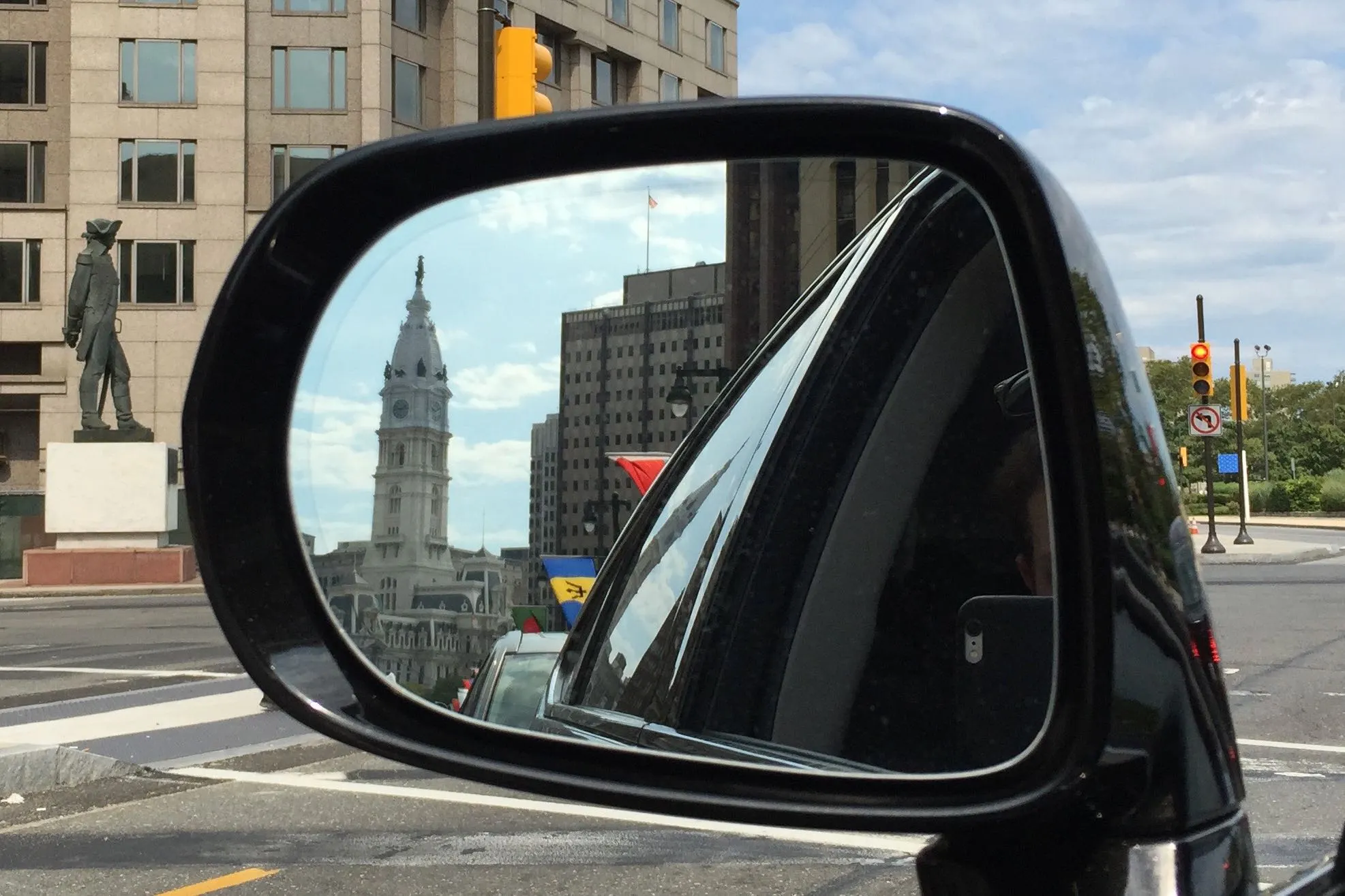
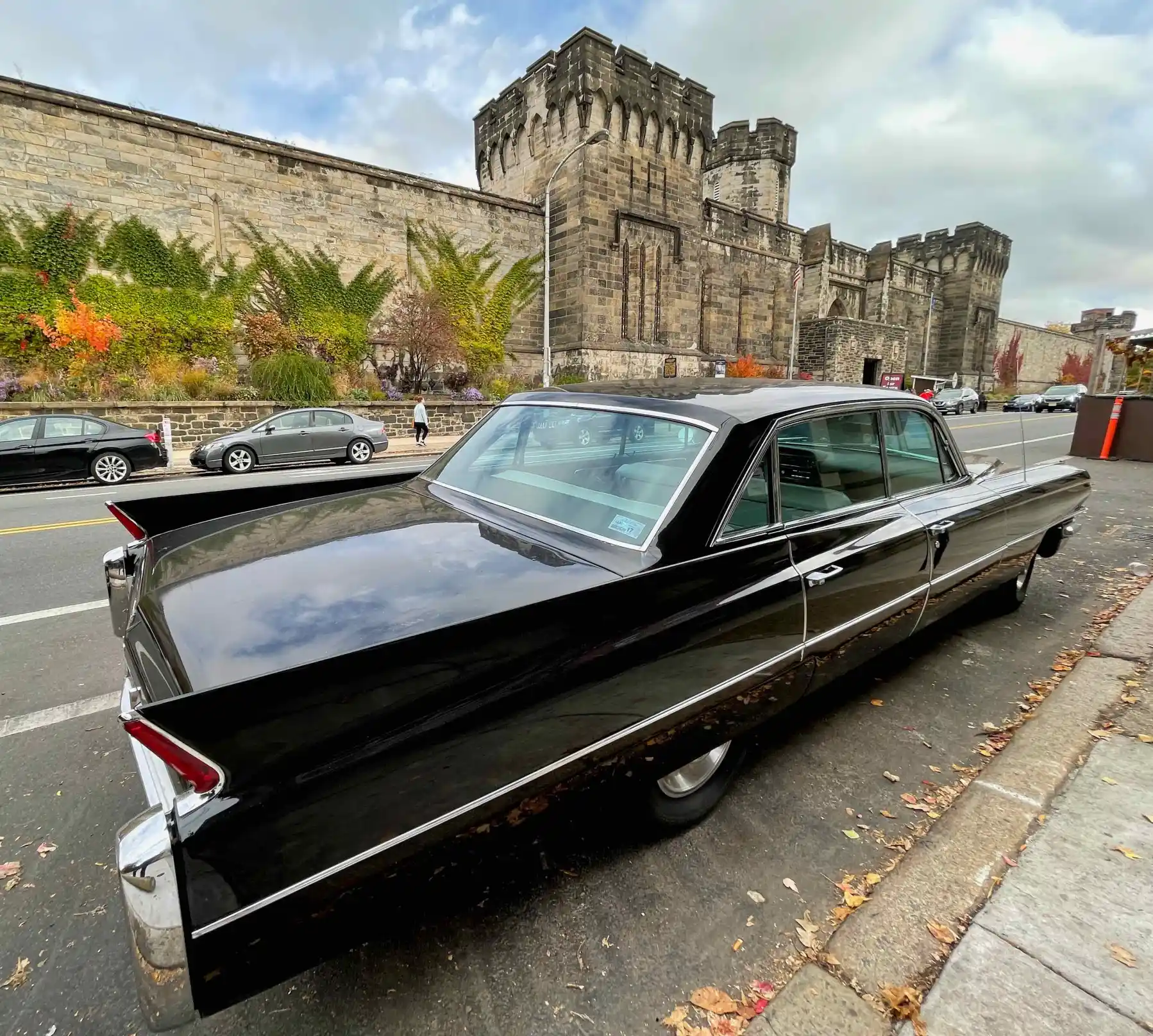
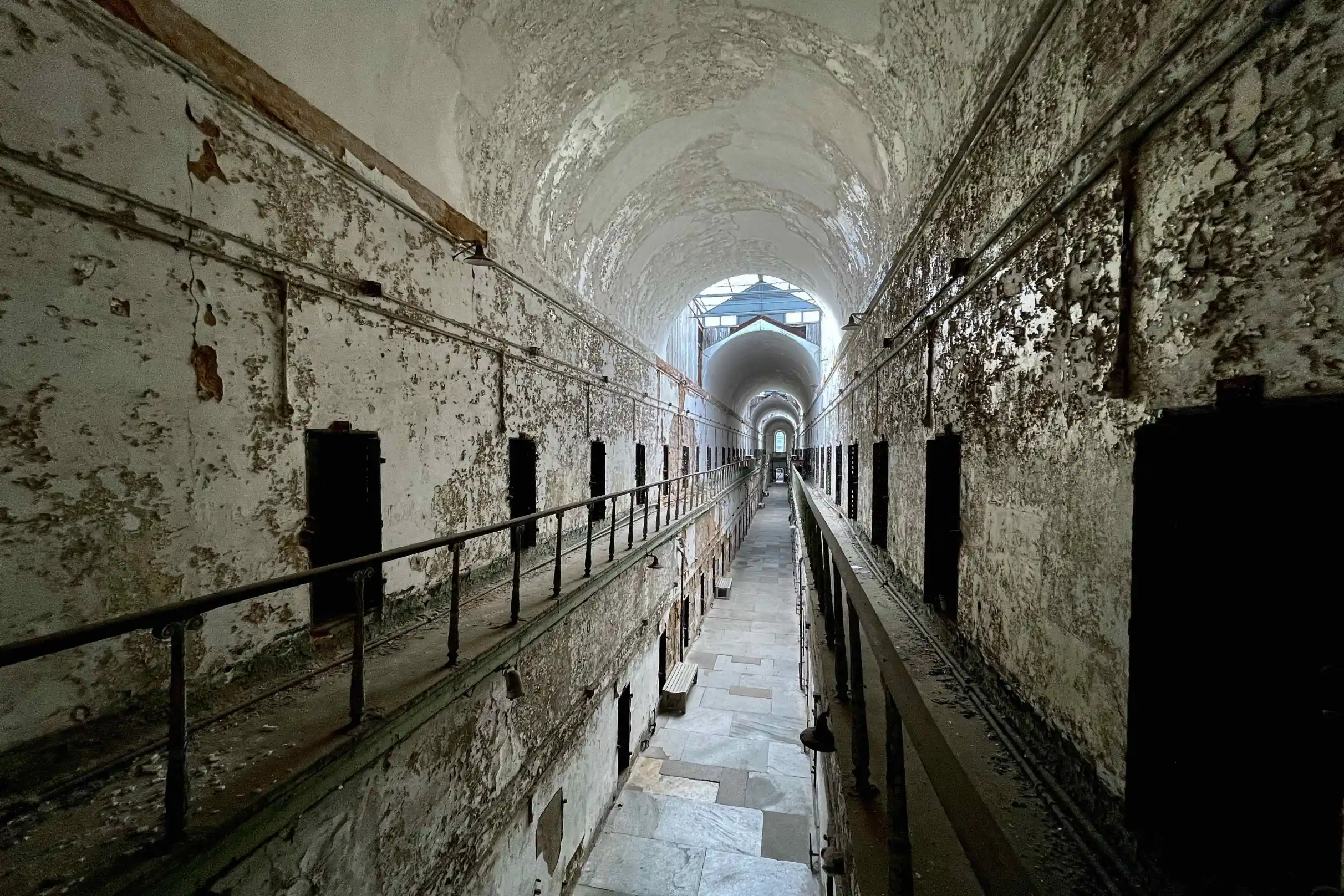
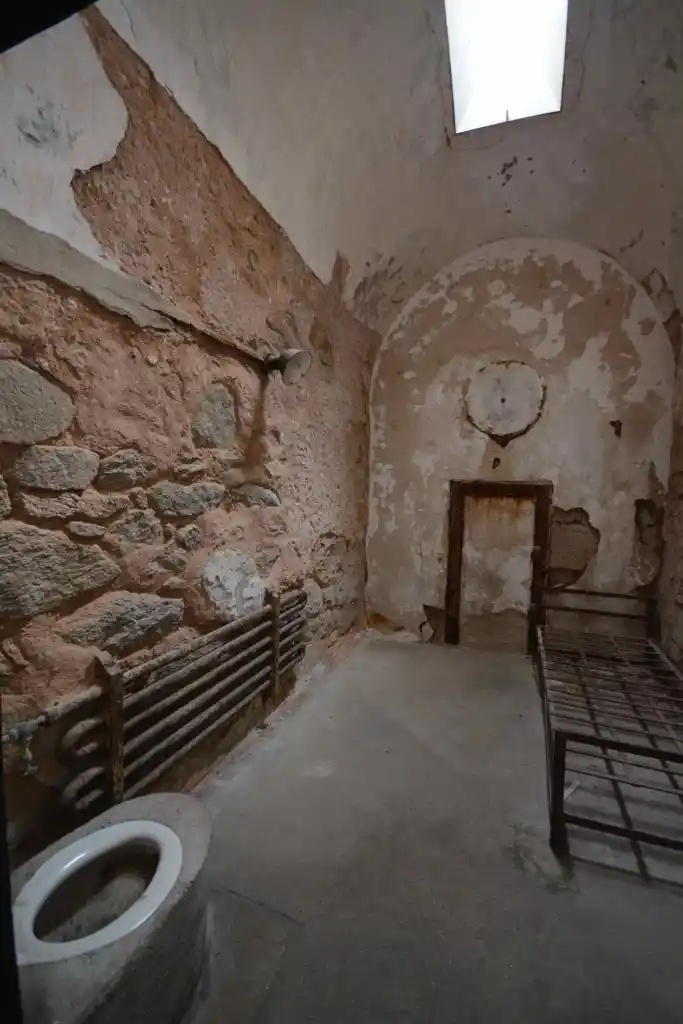
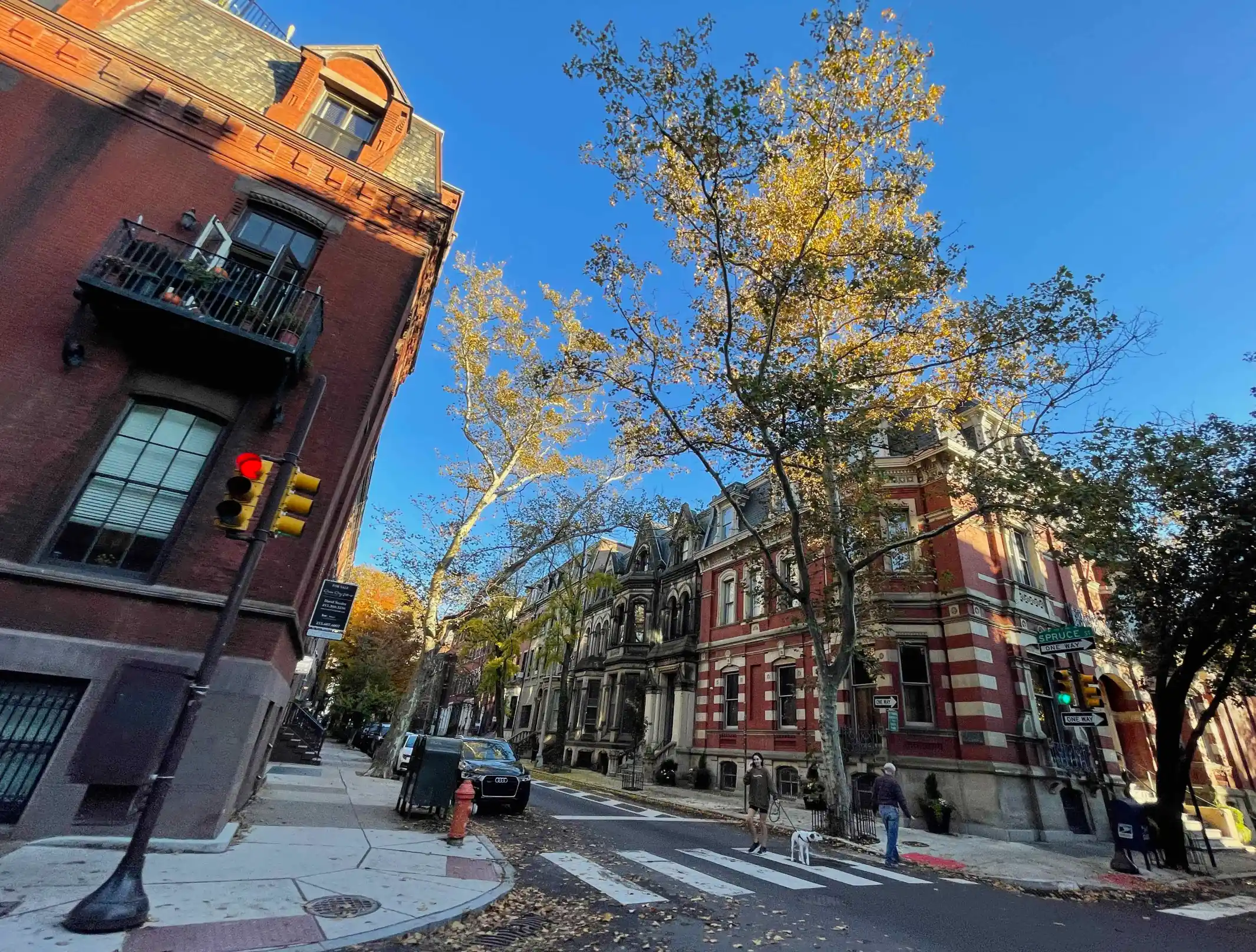
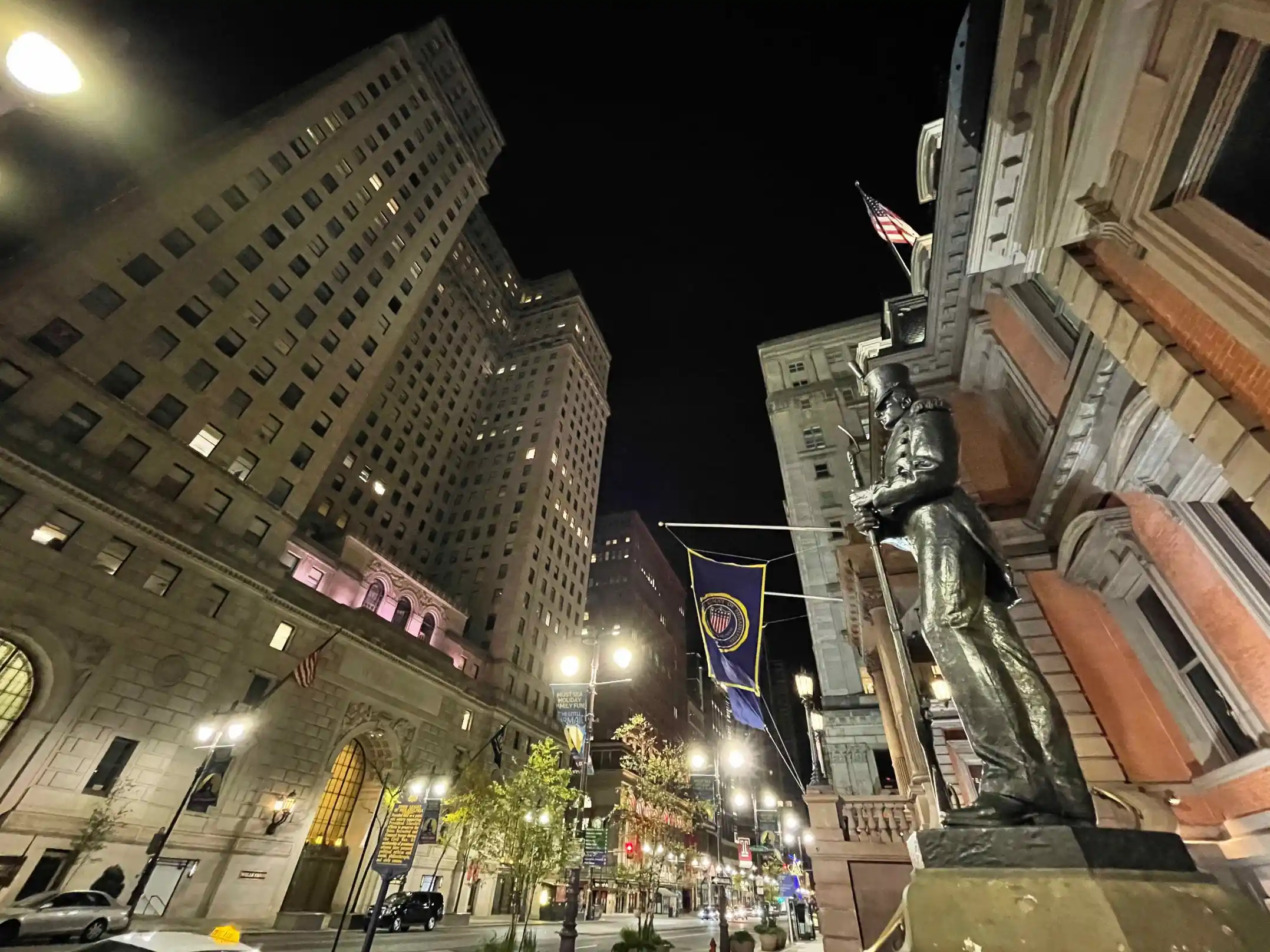
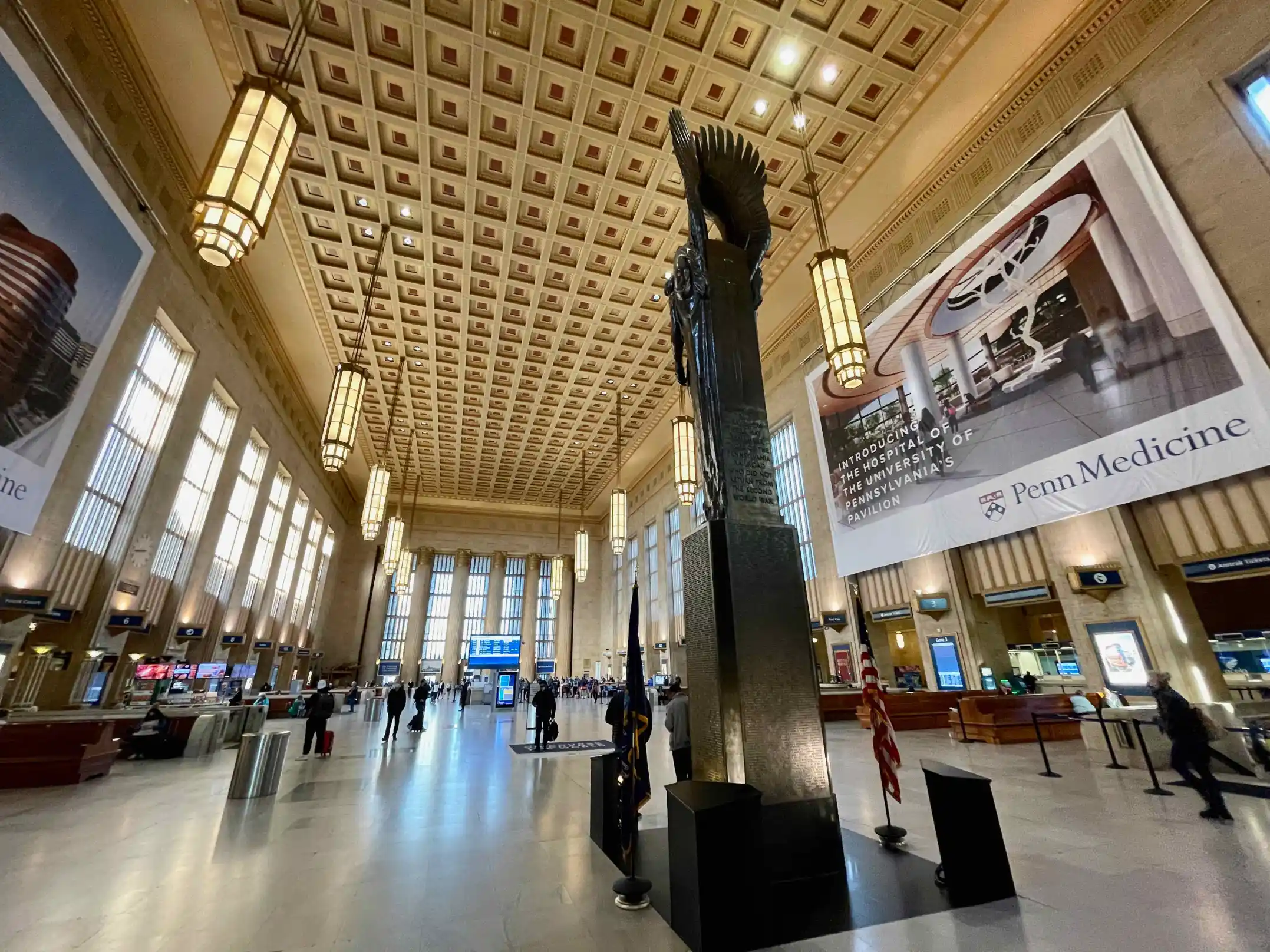
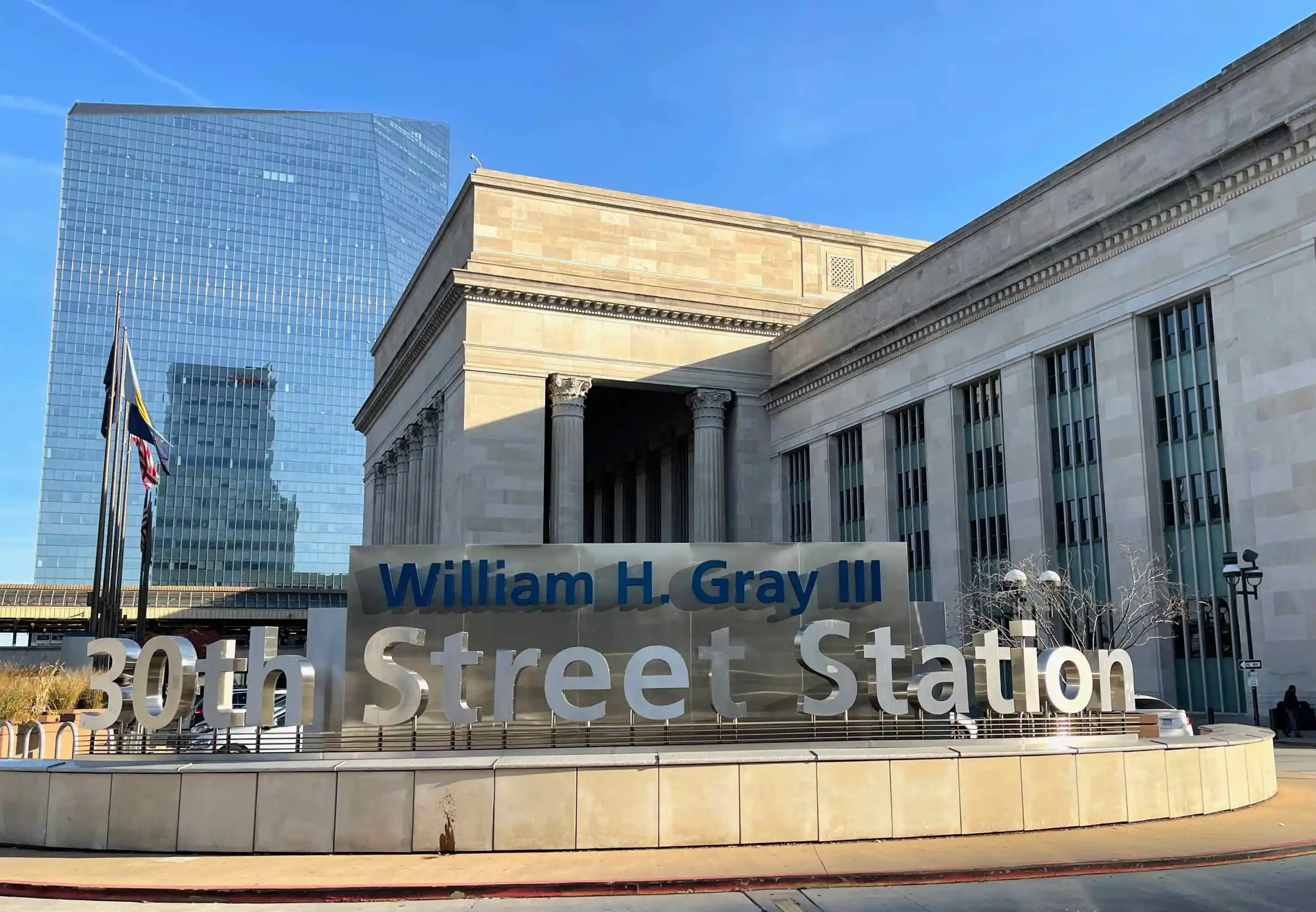
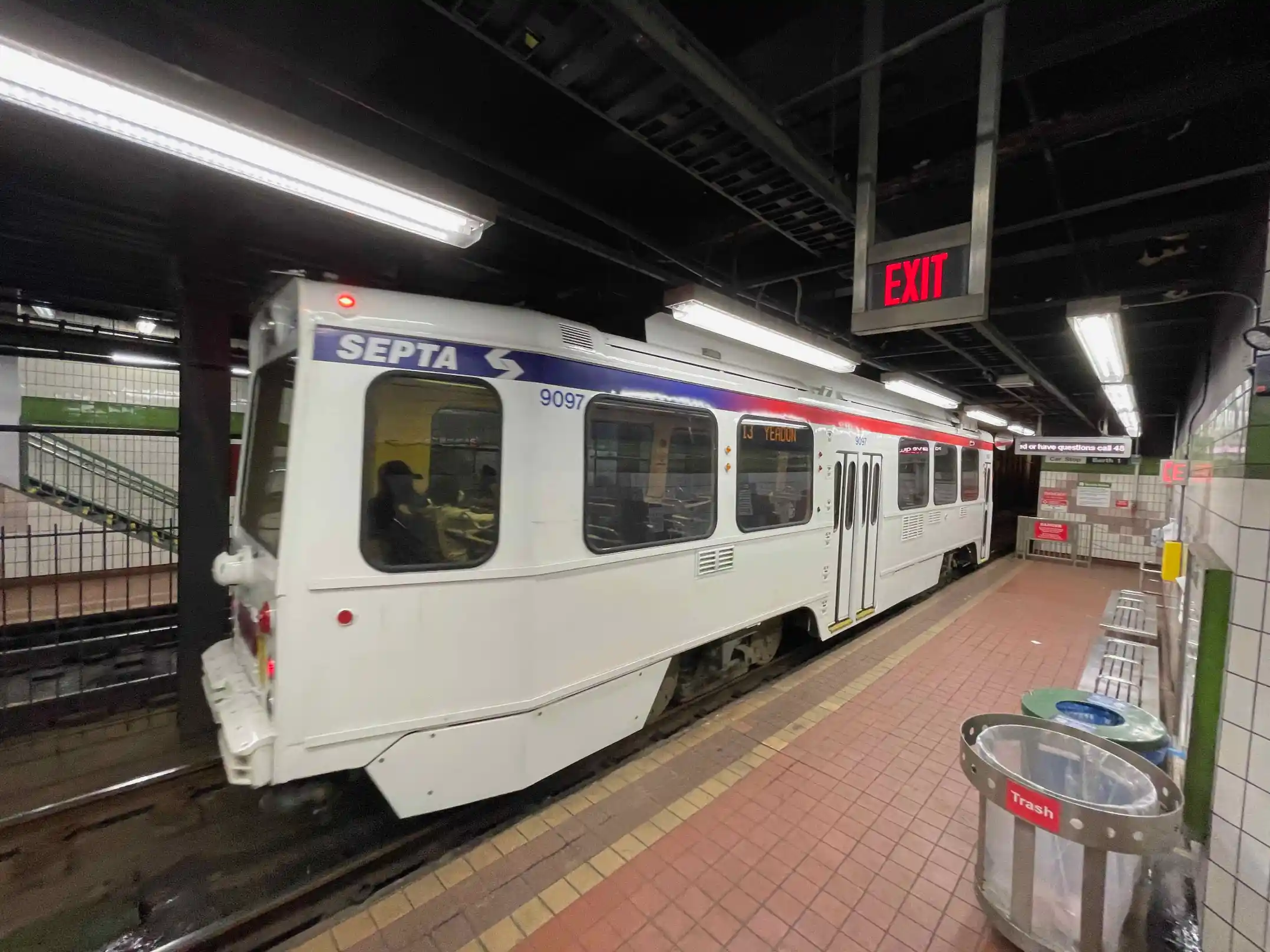
Comments